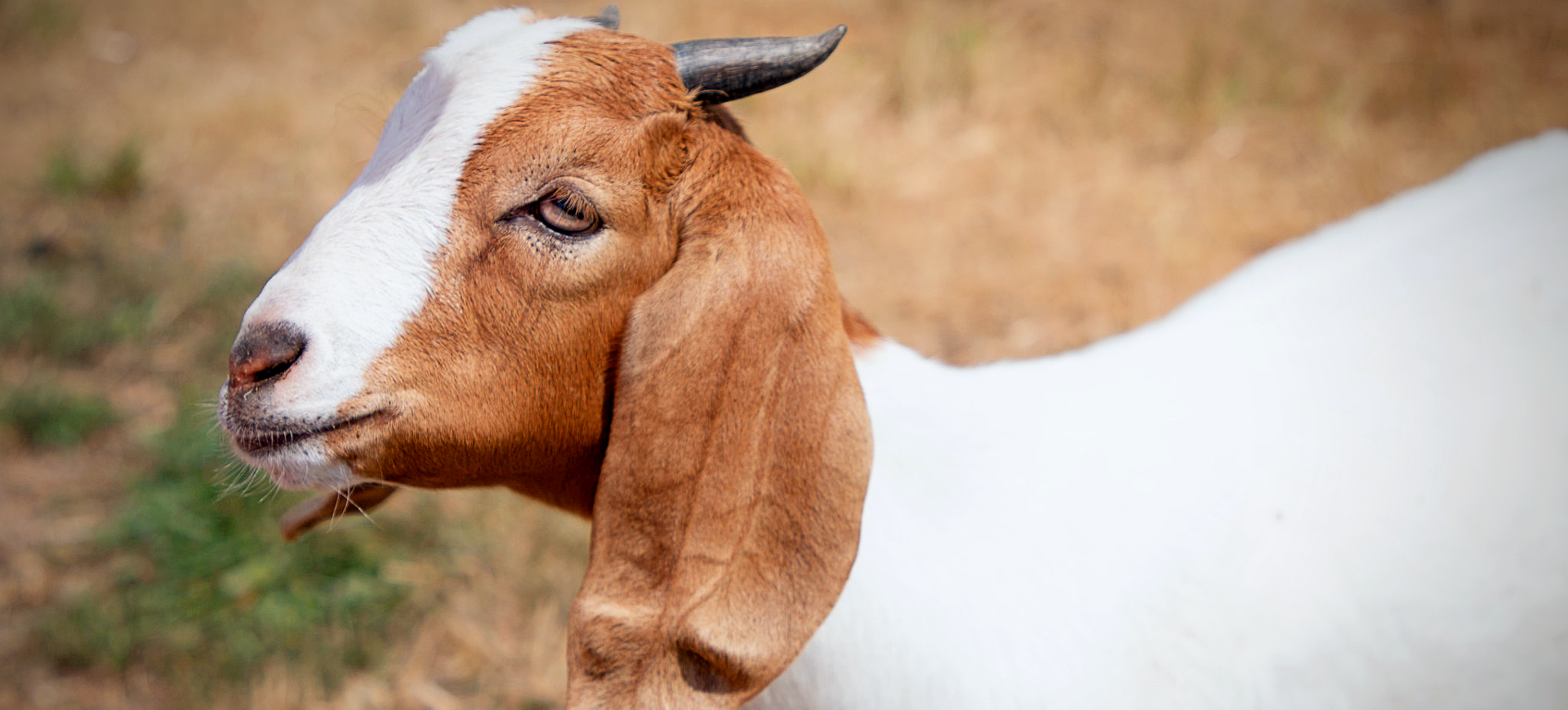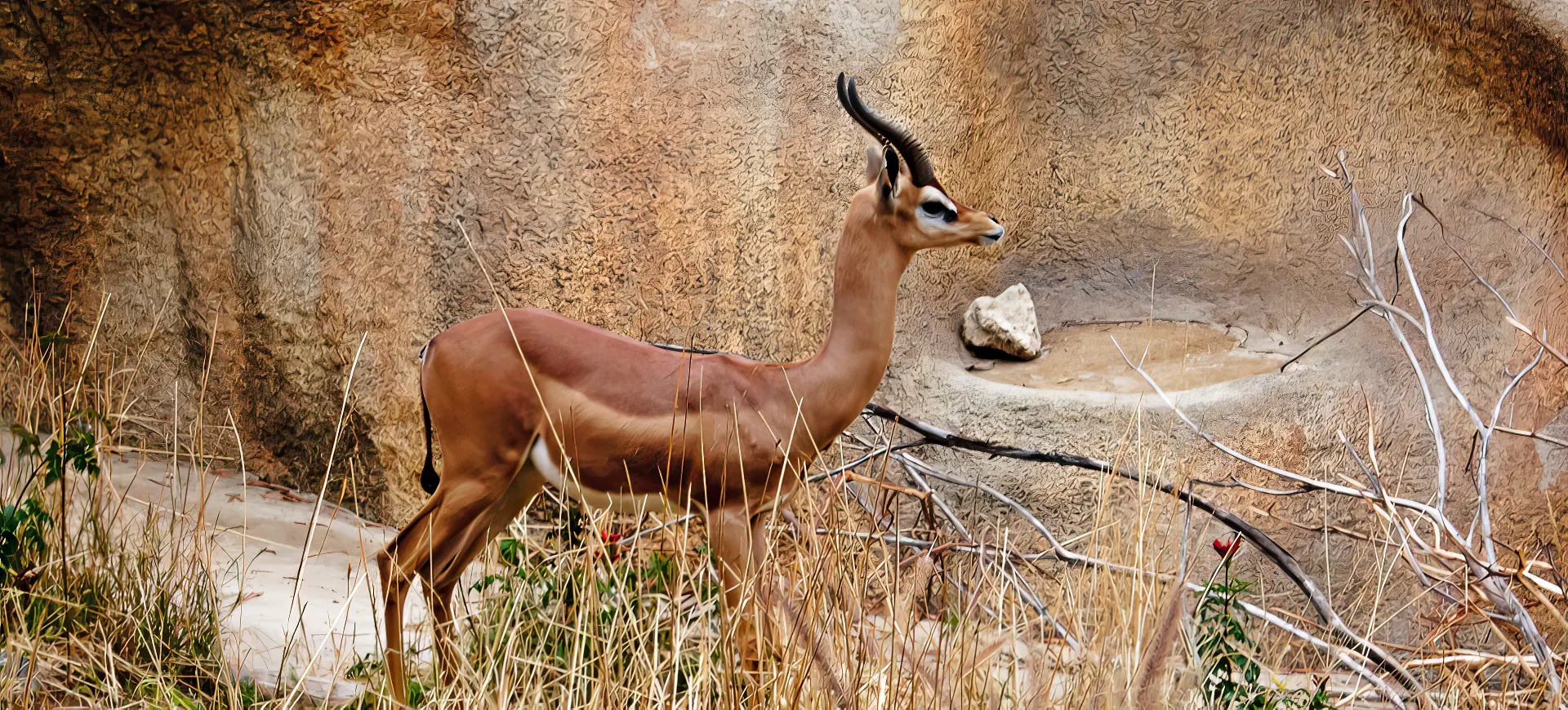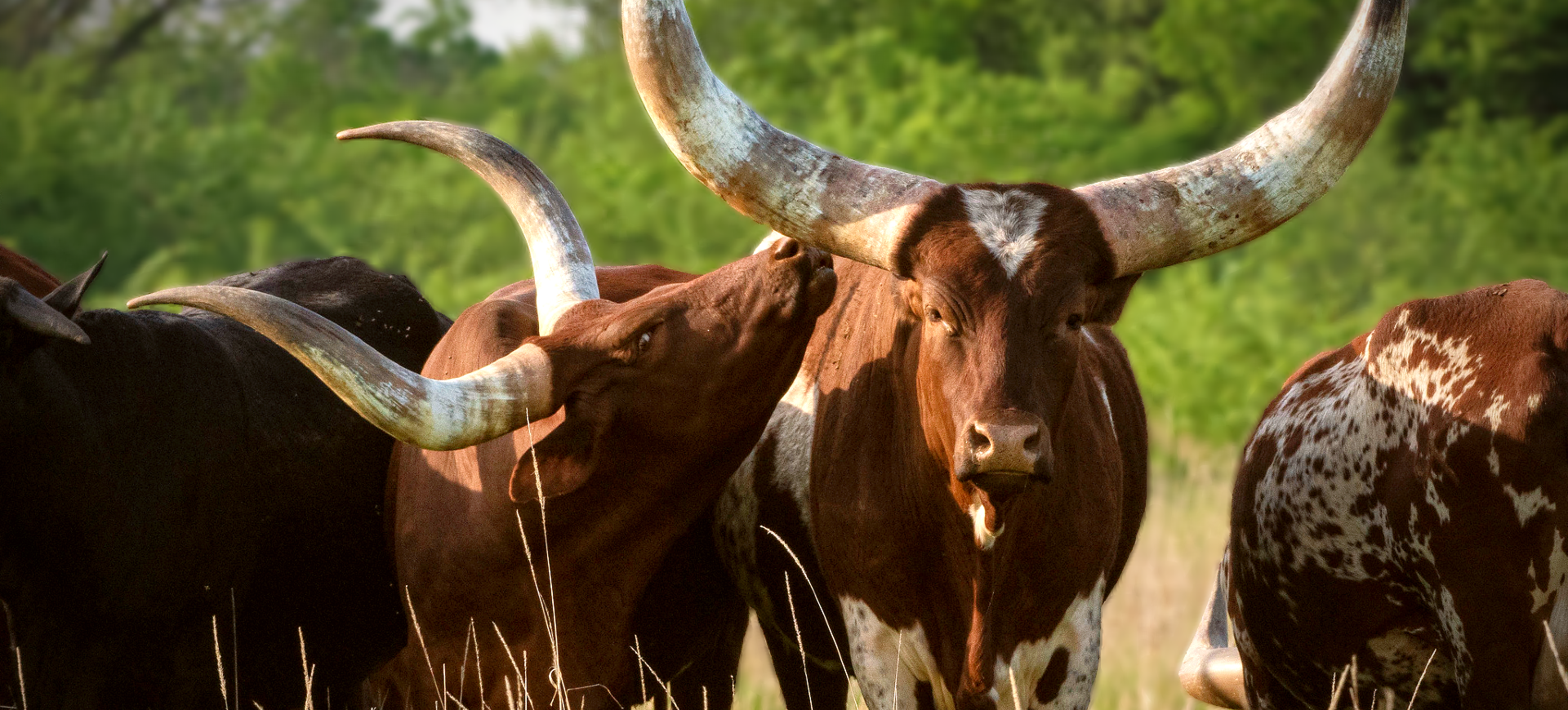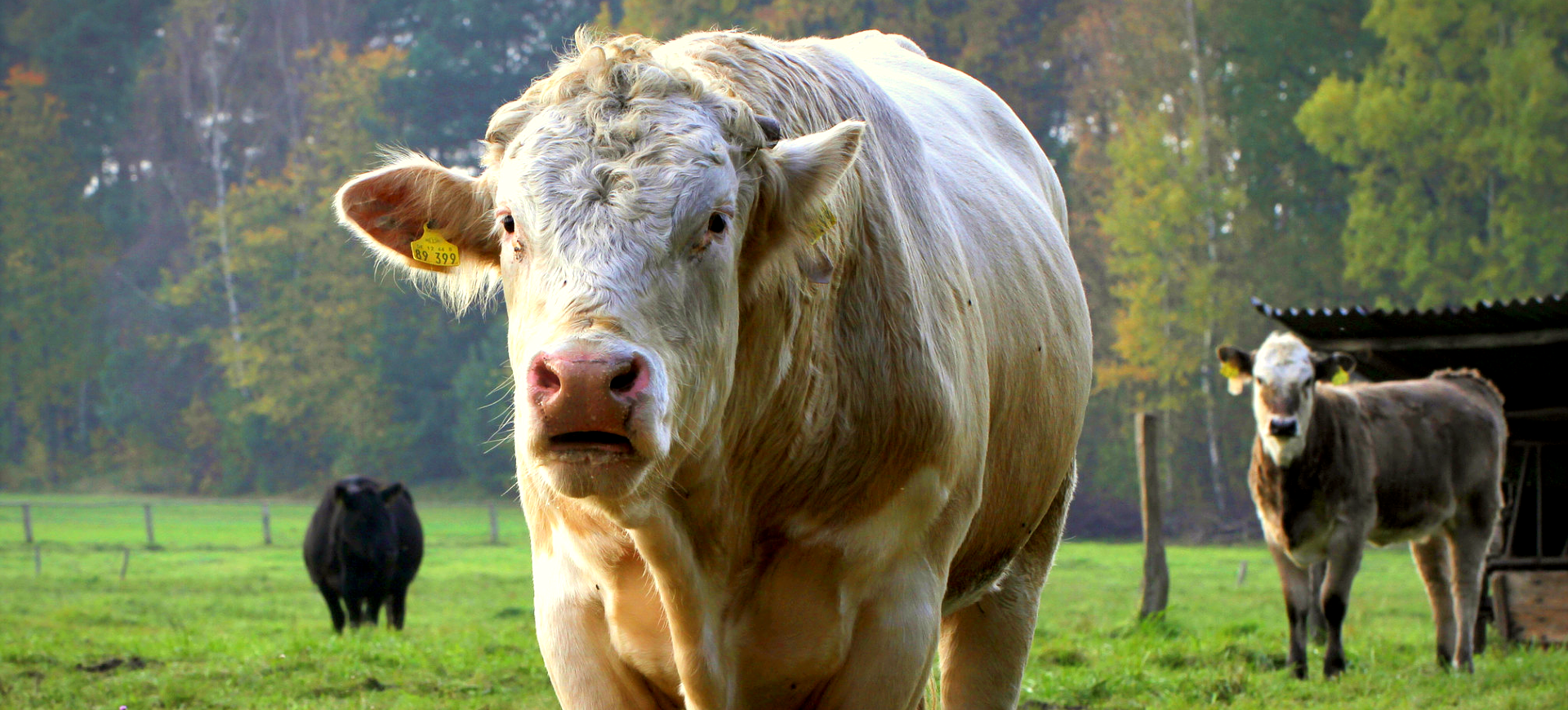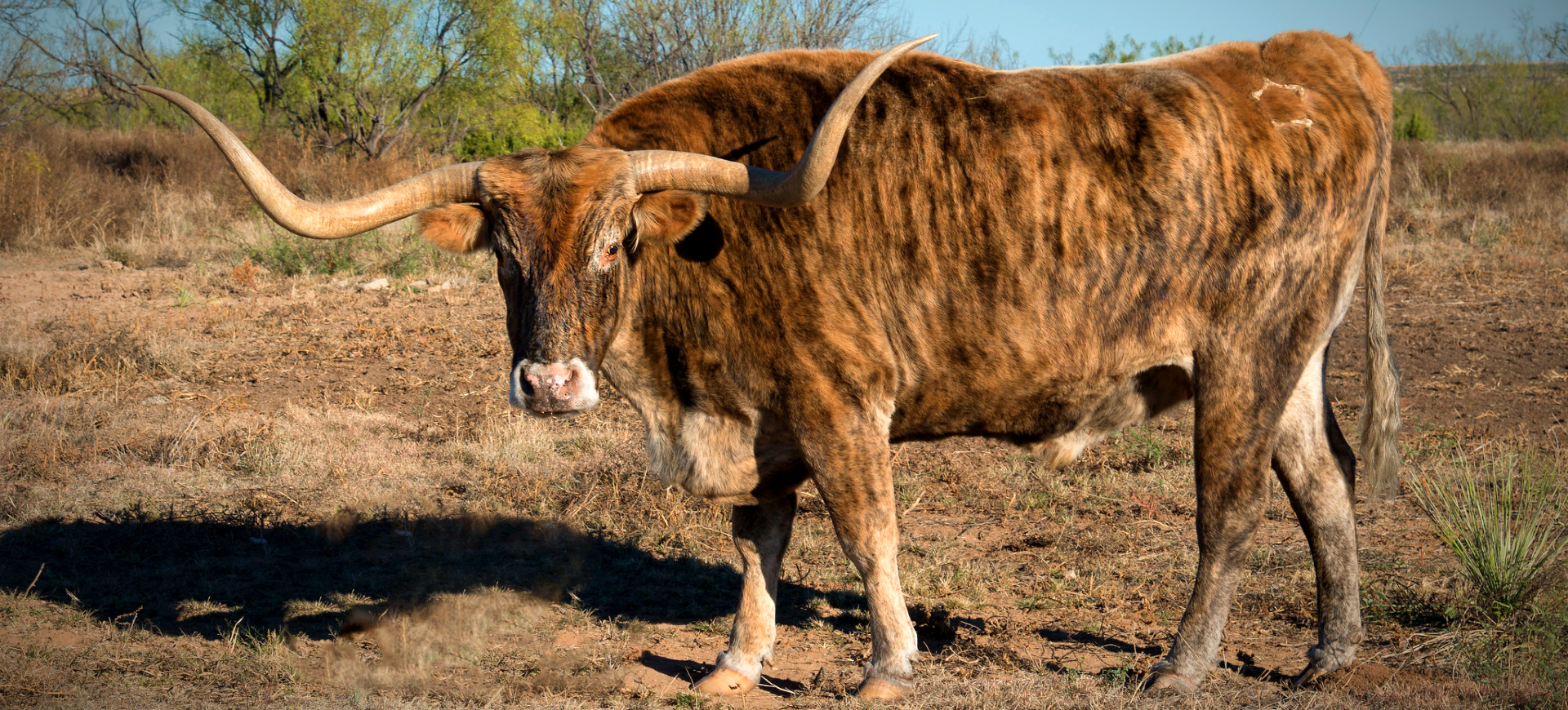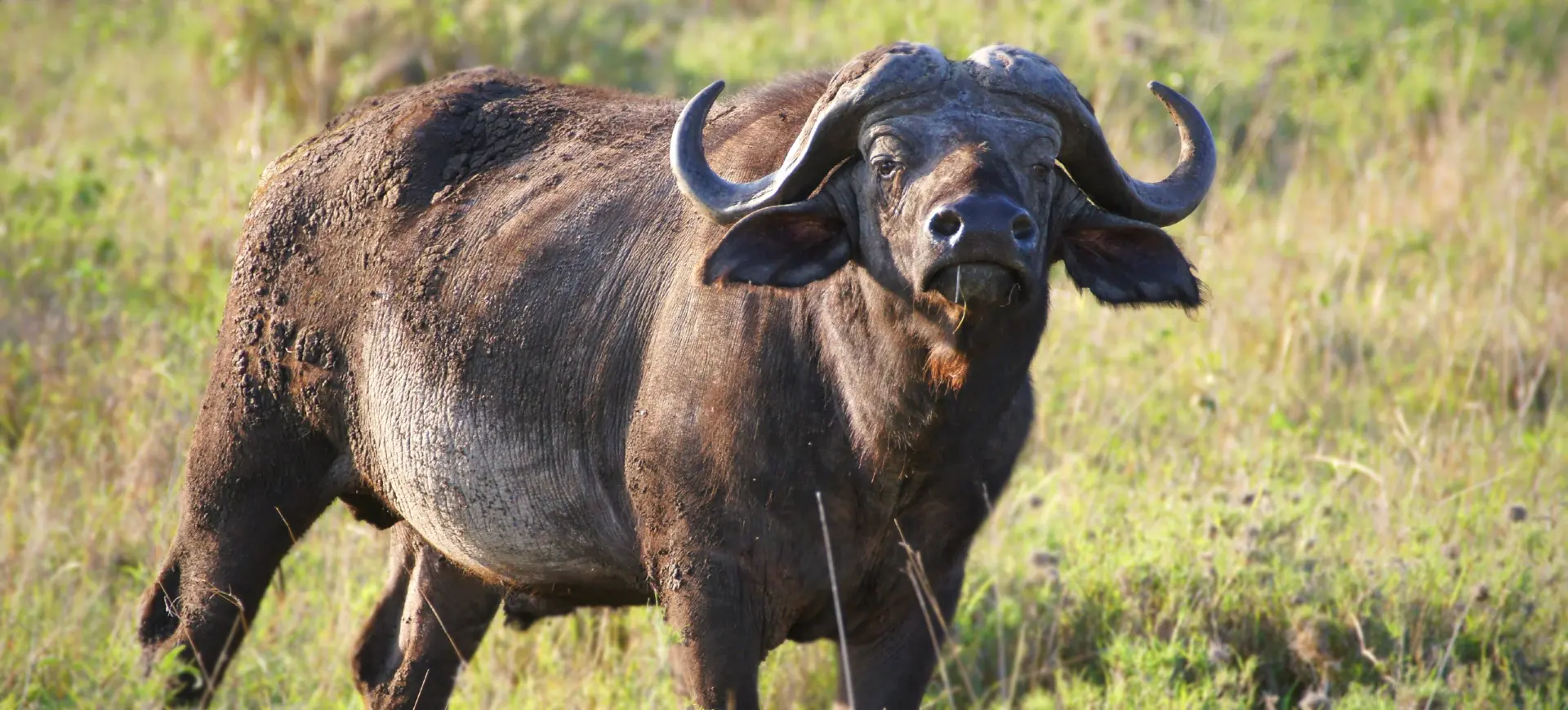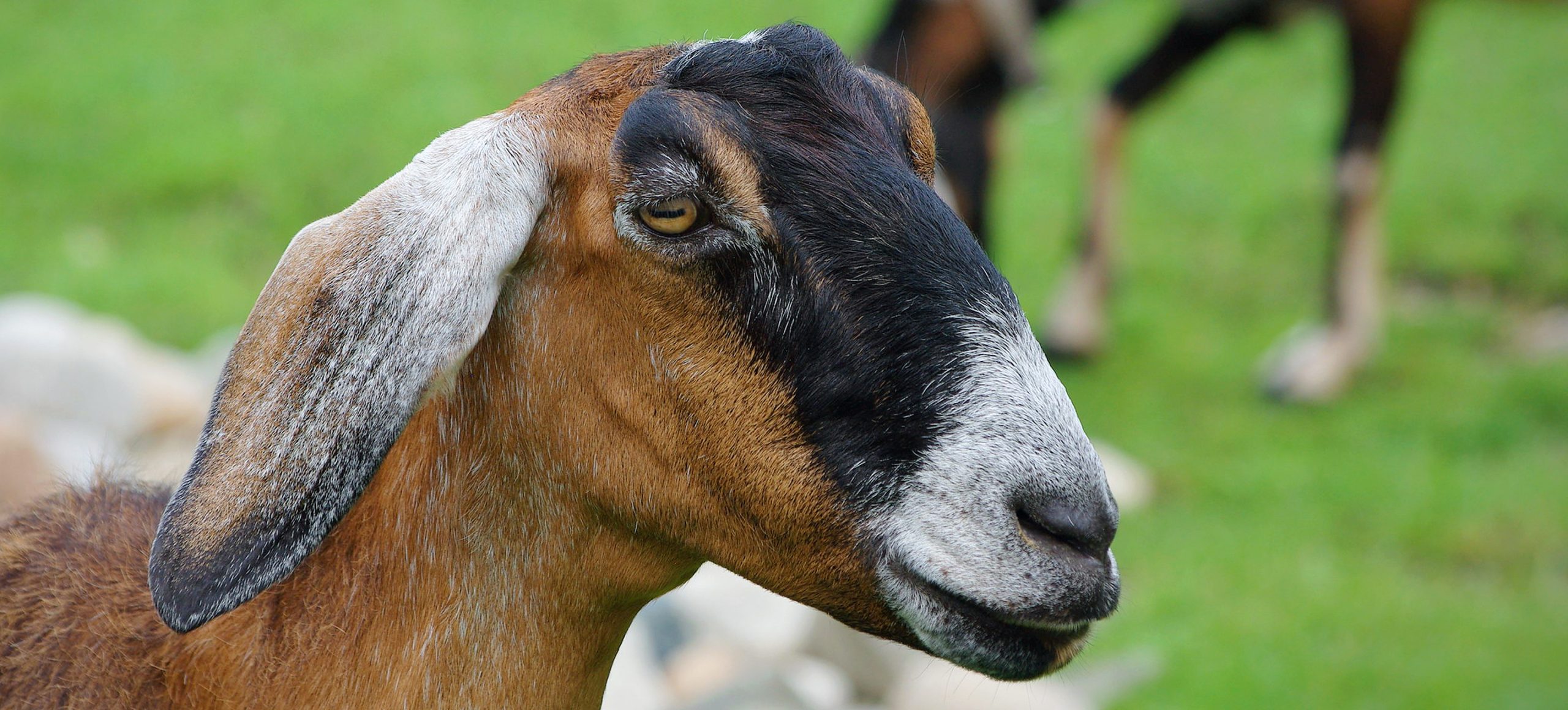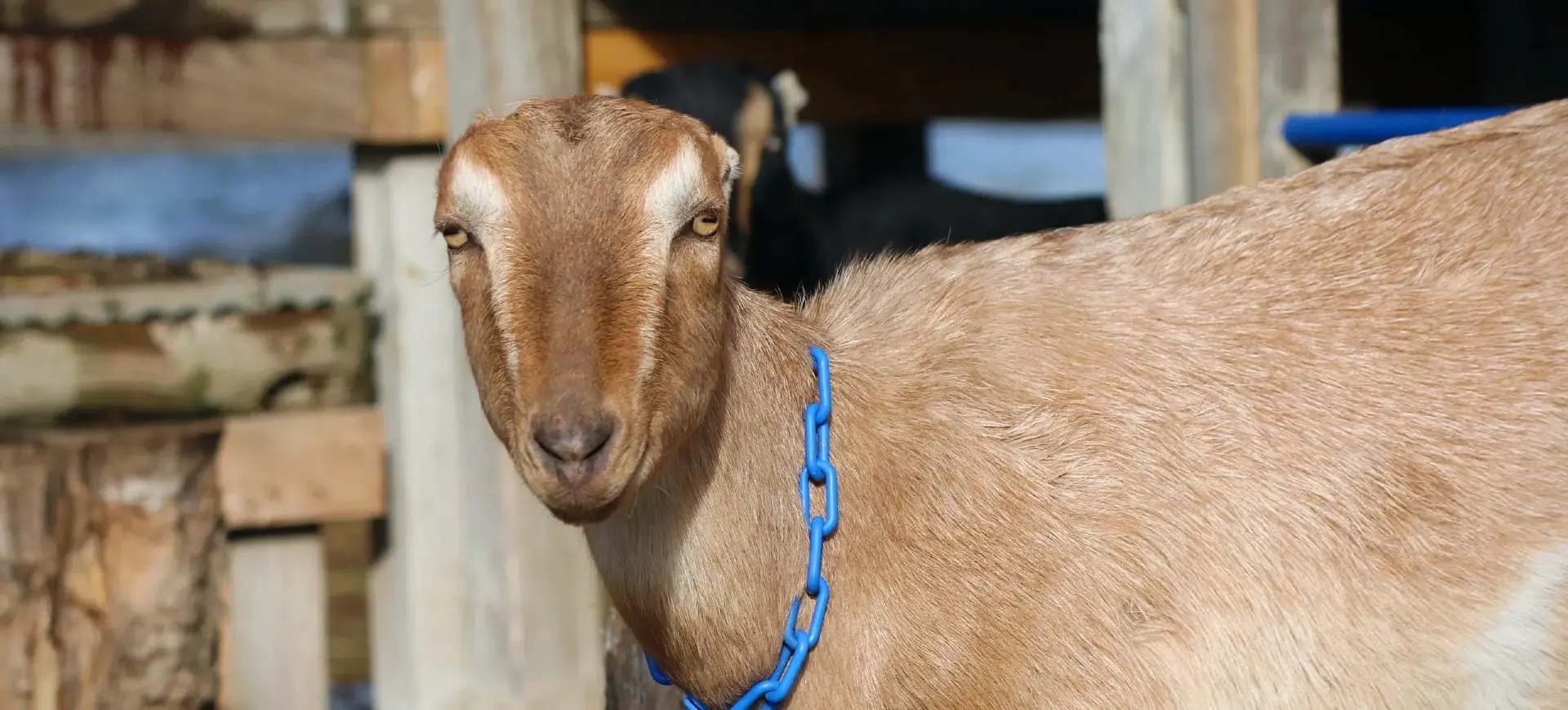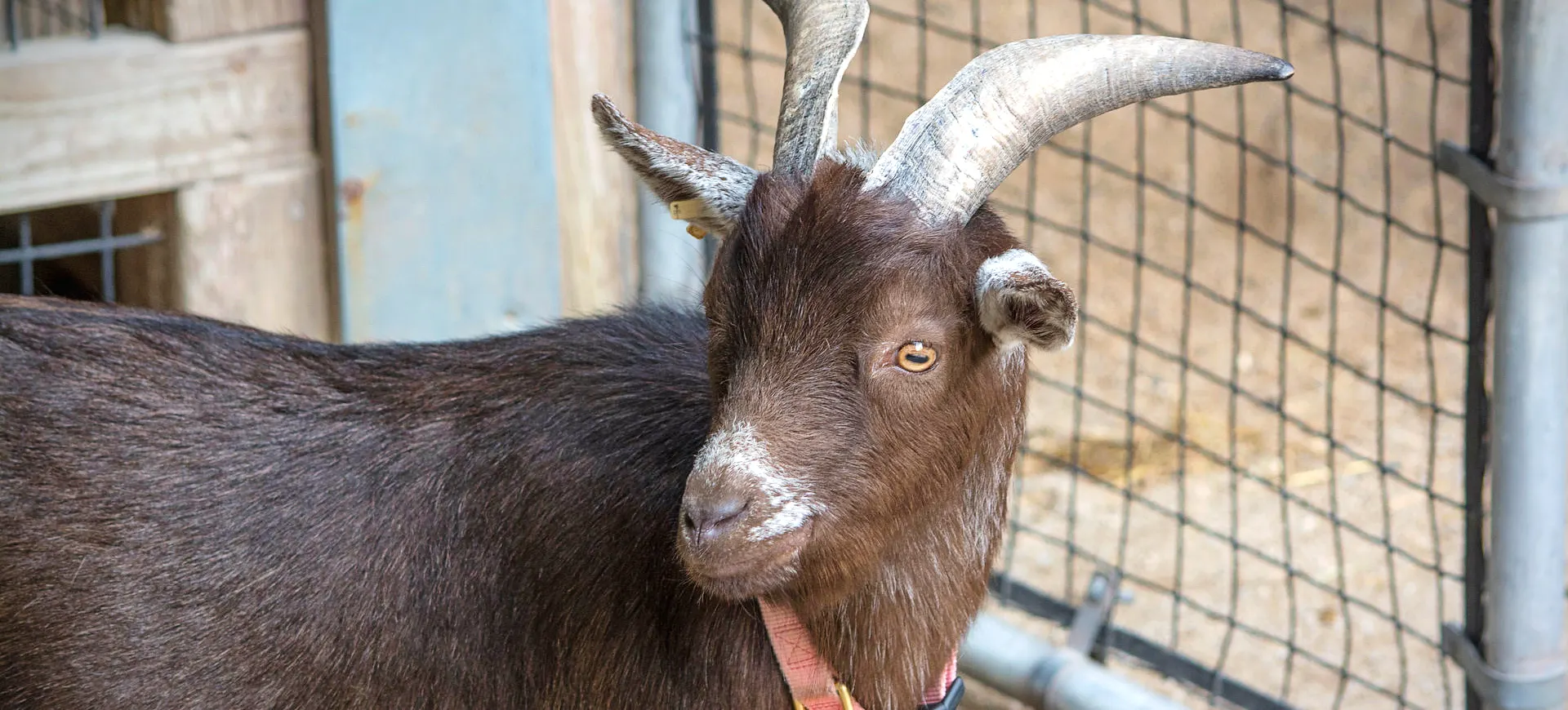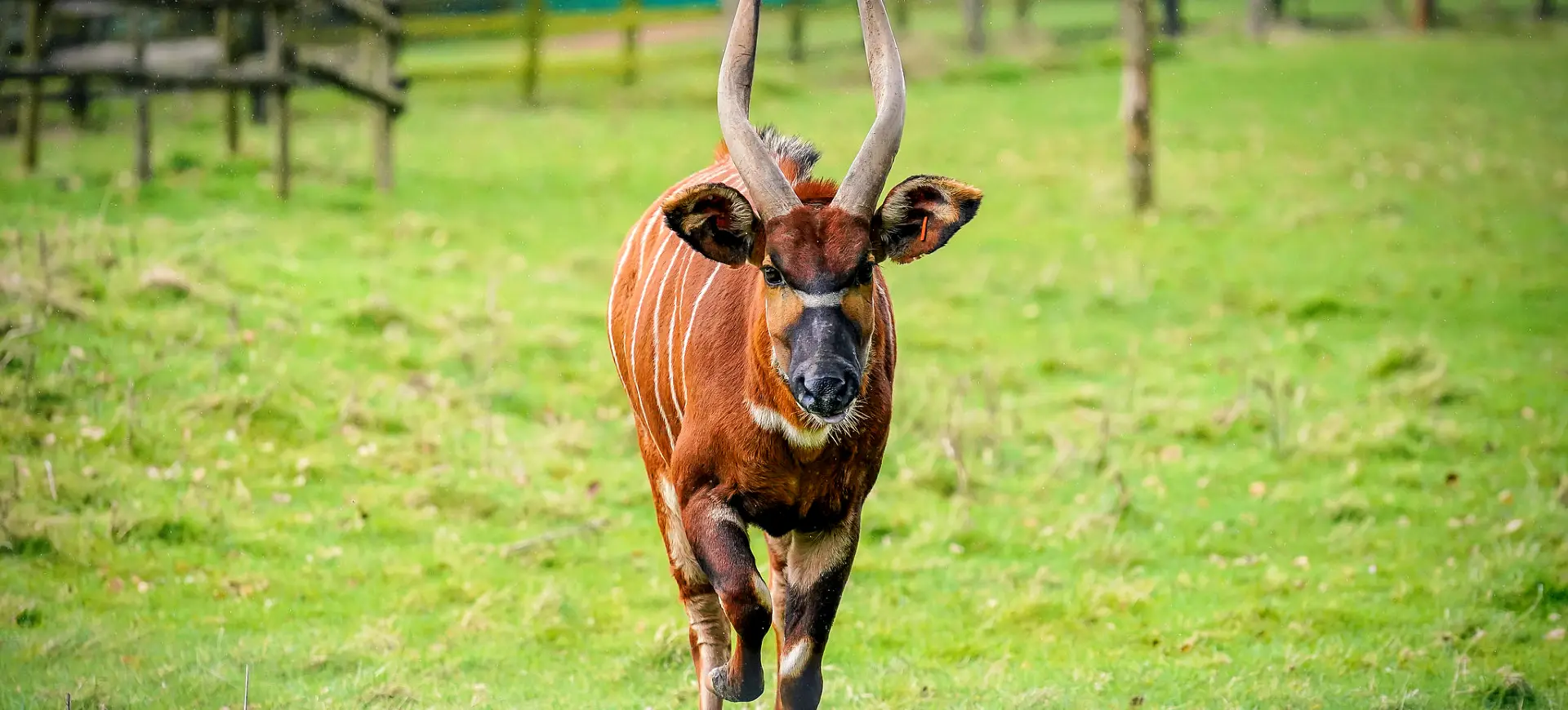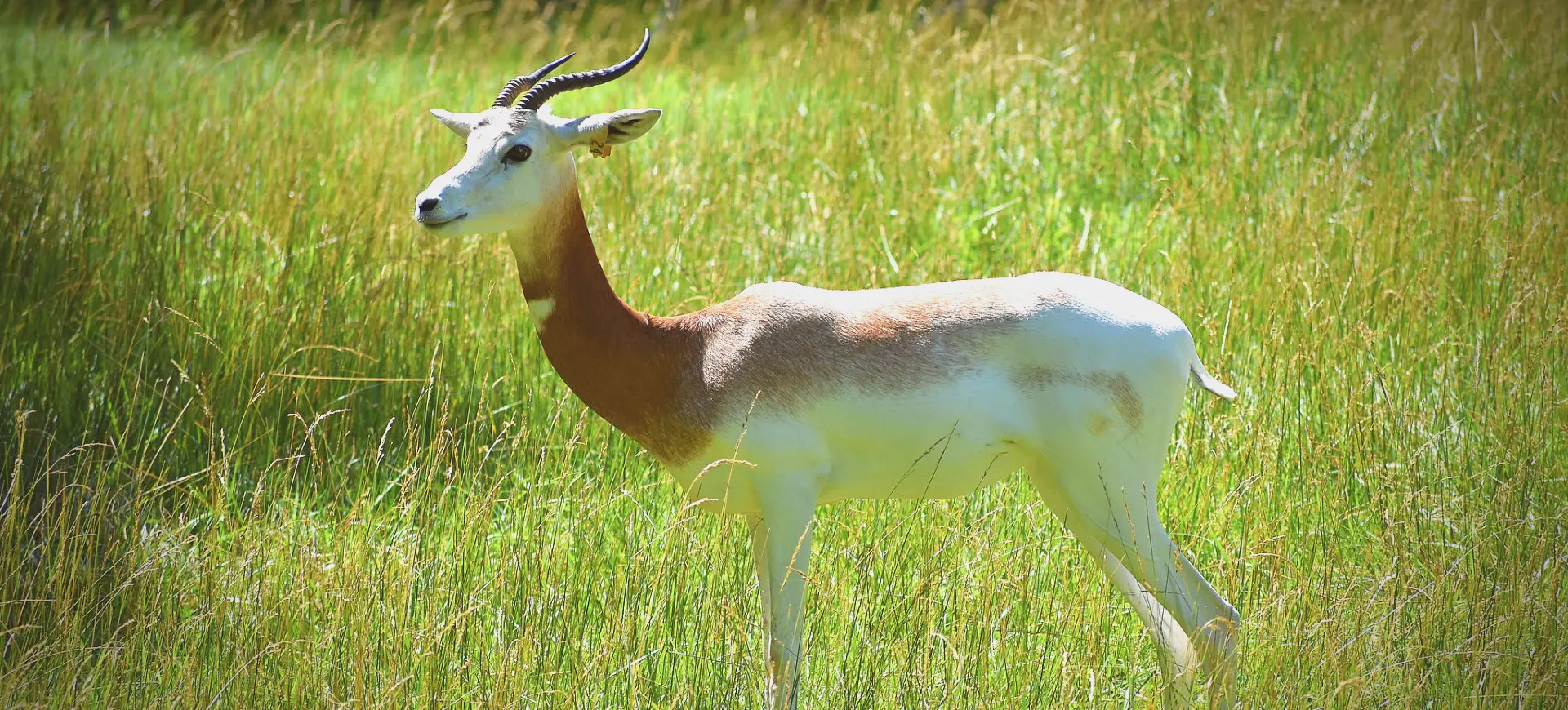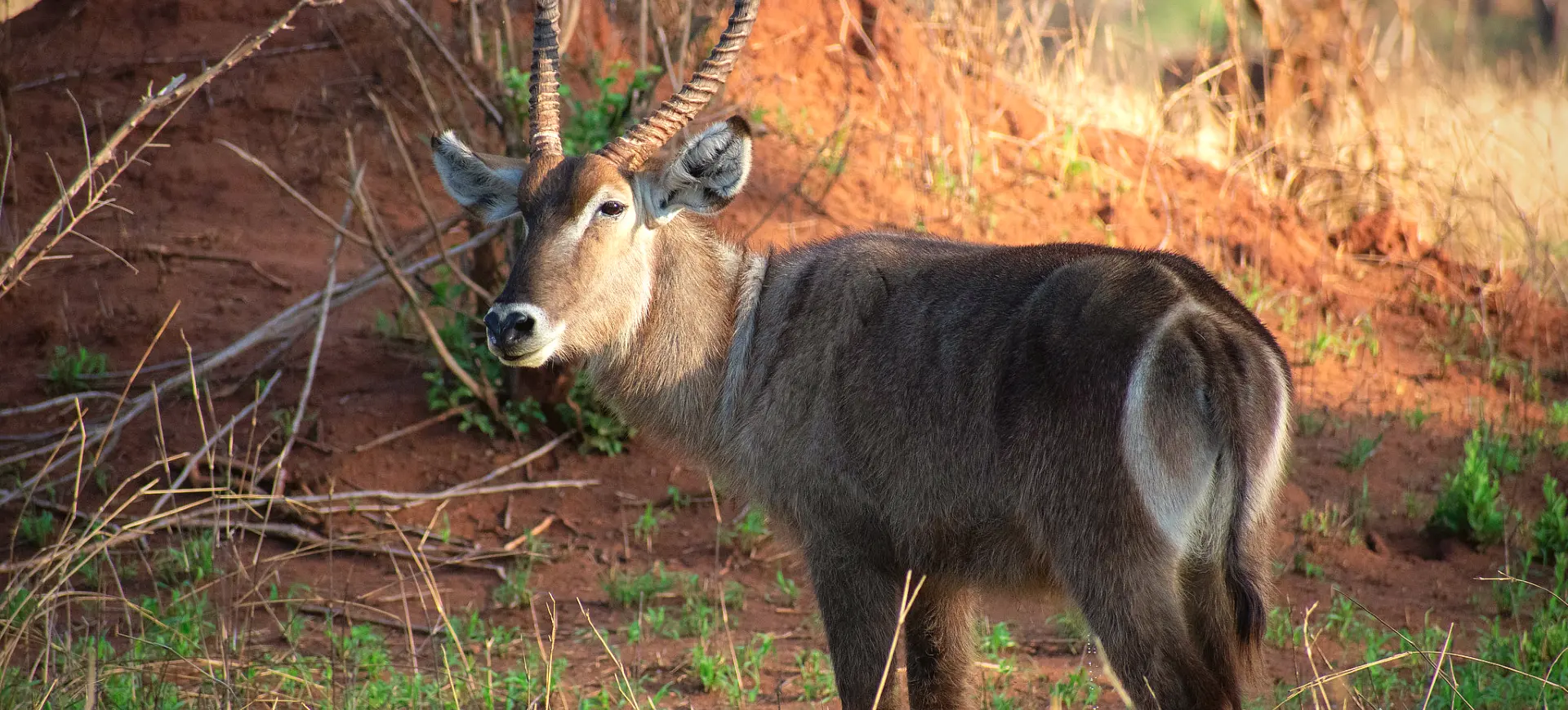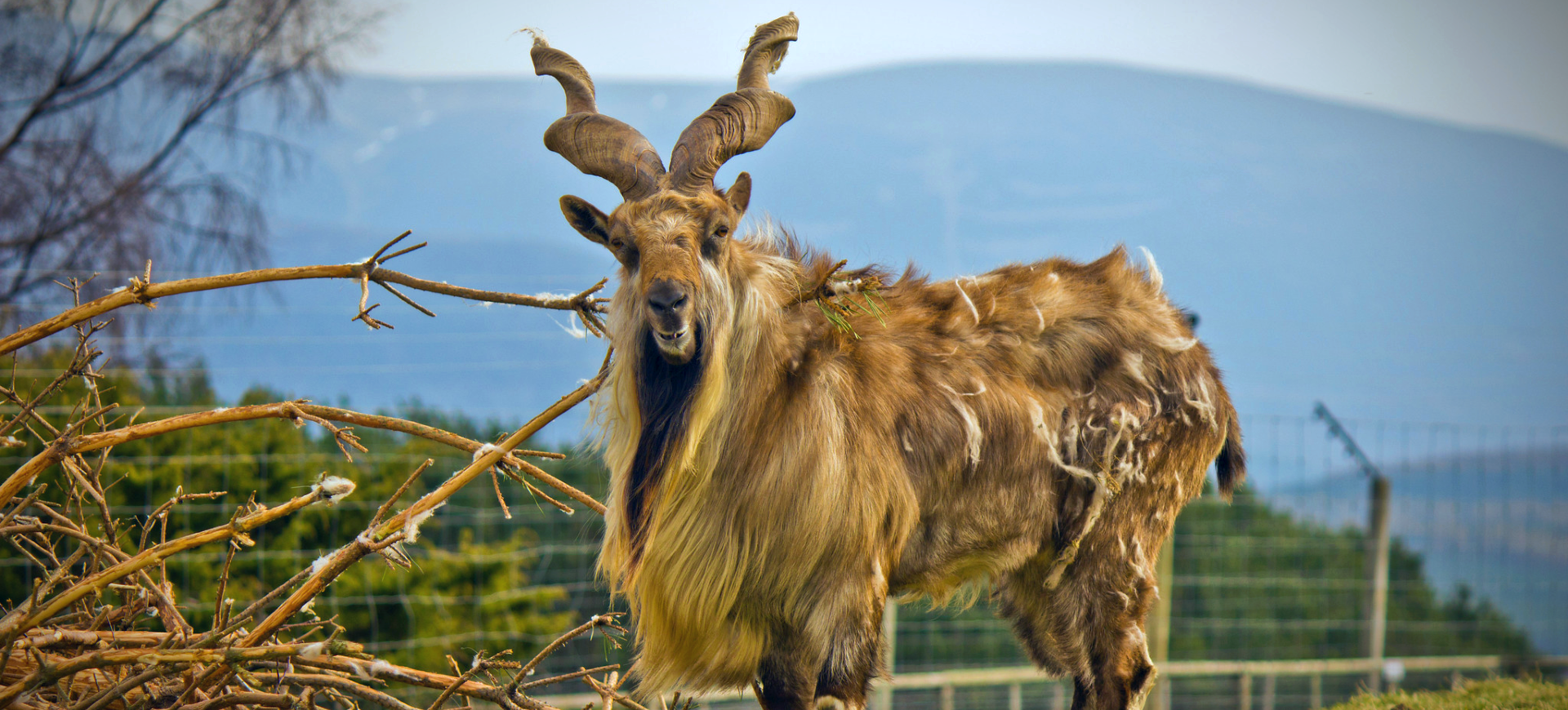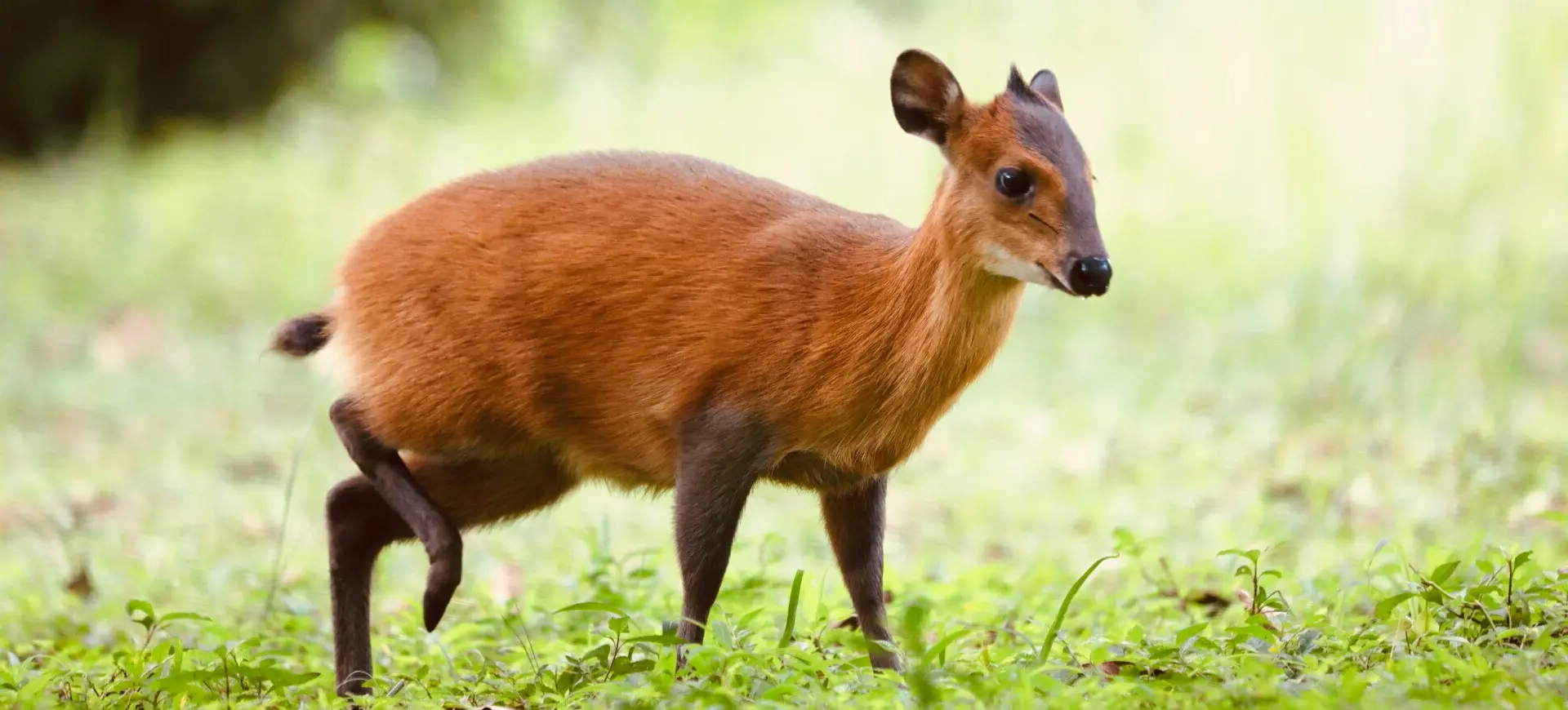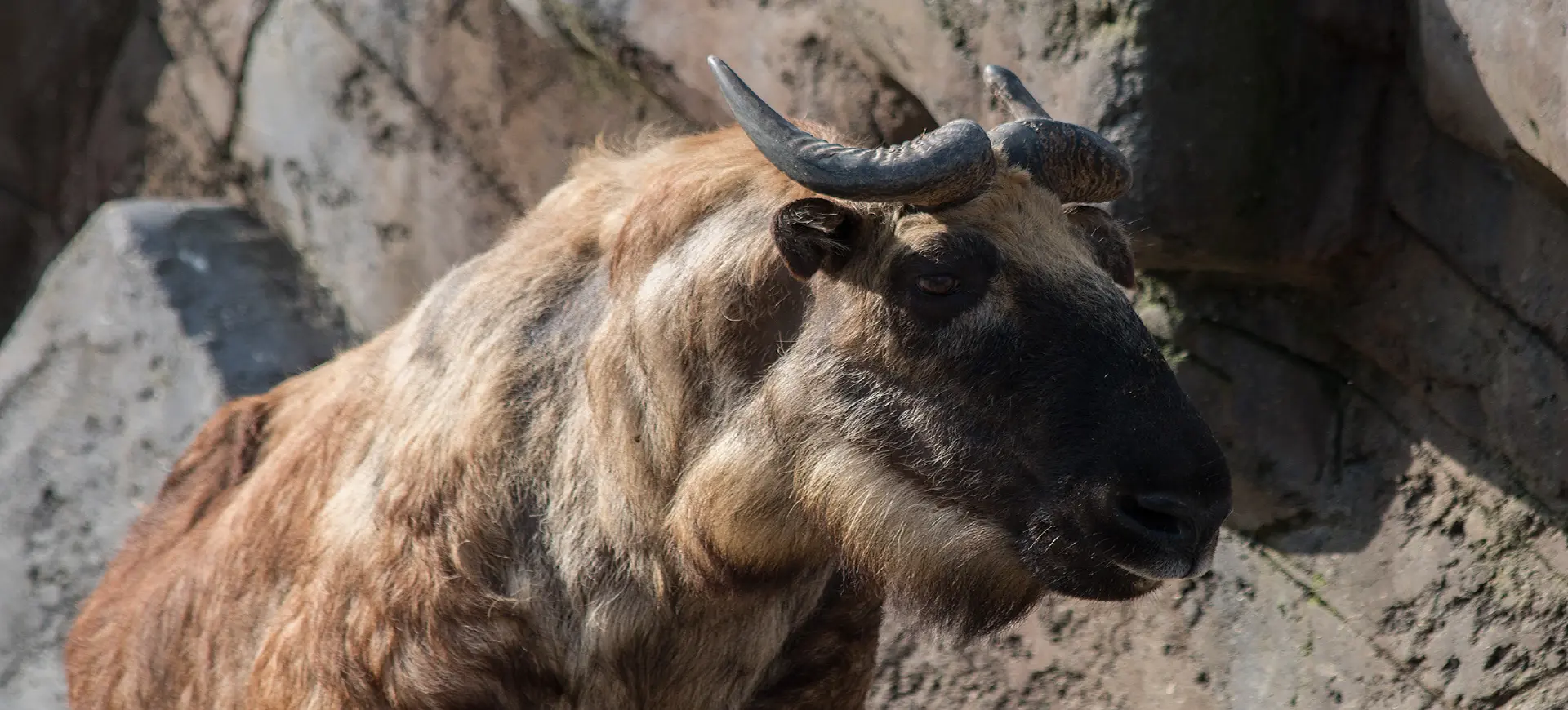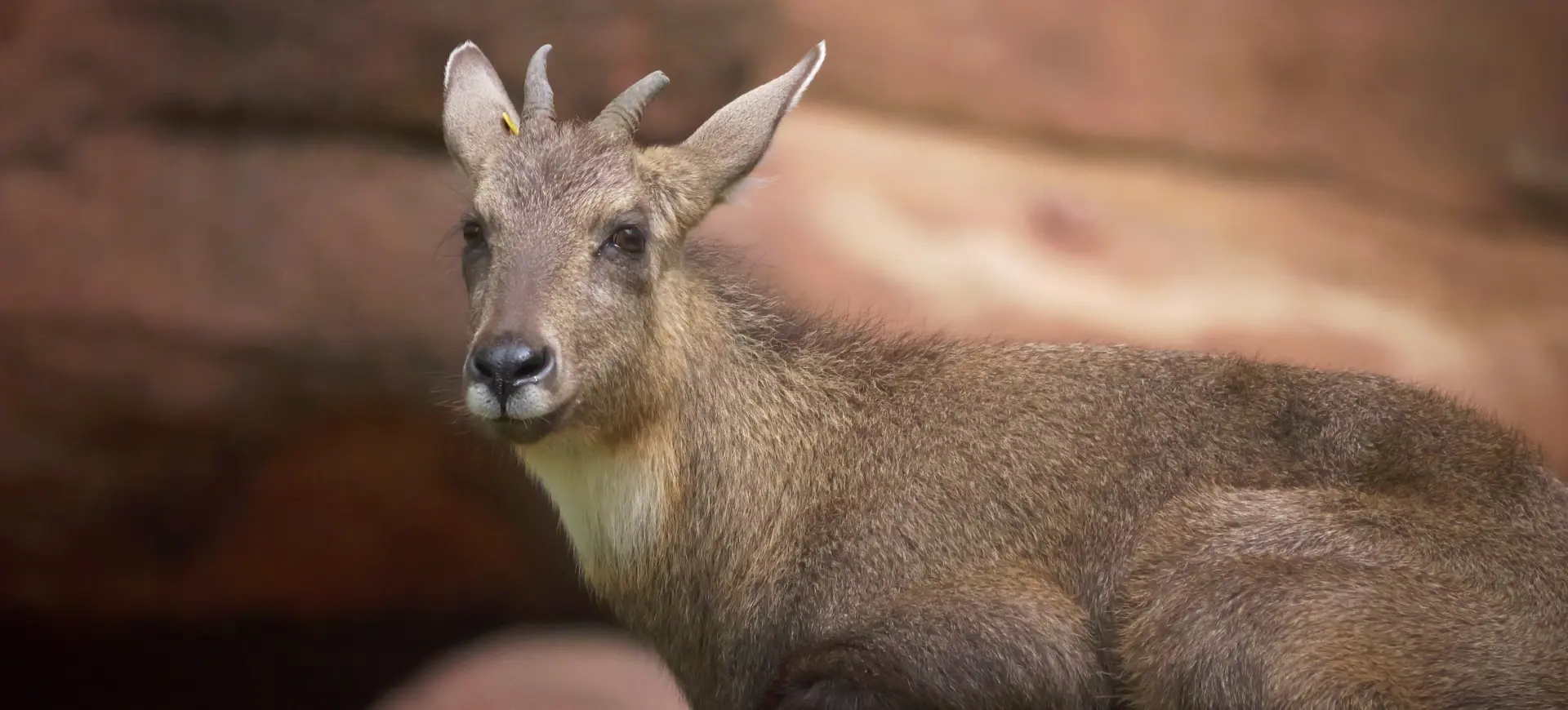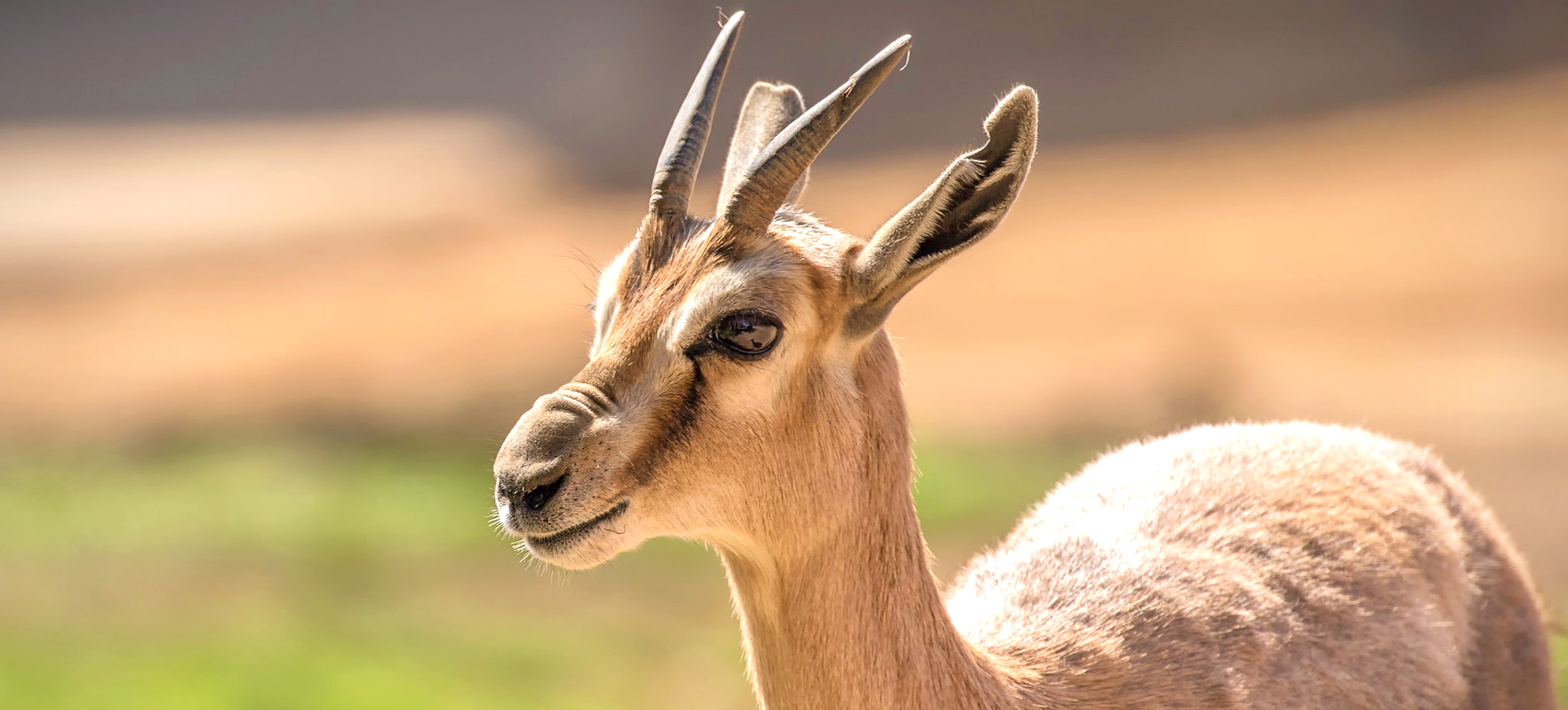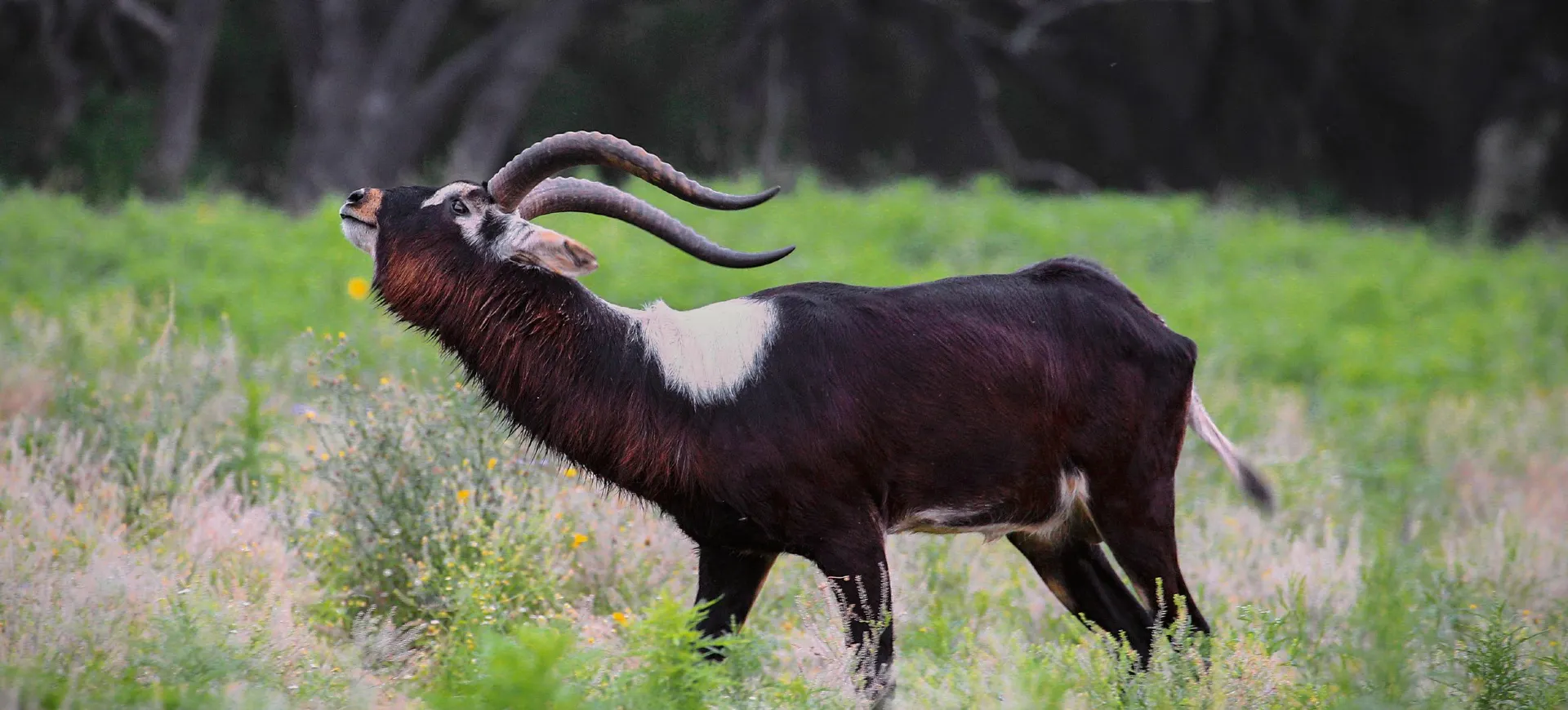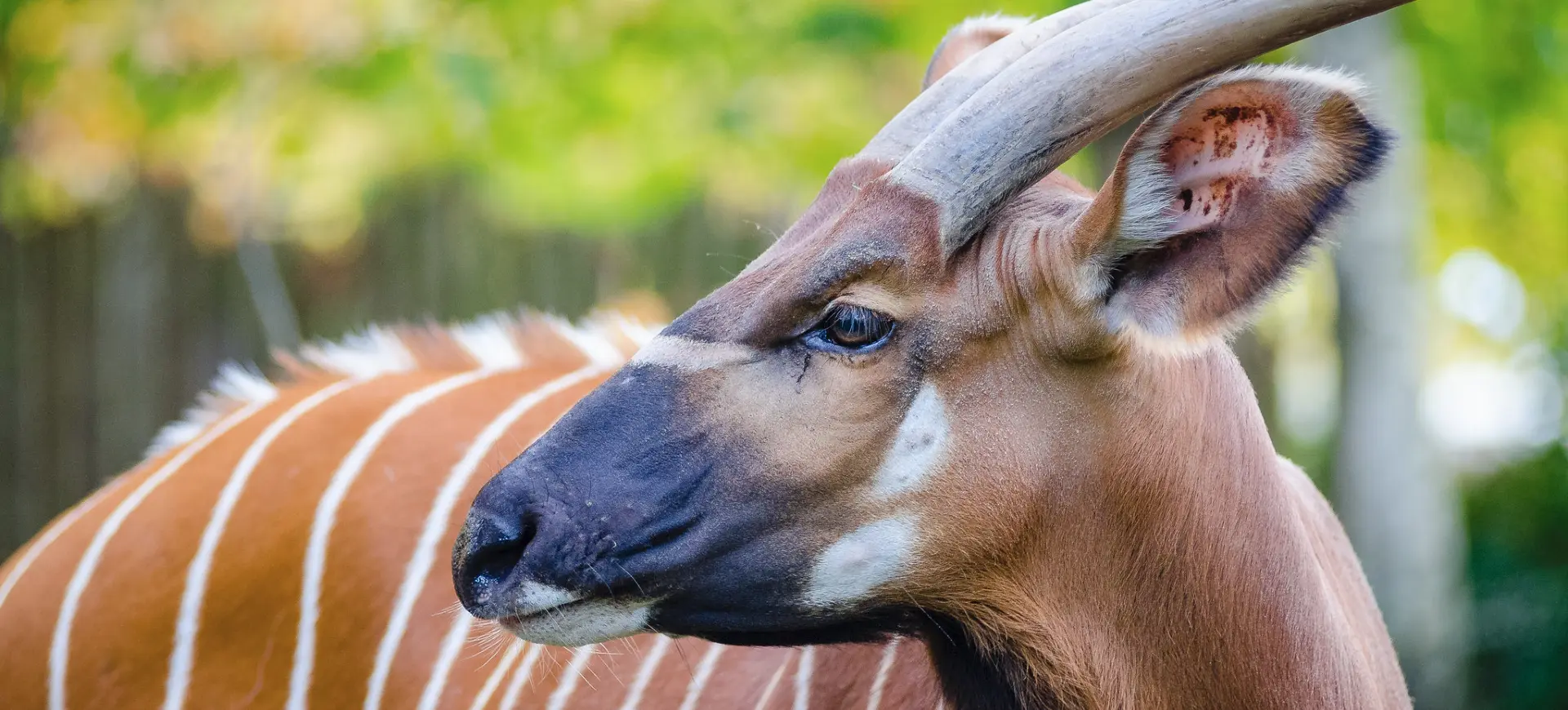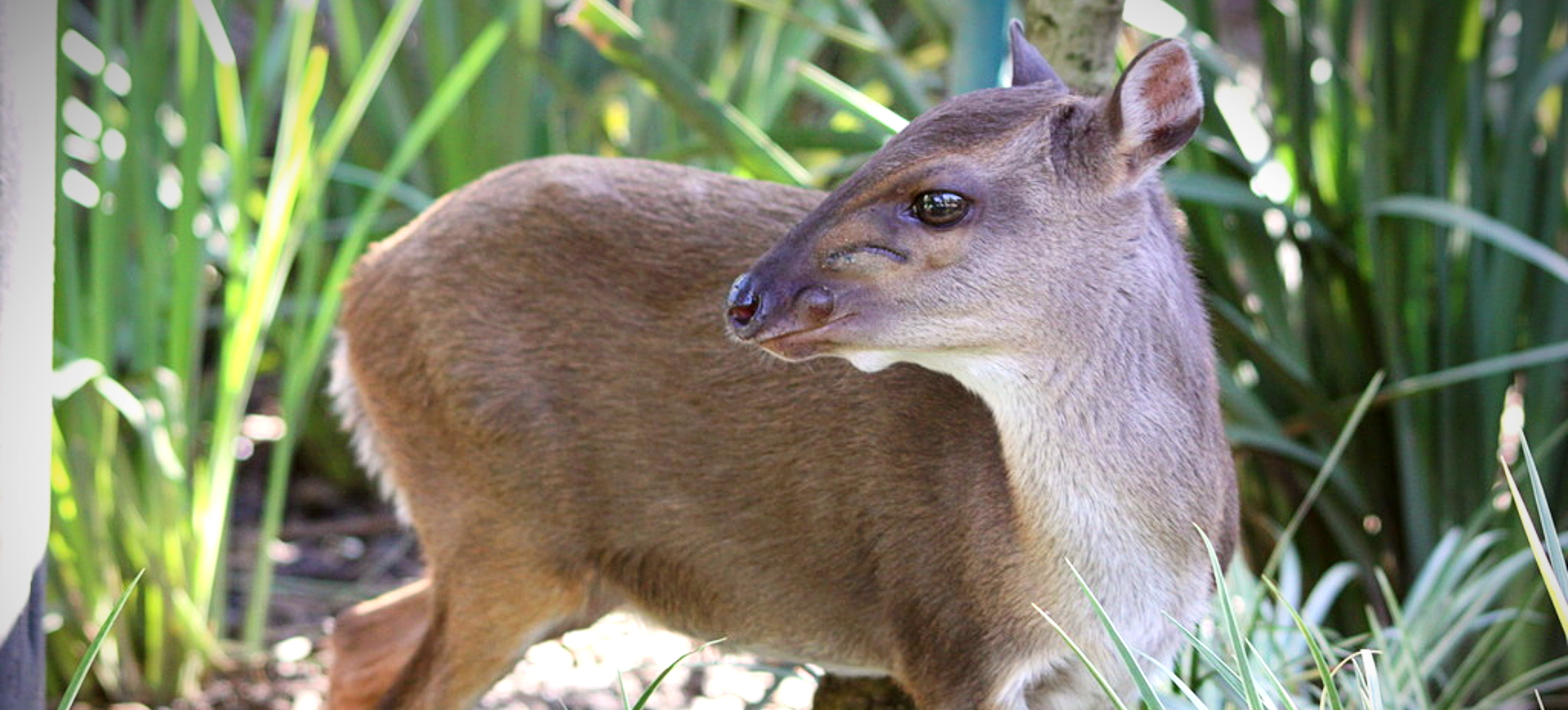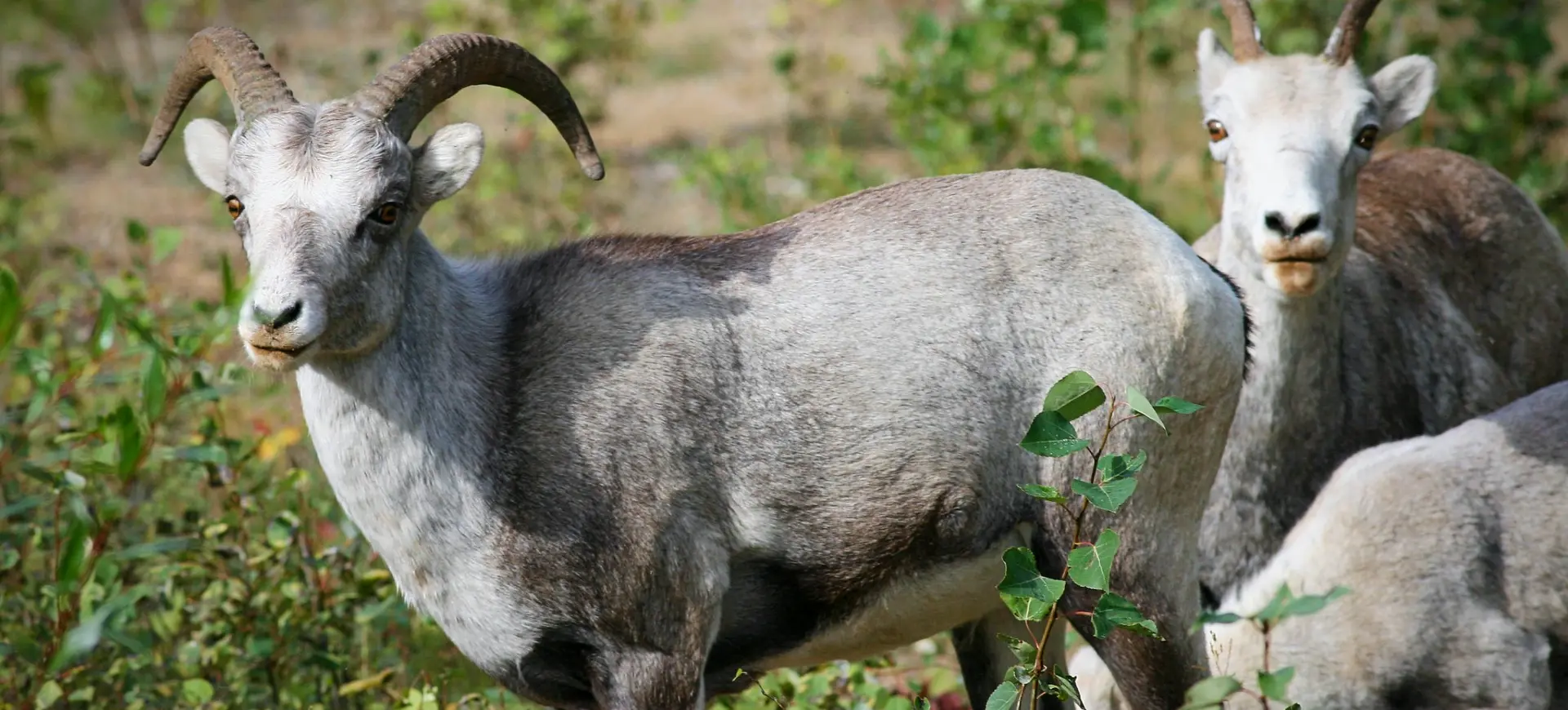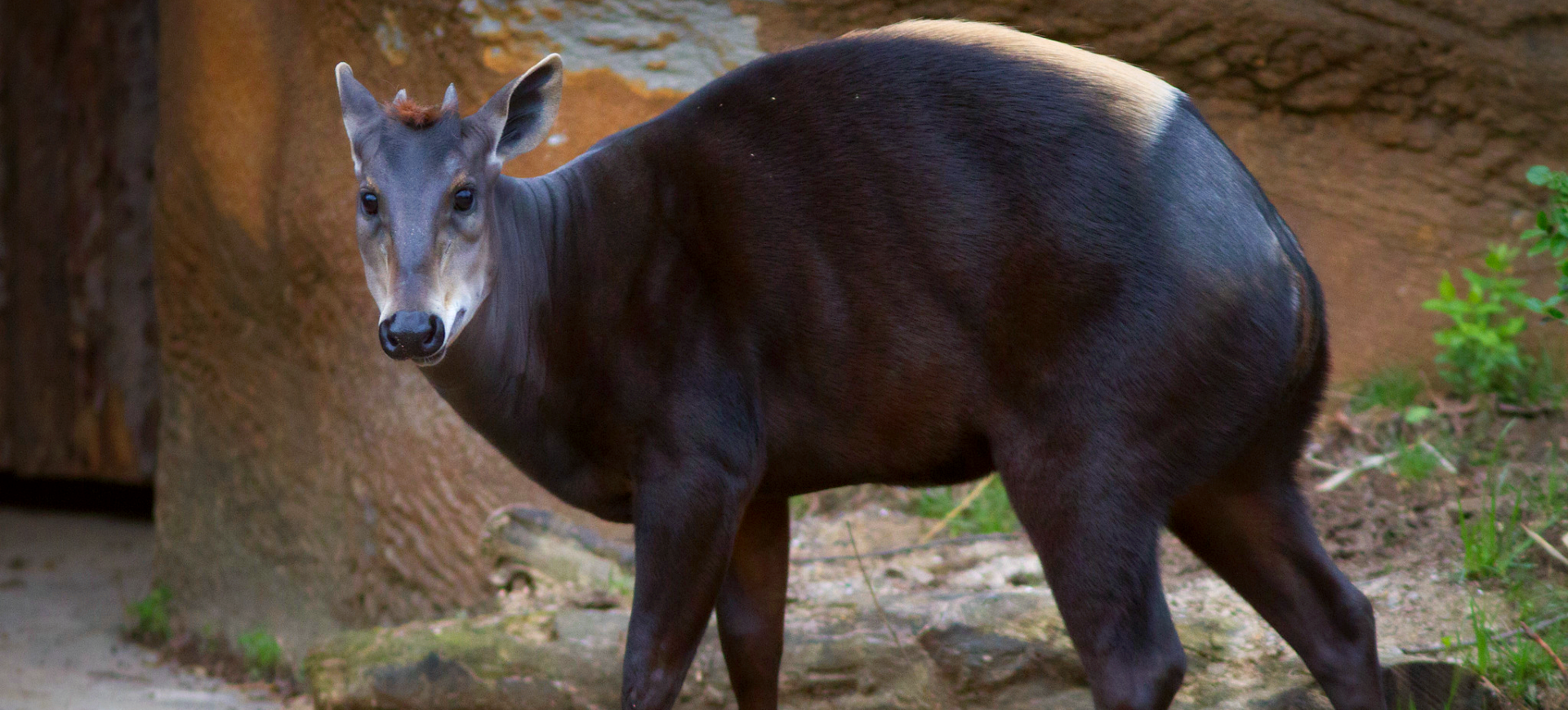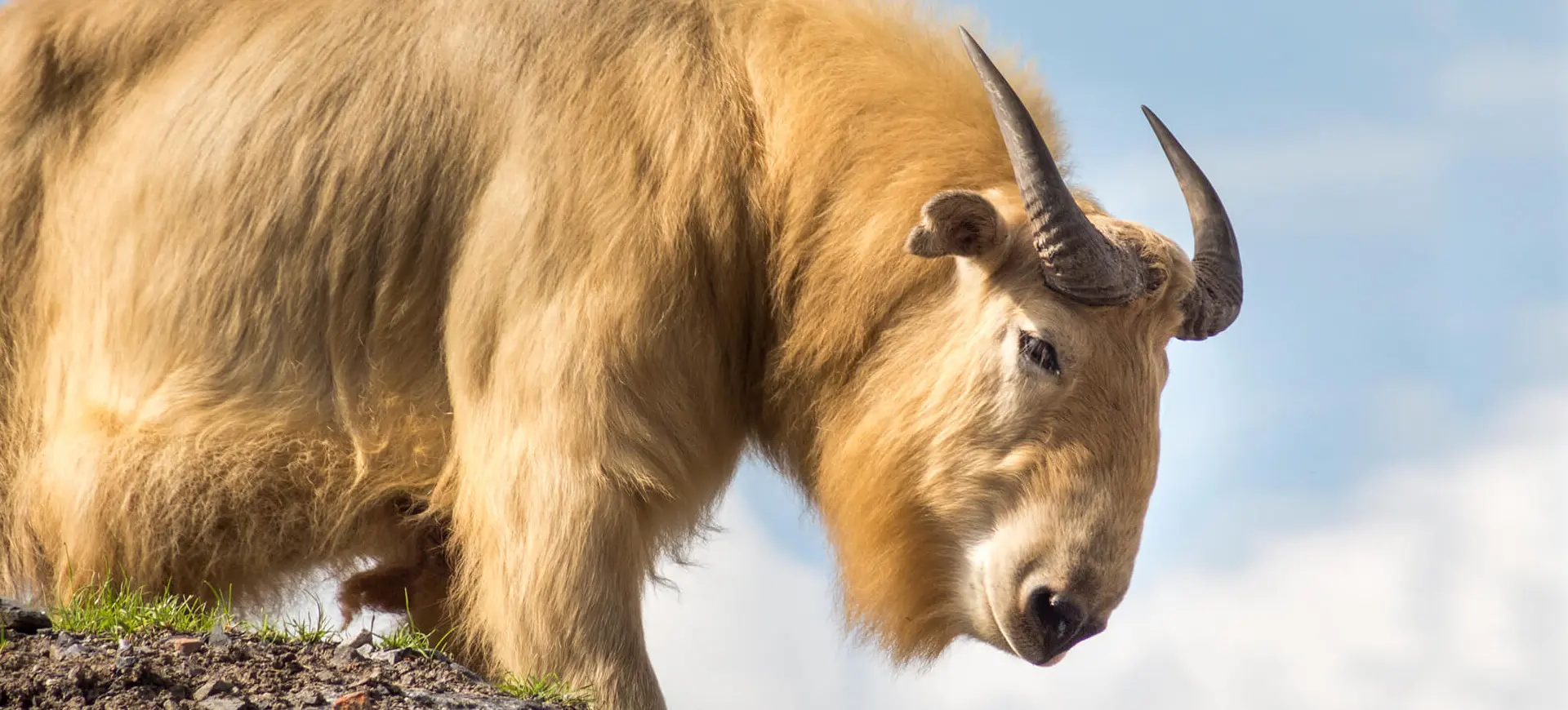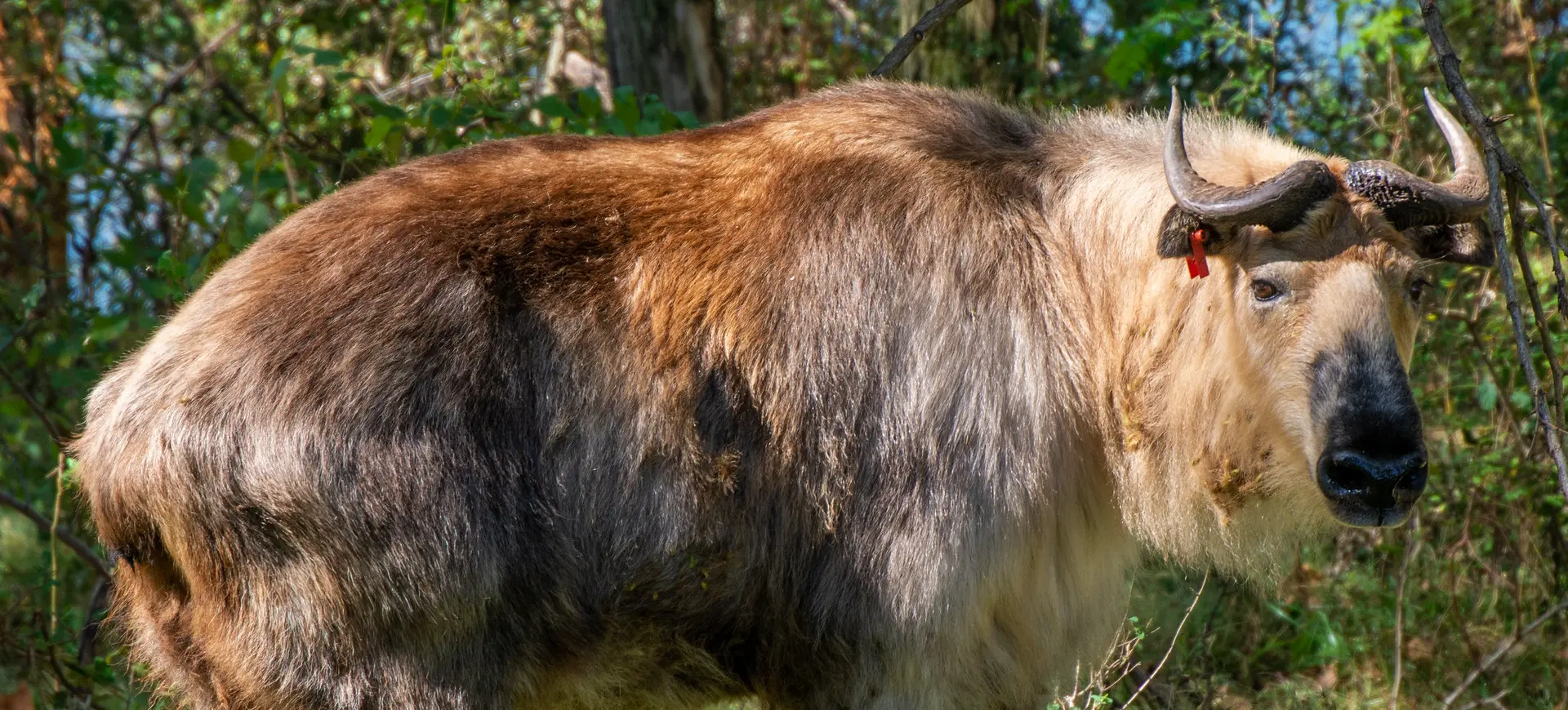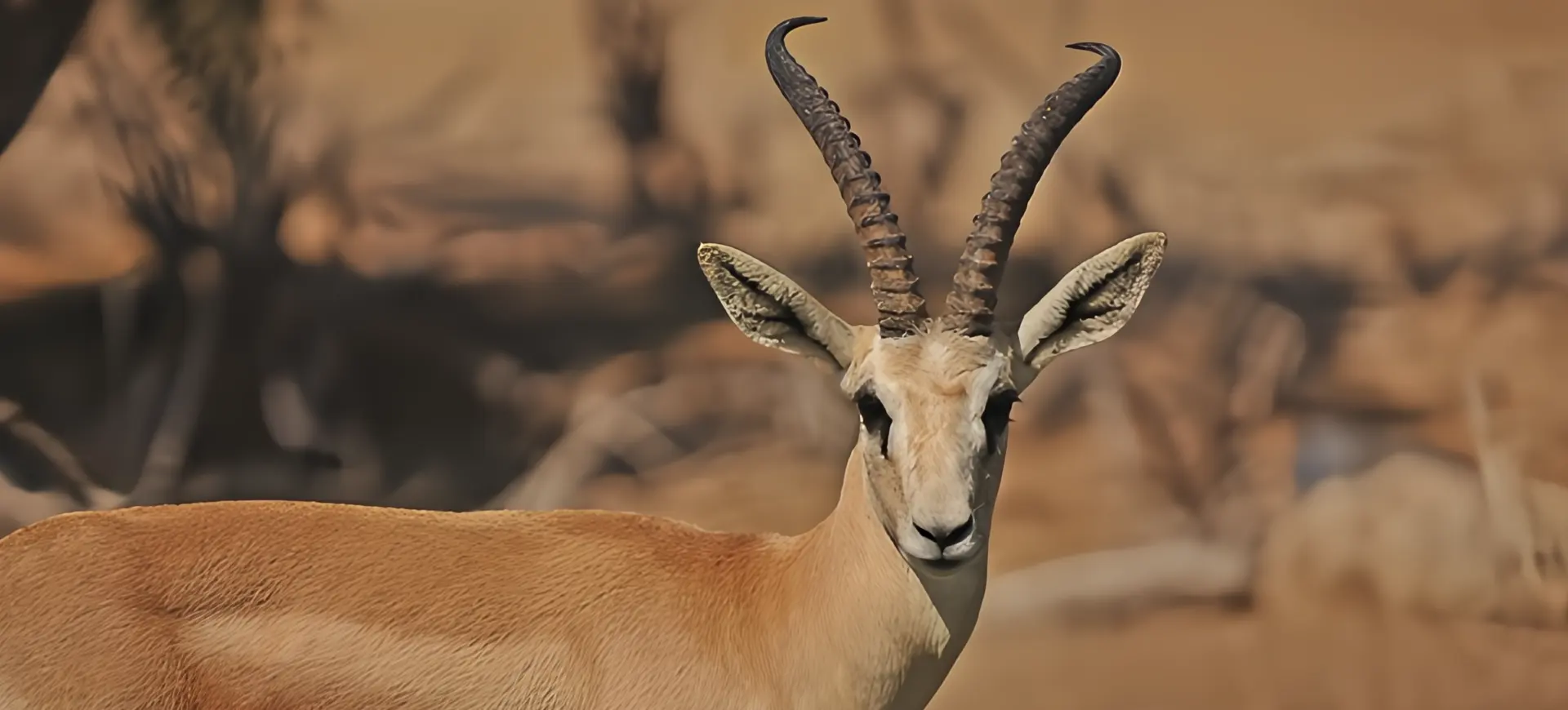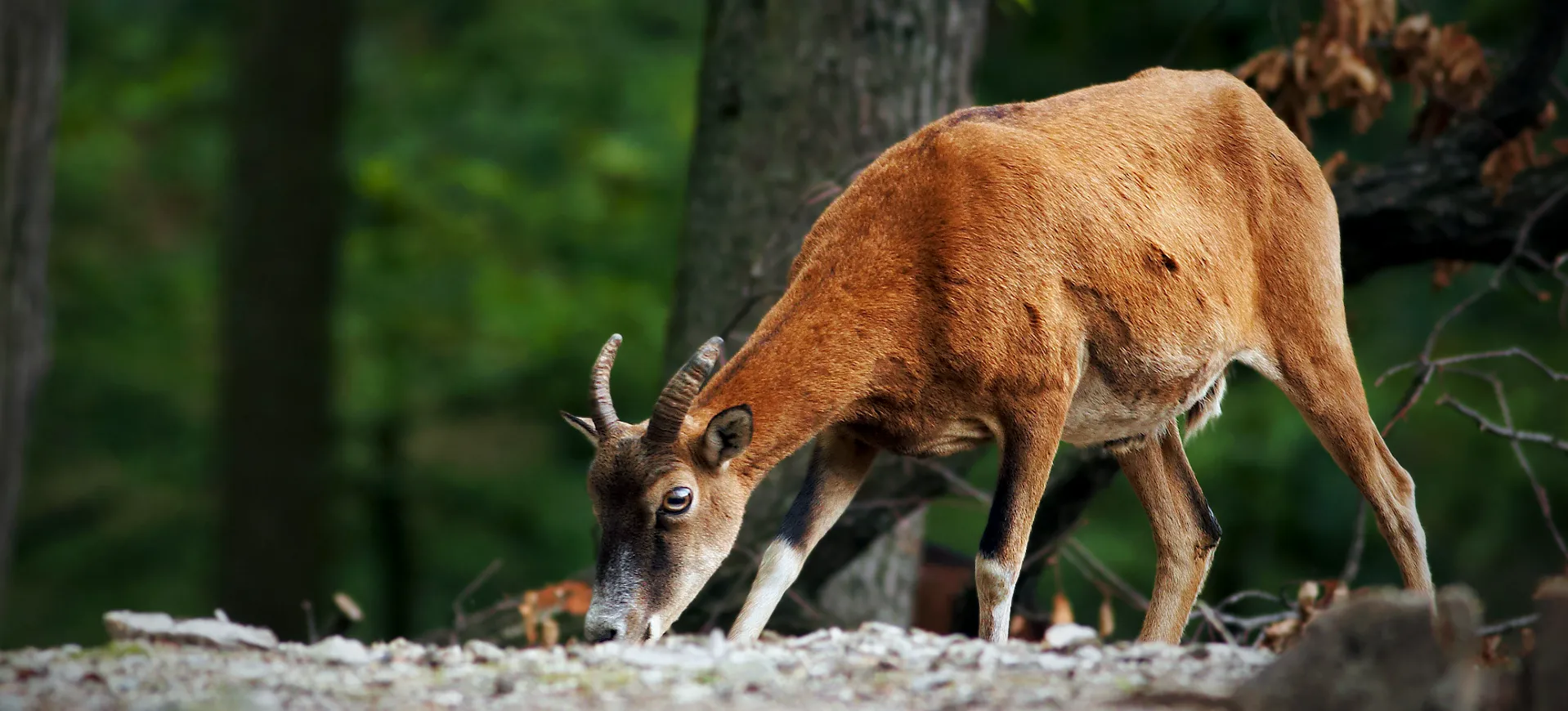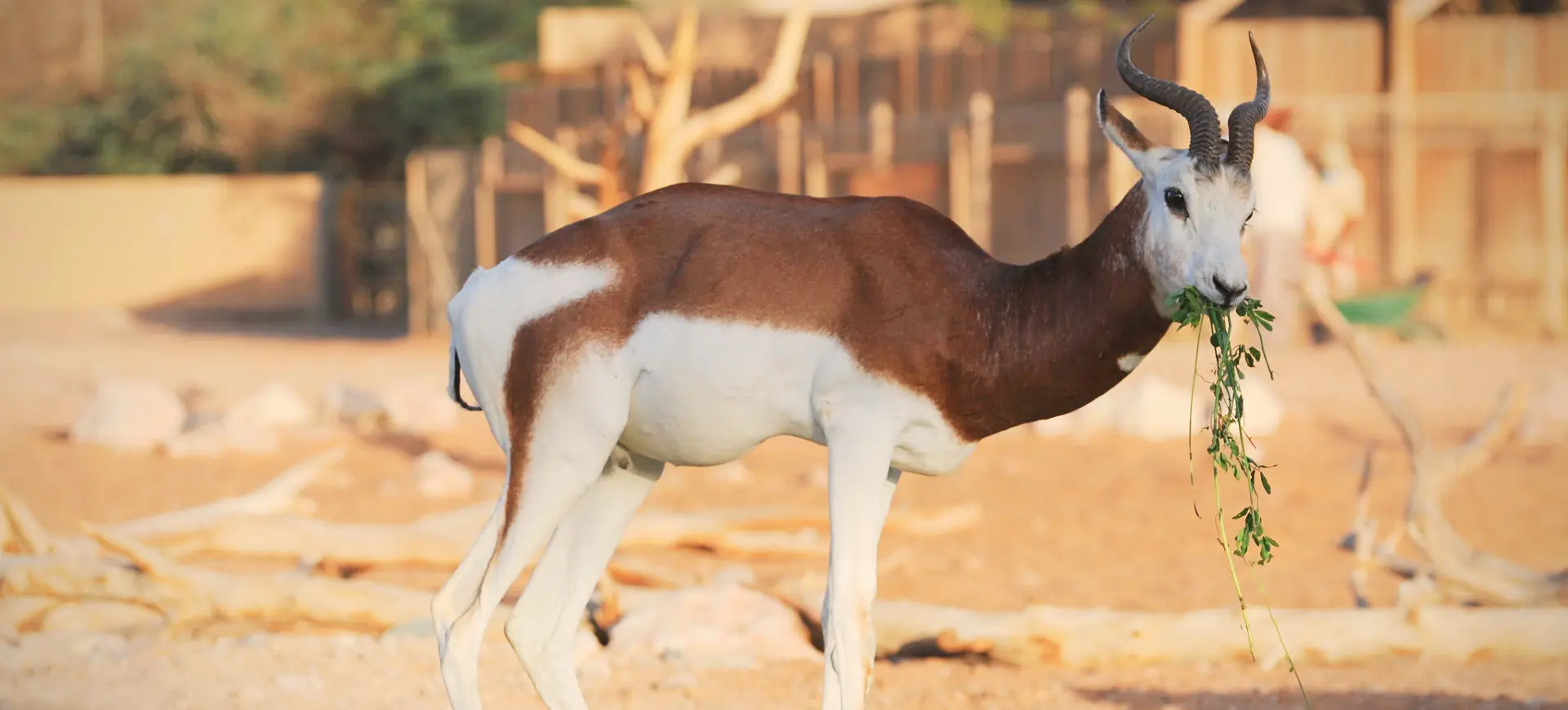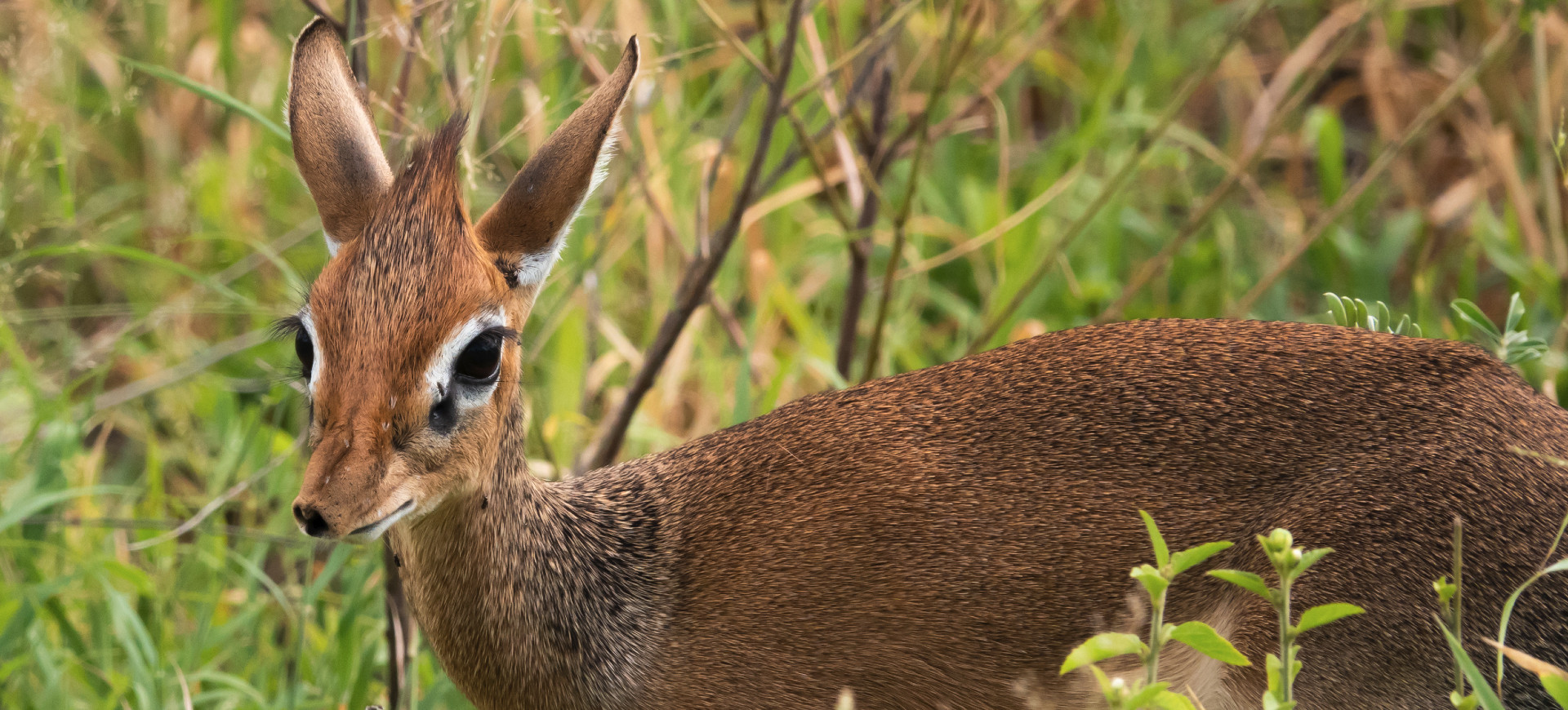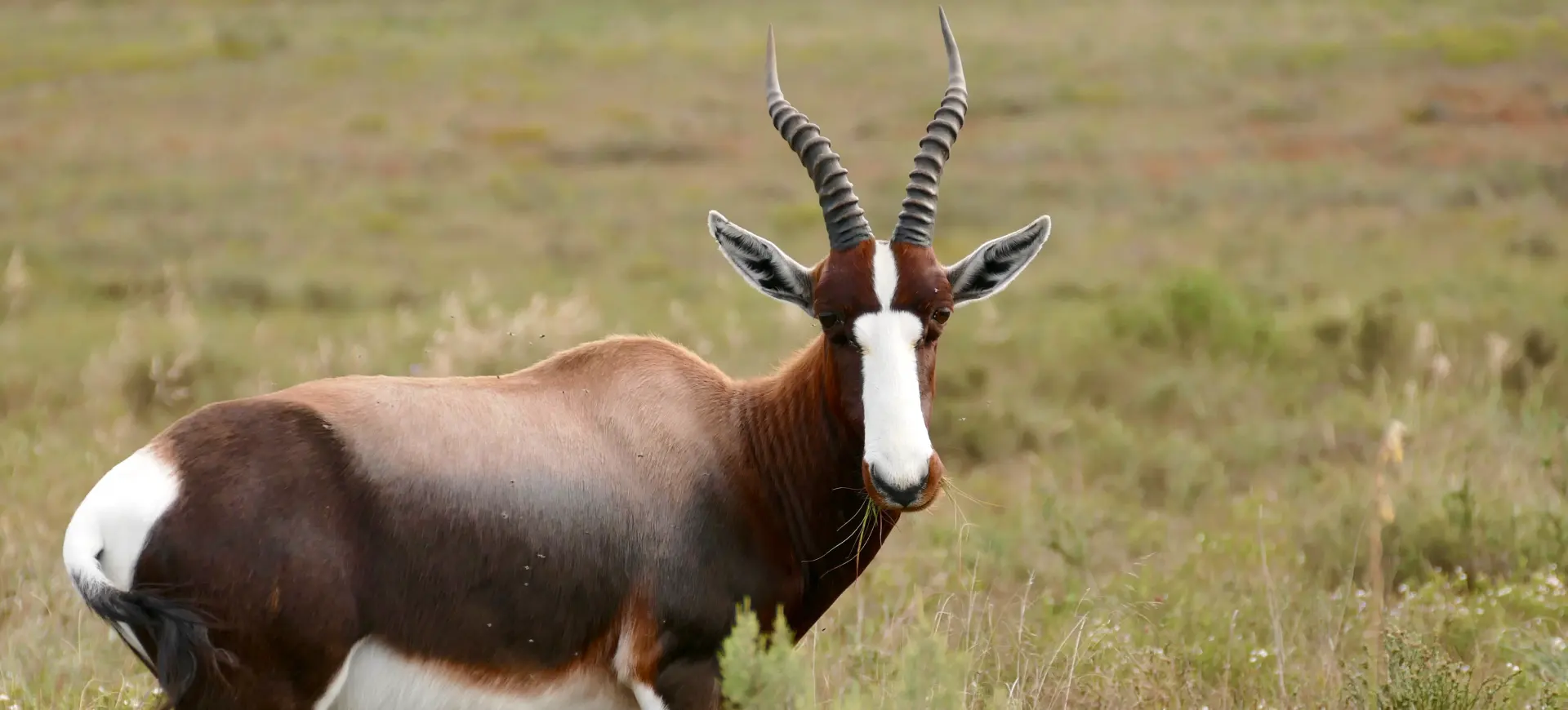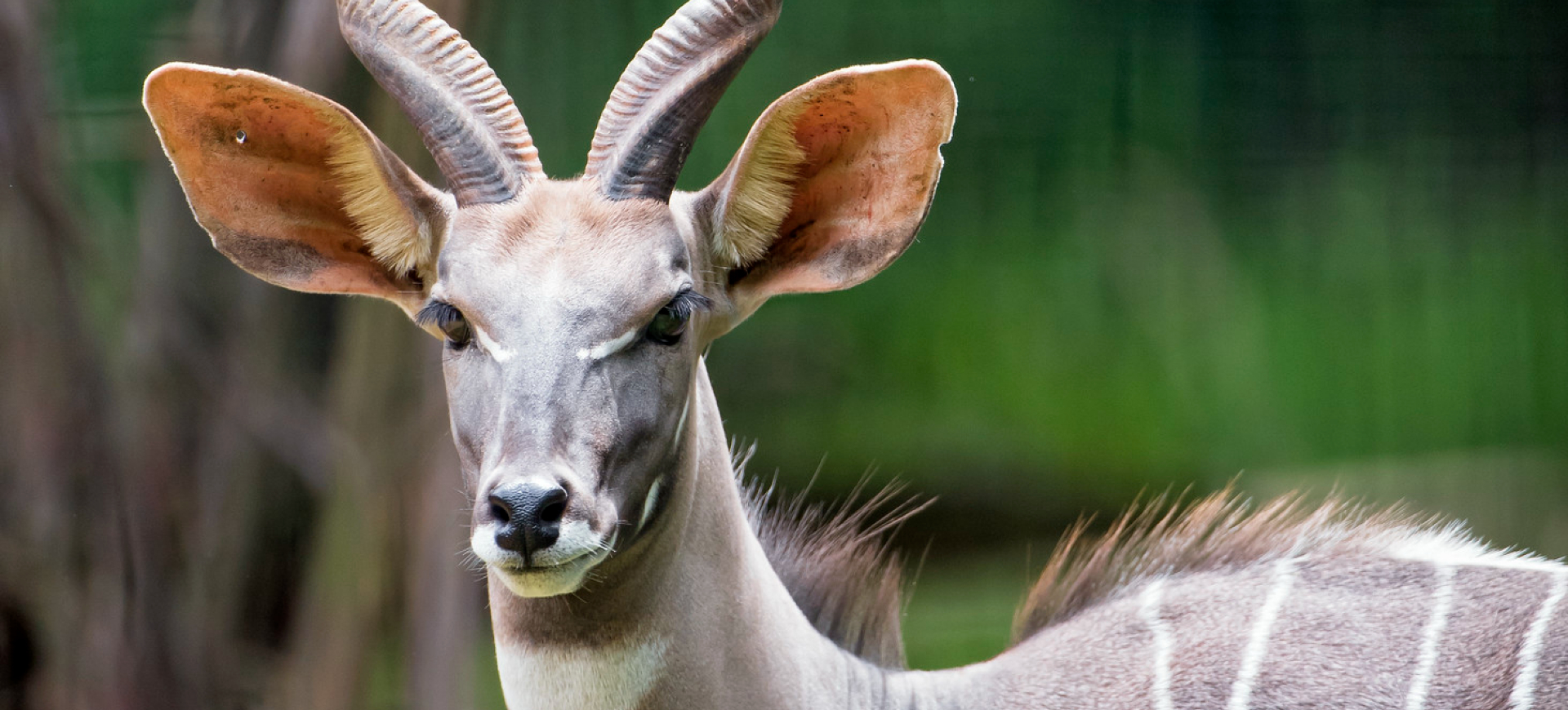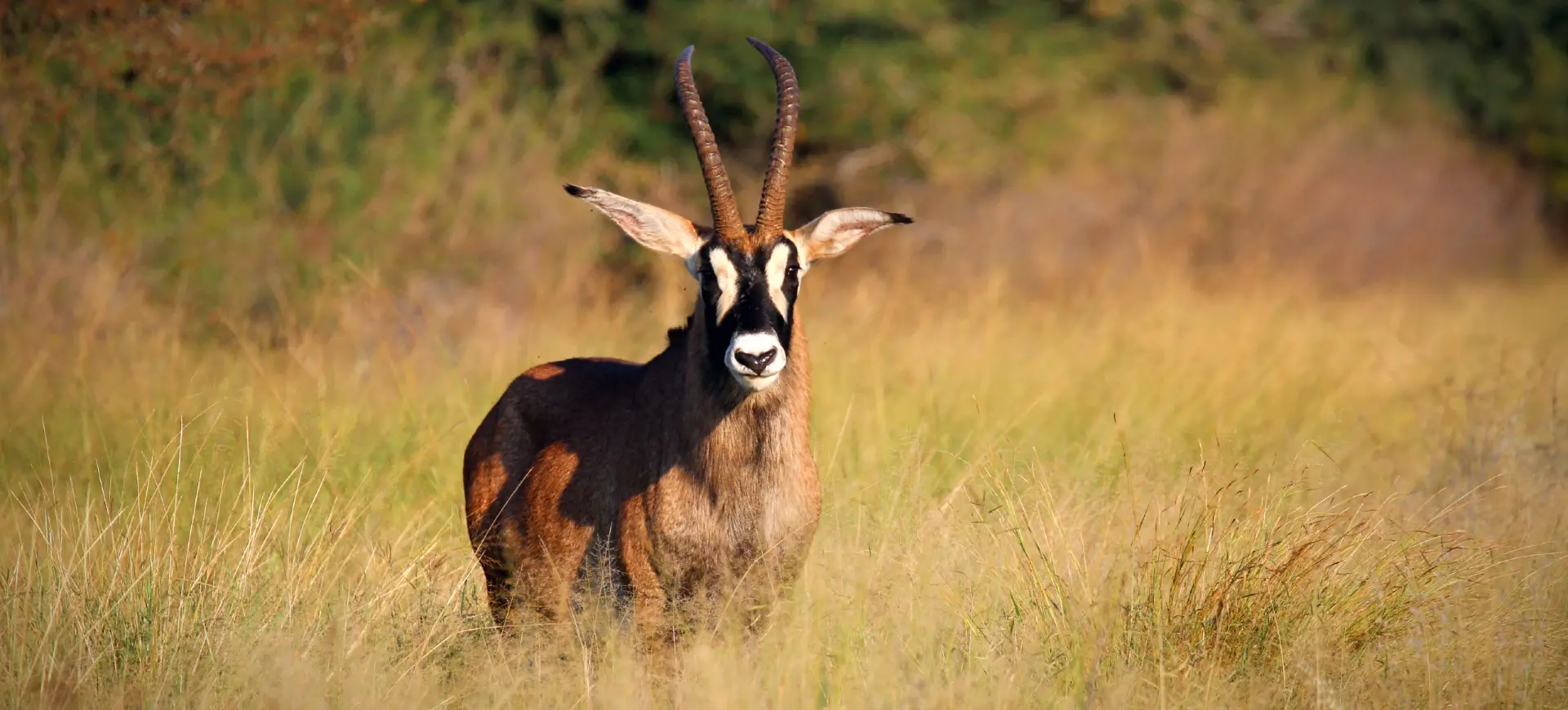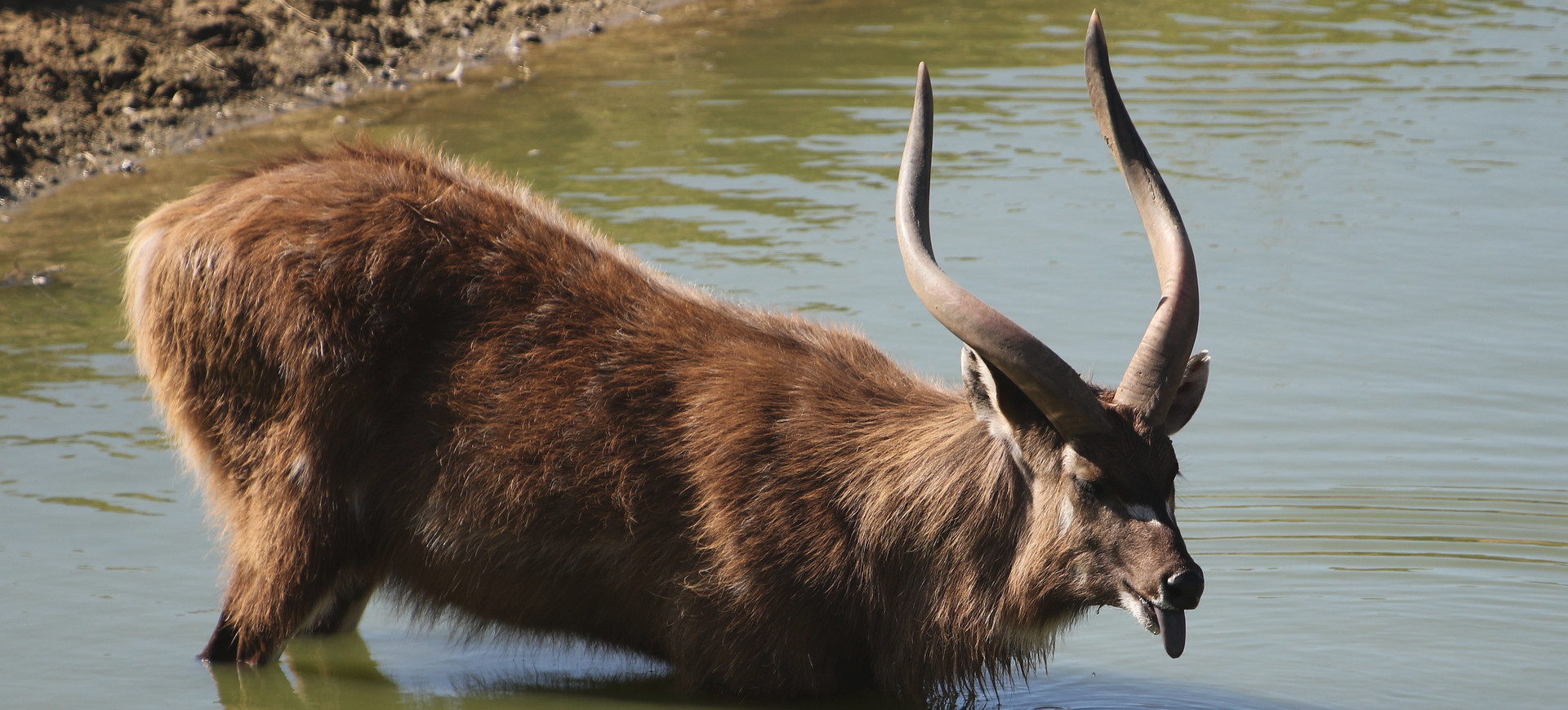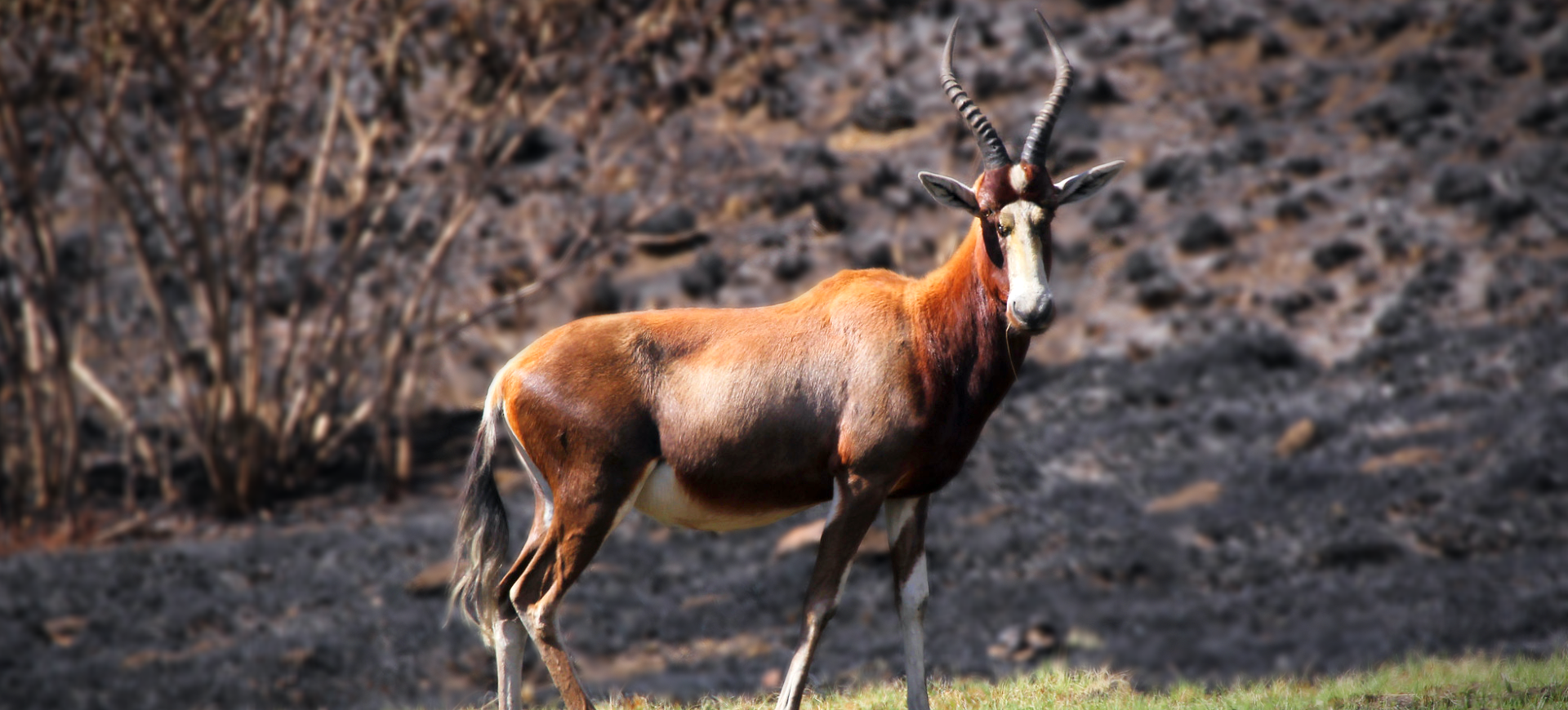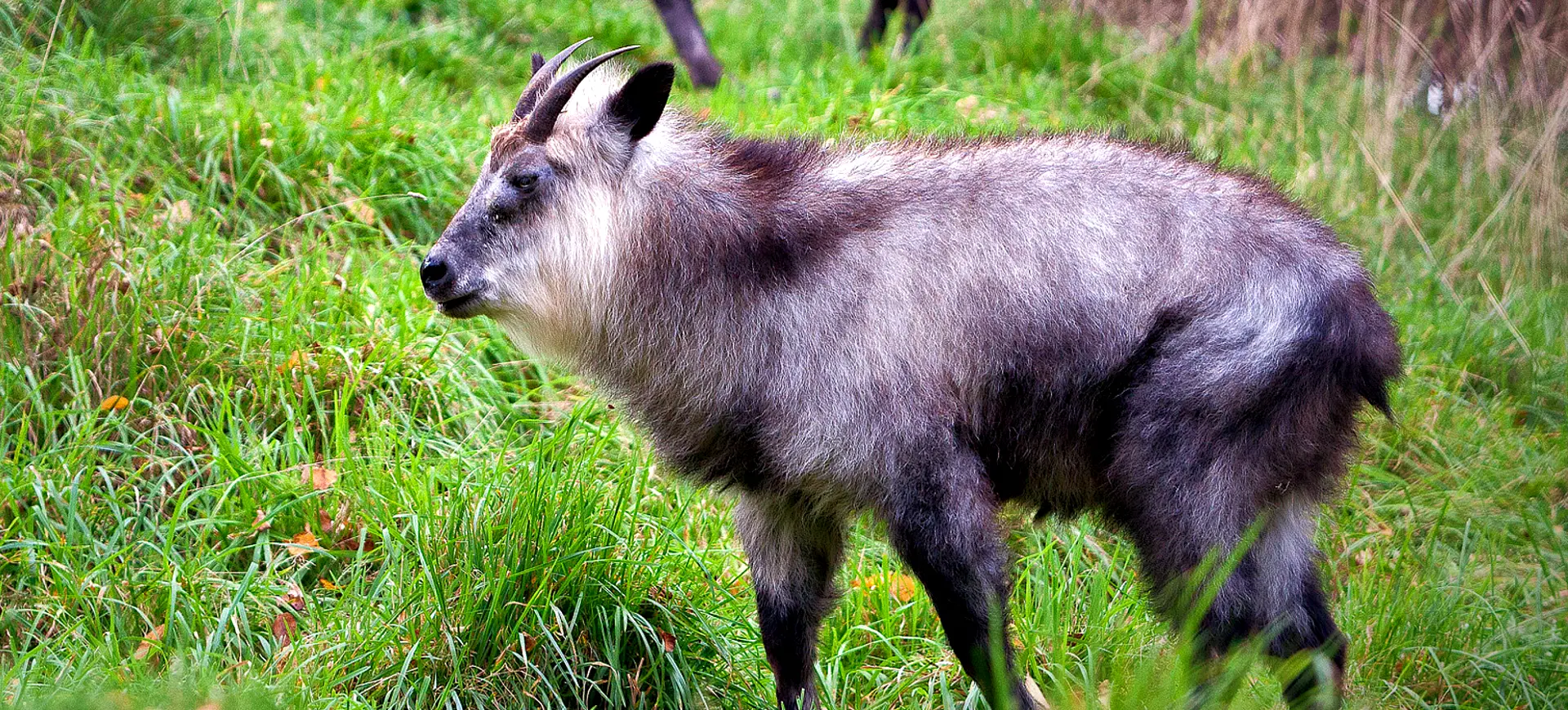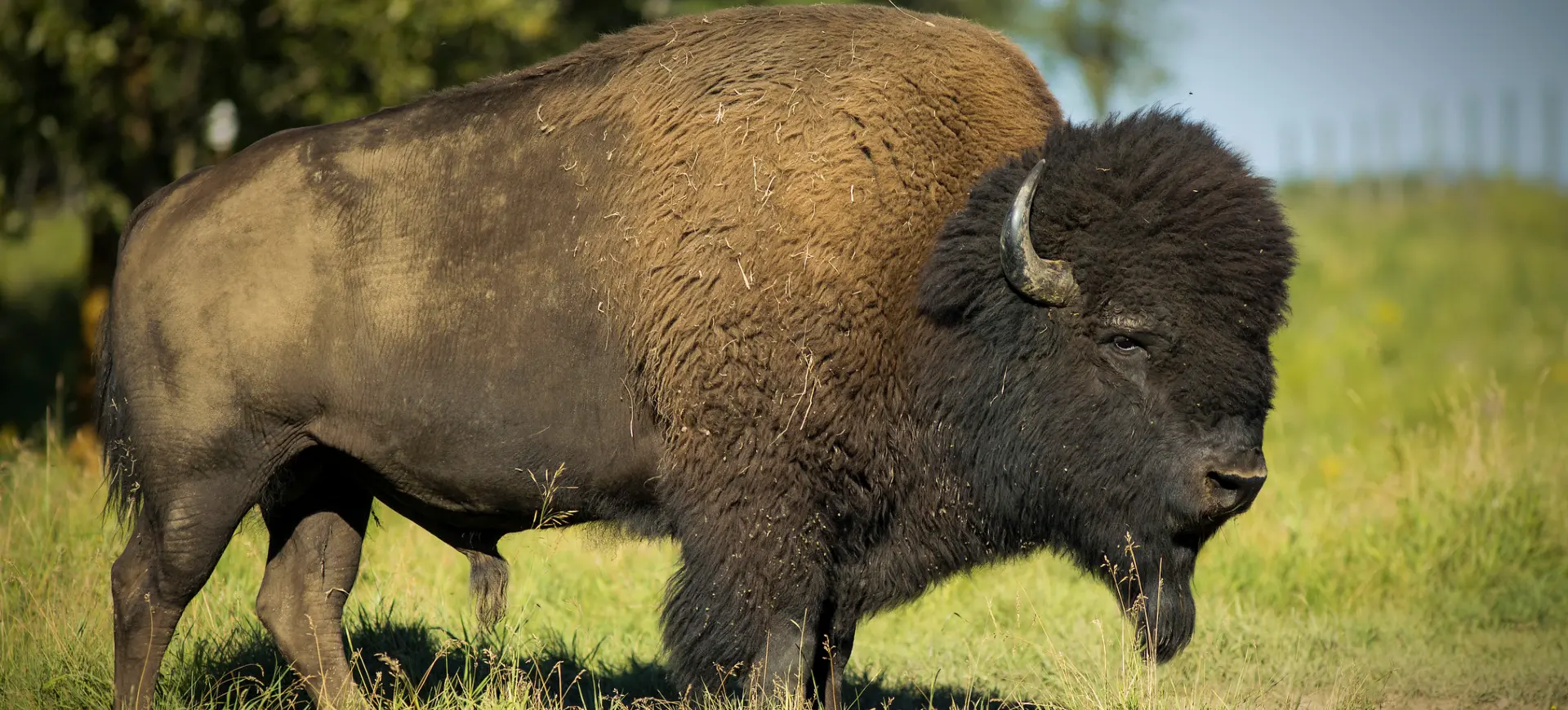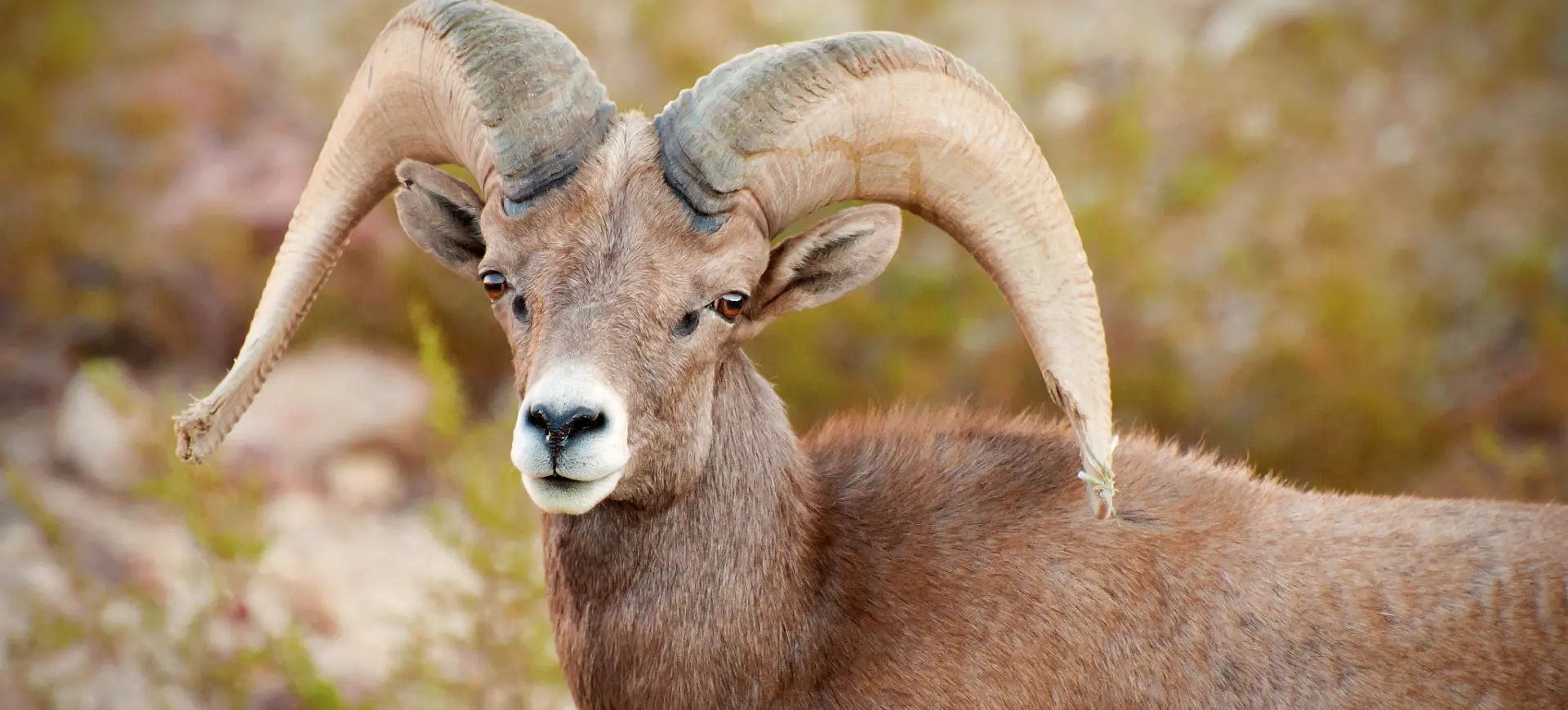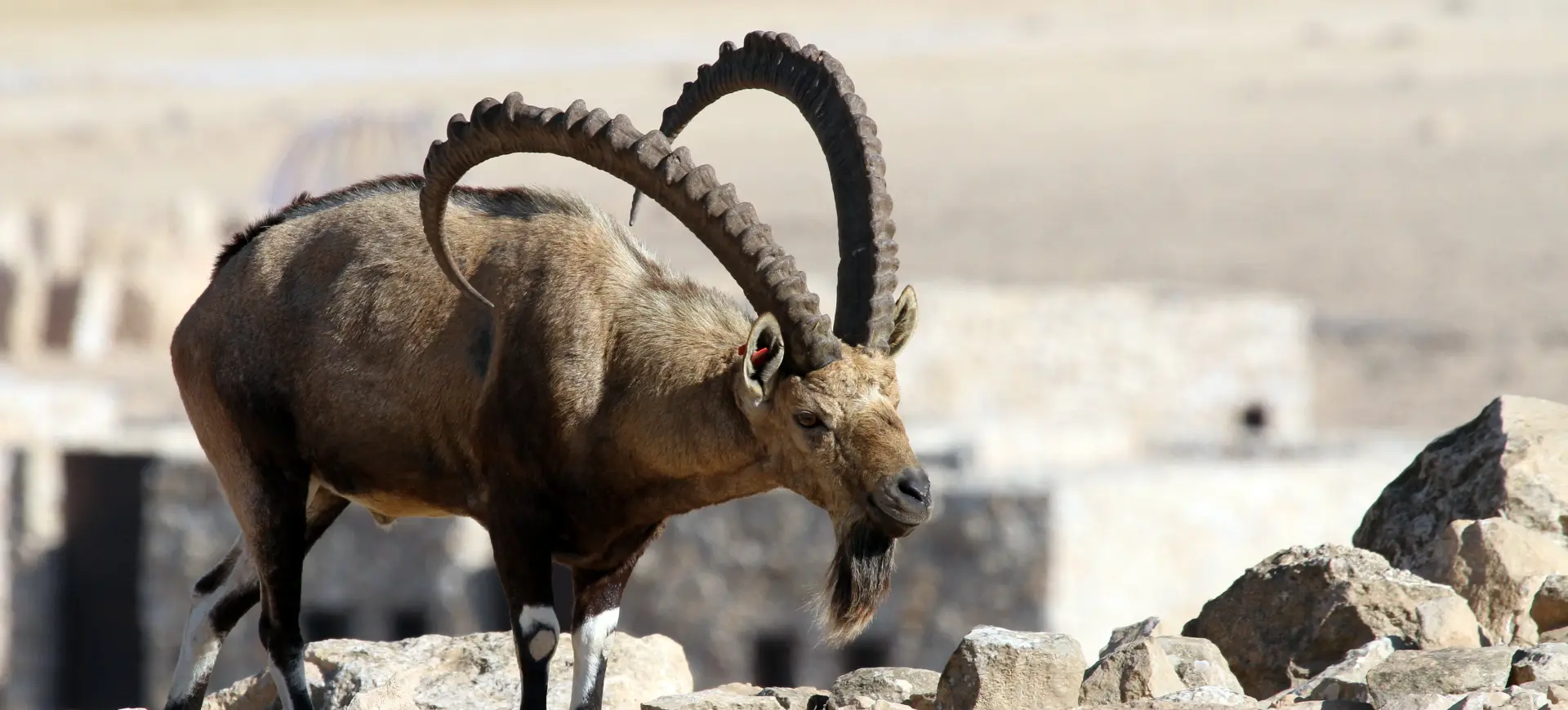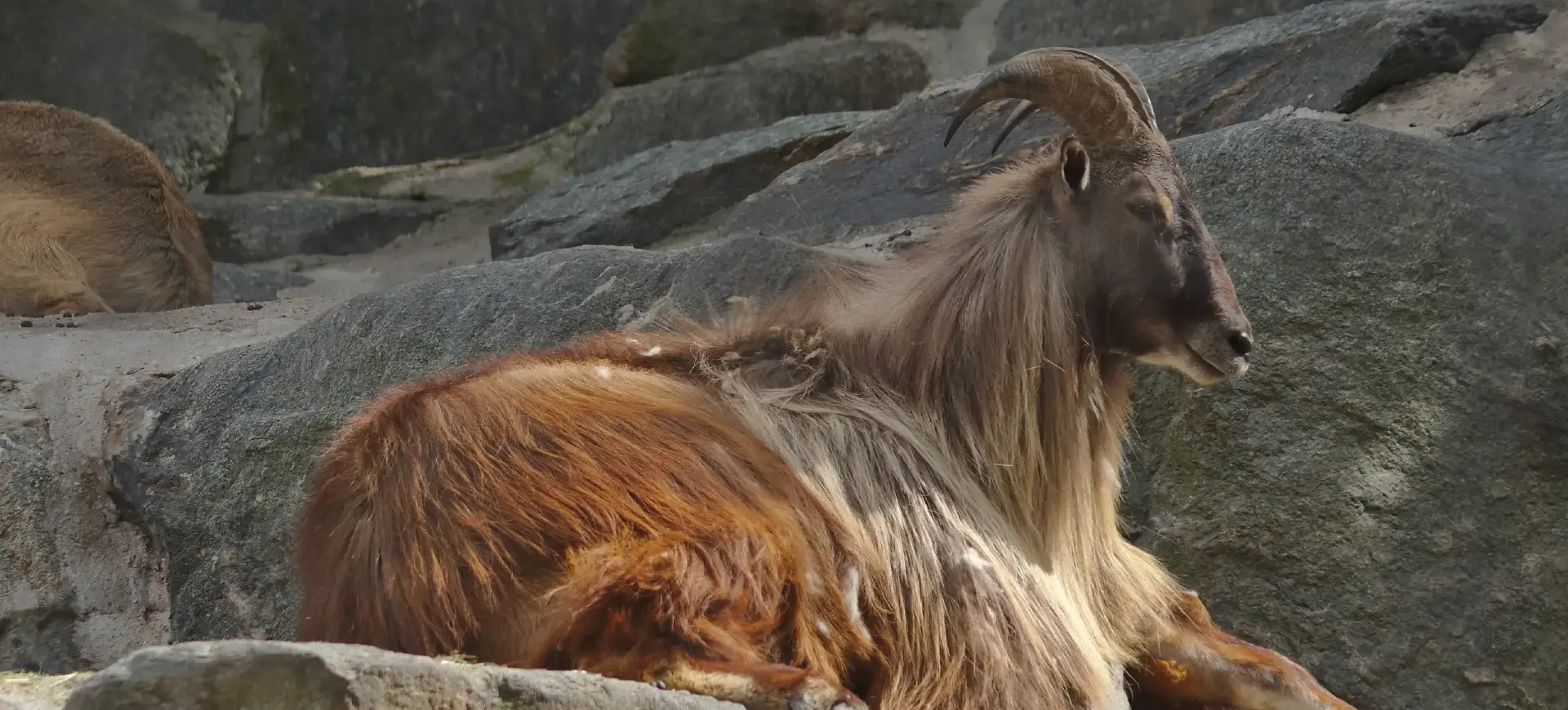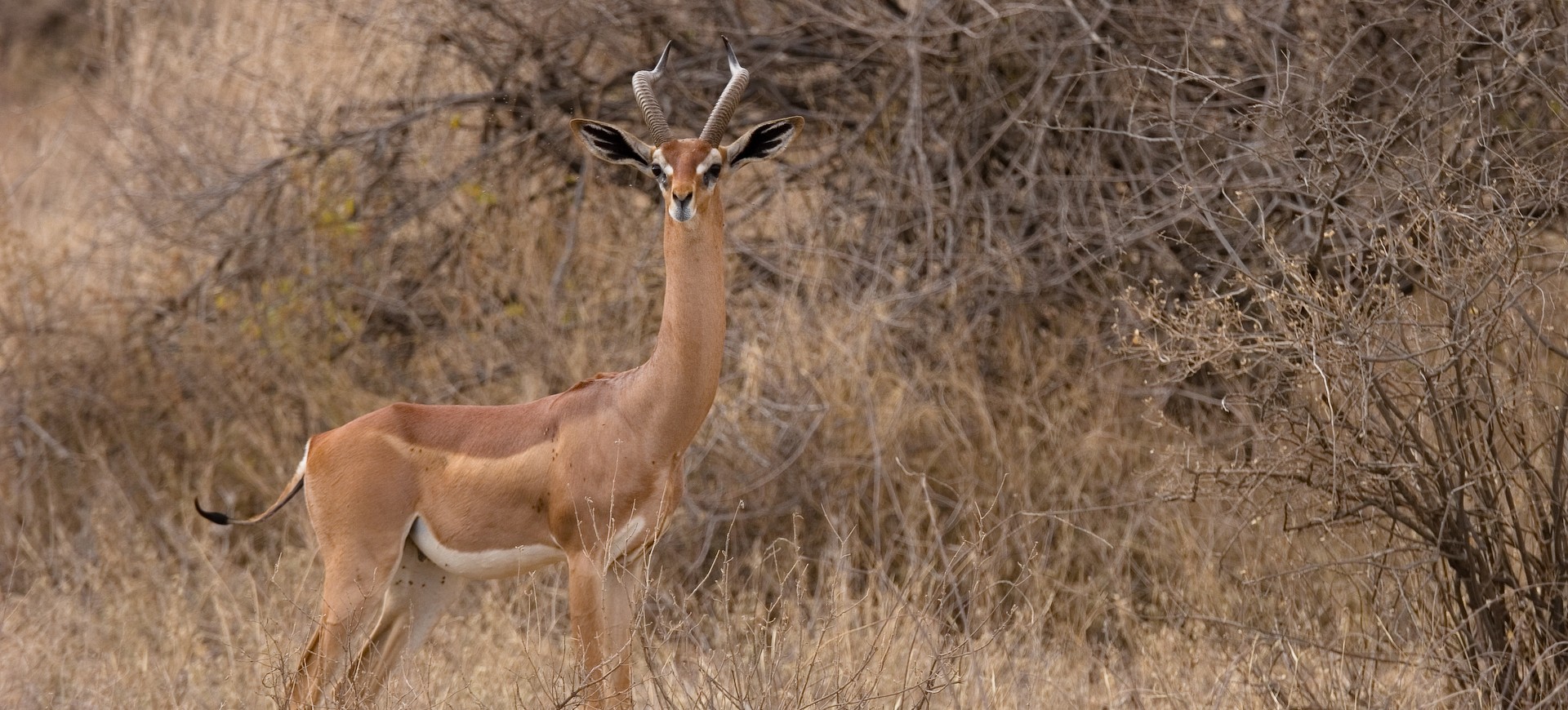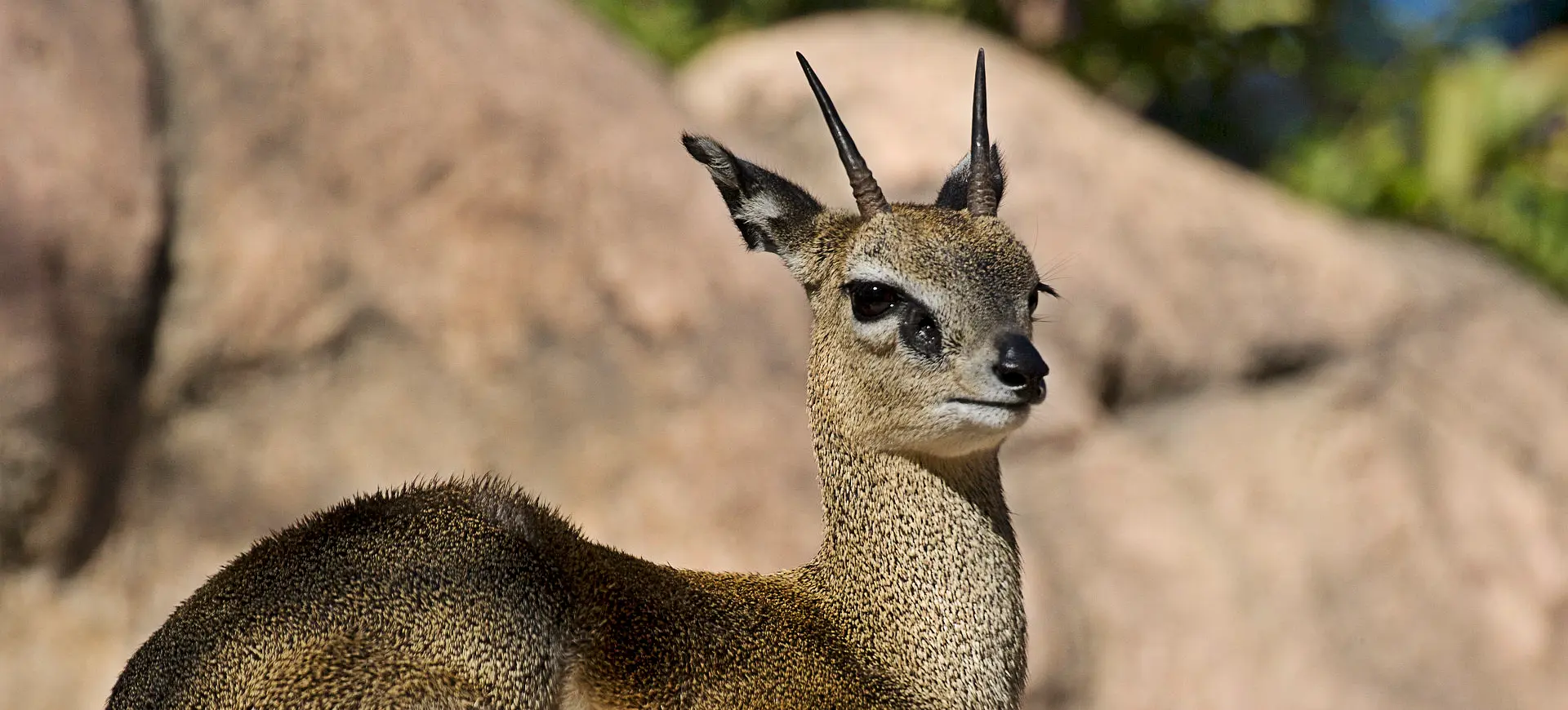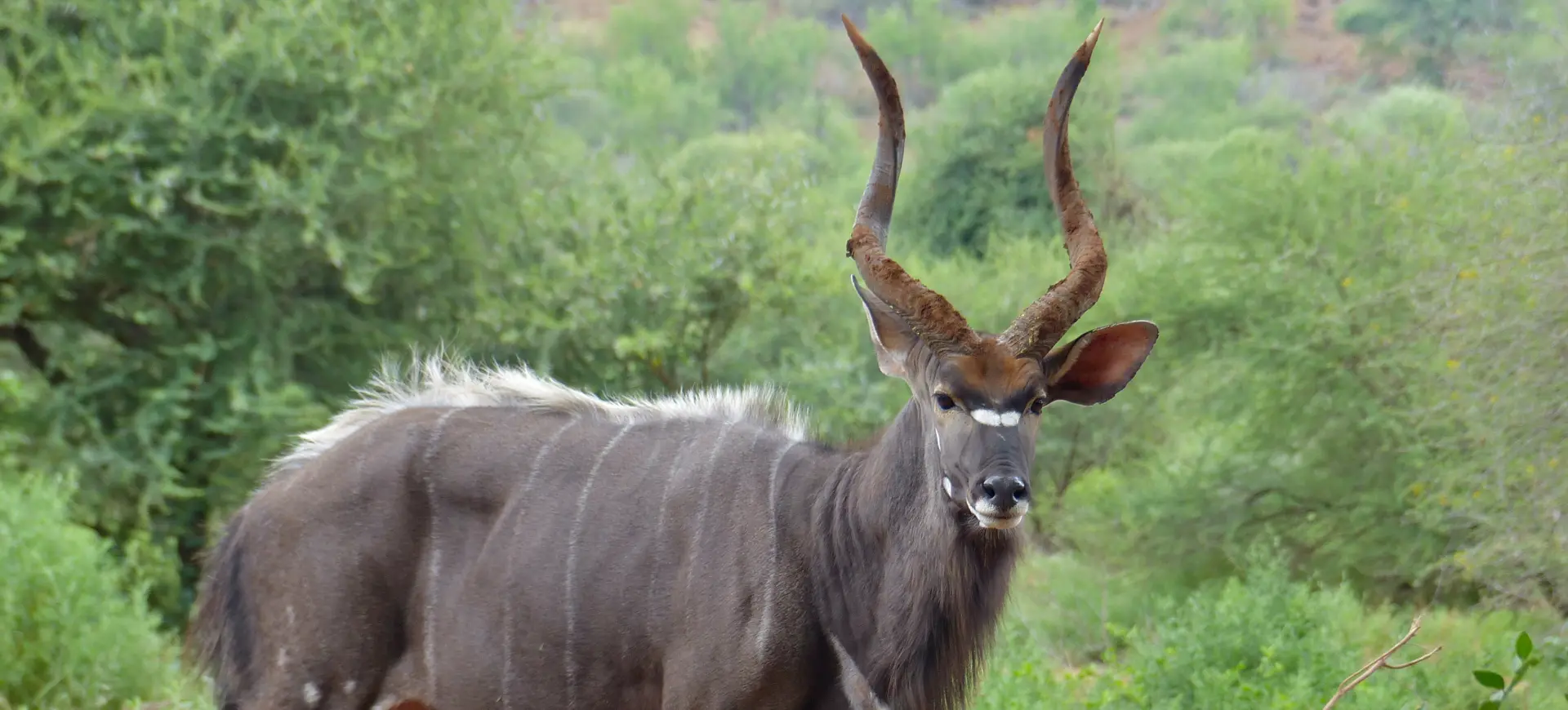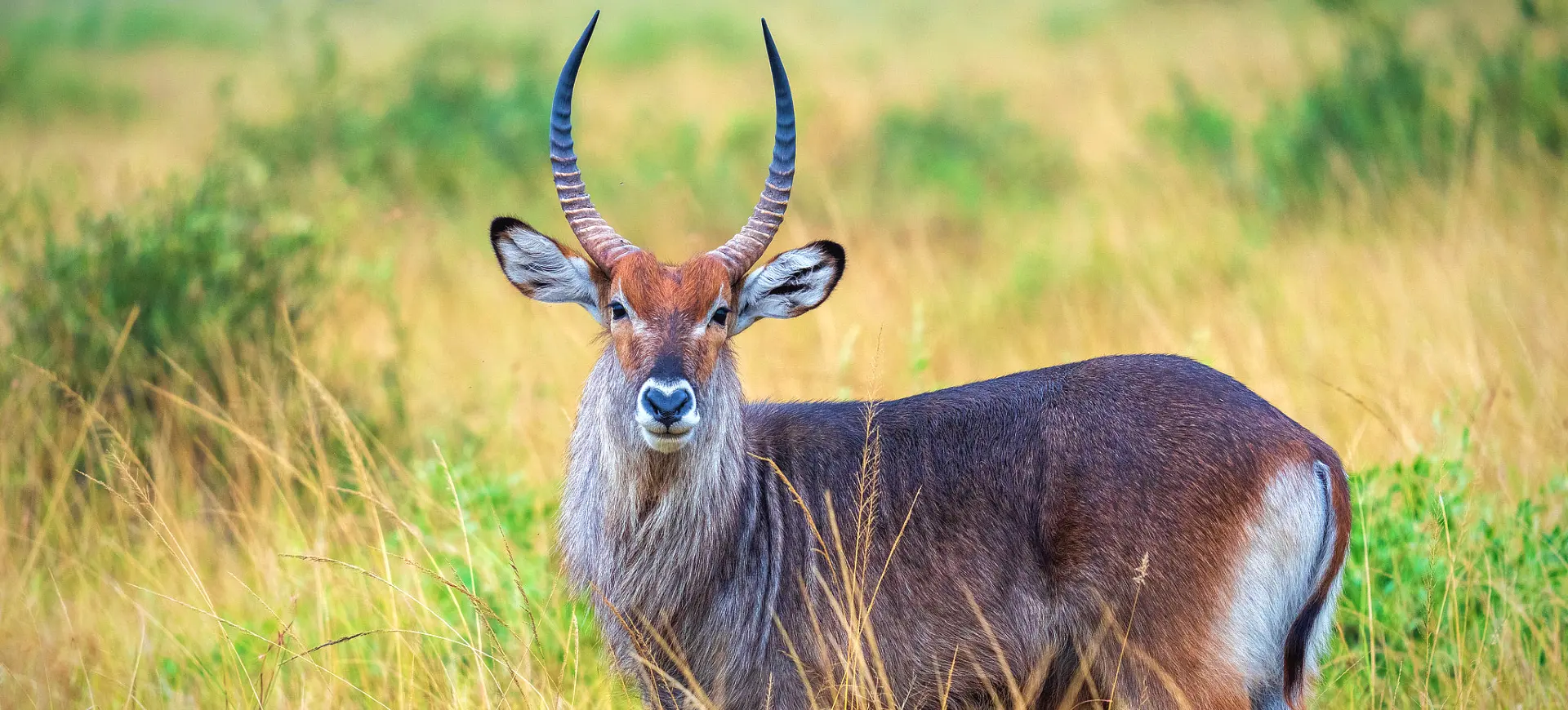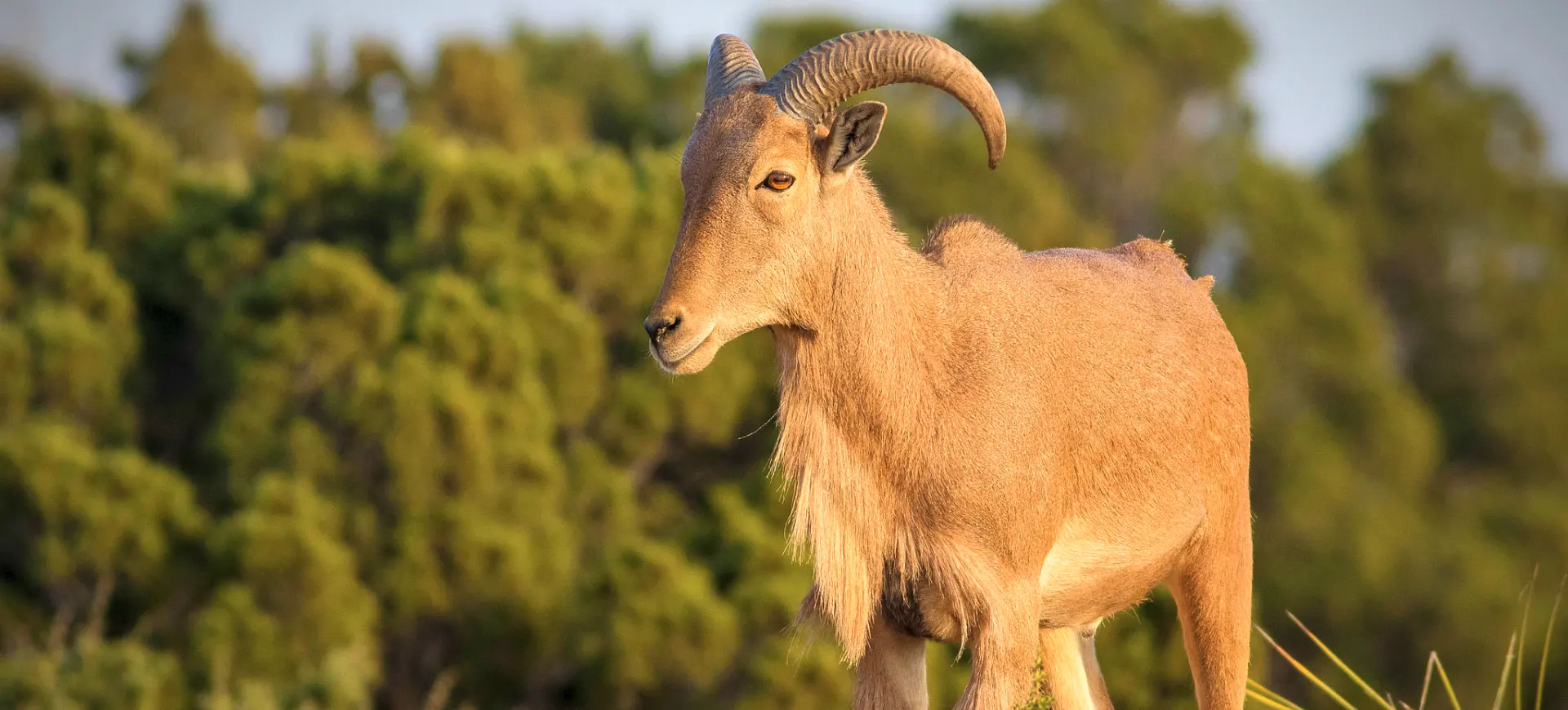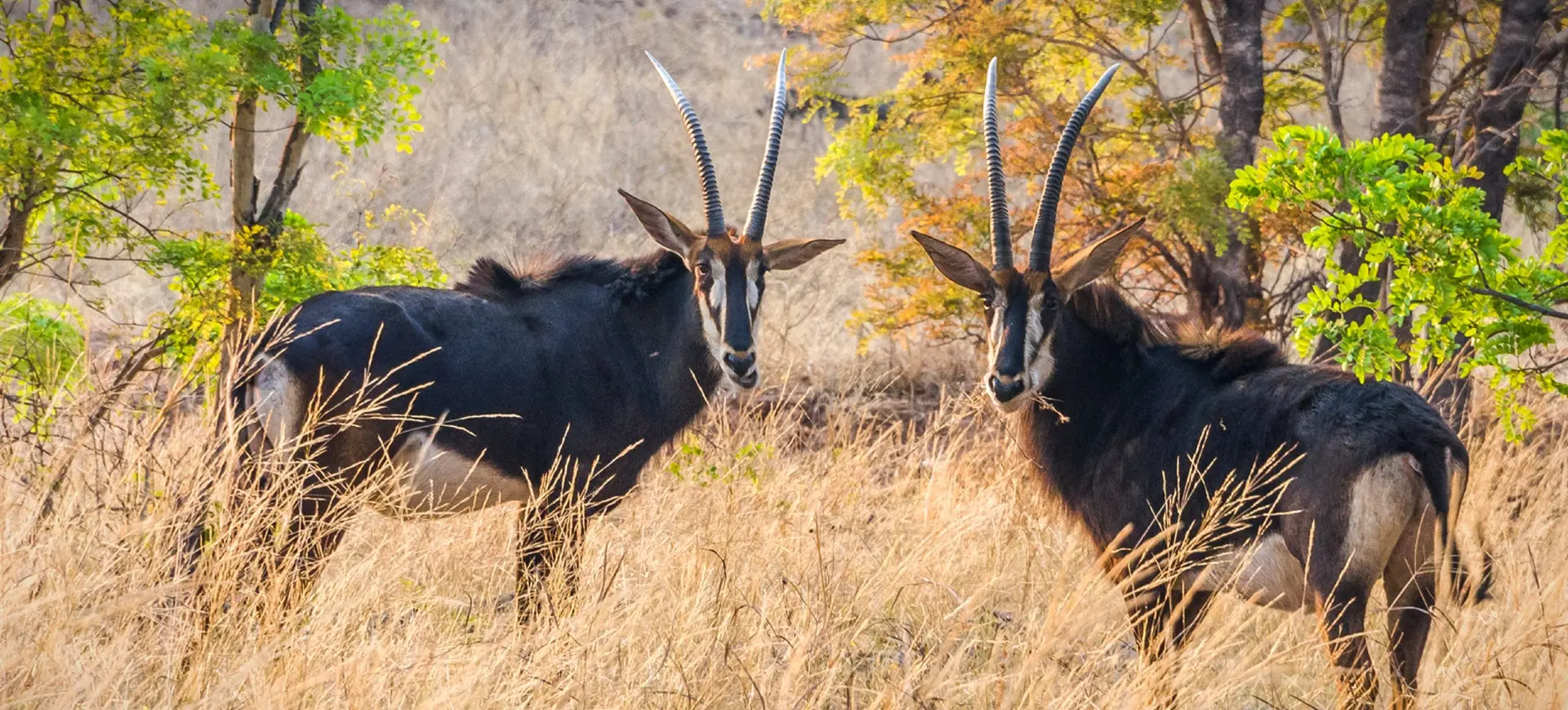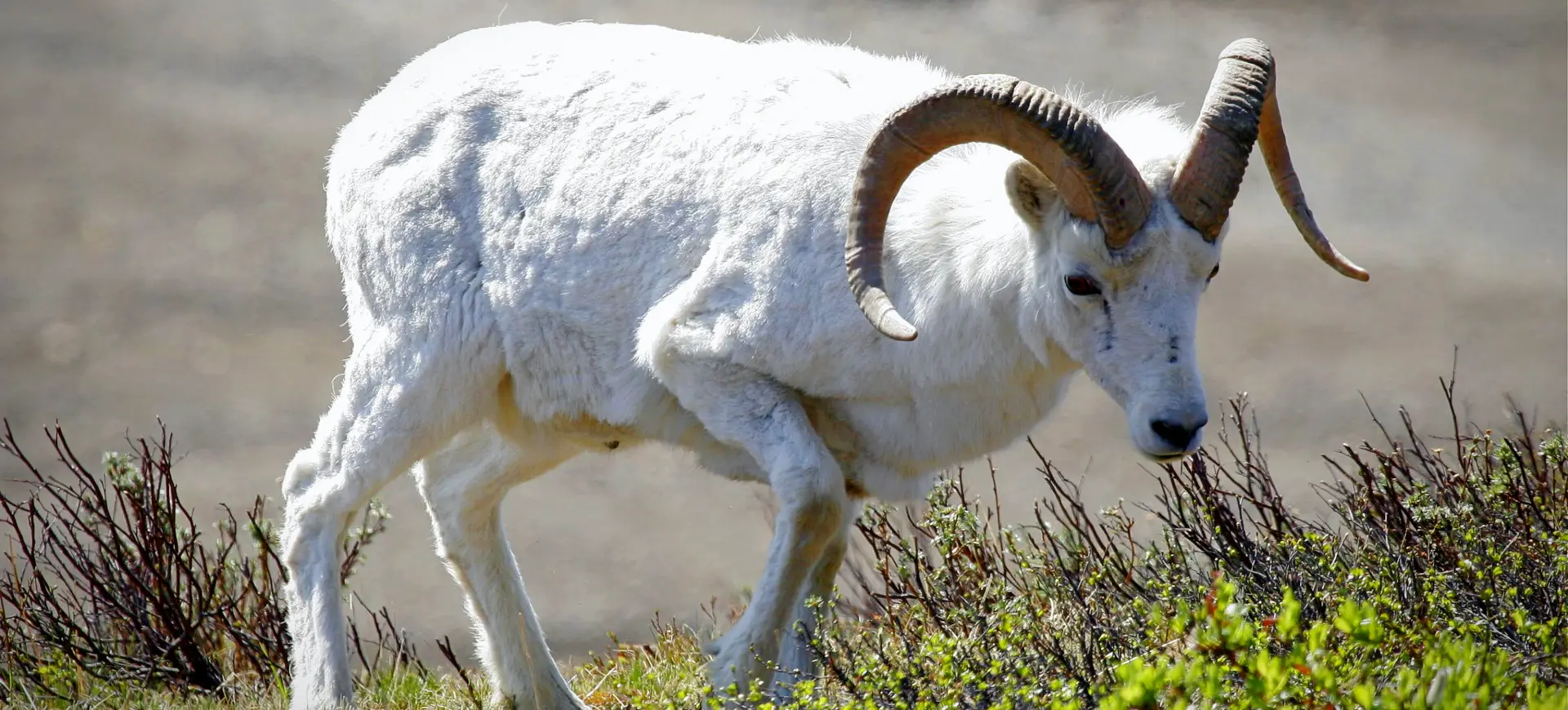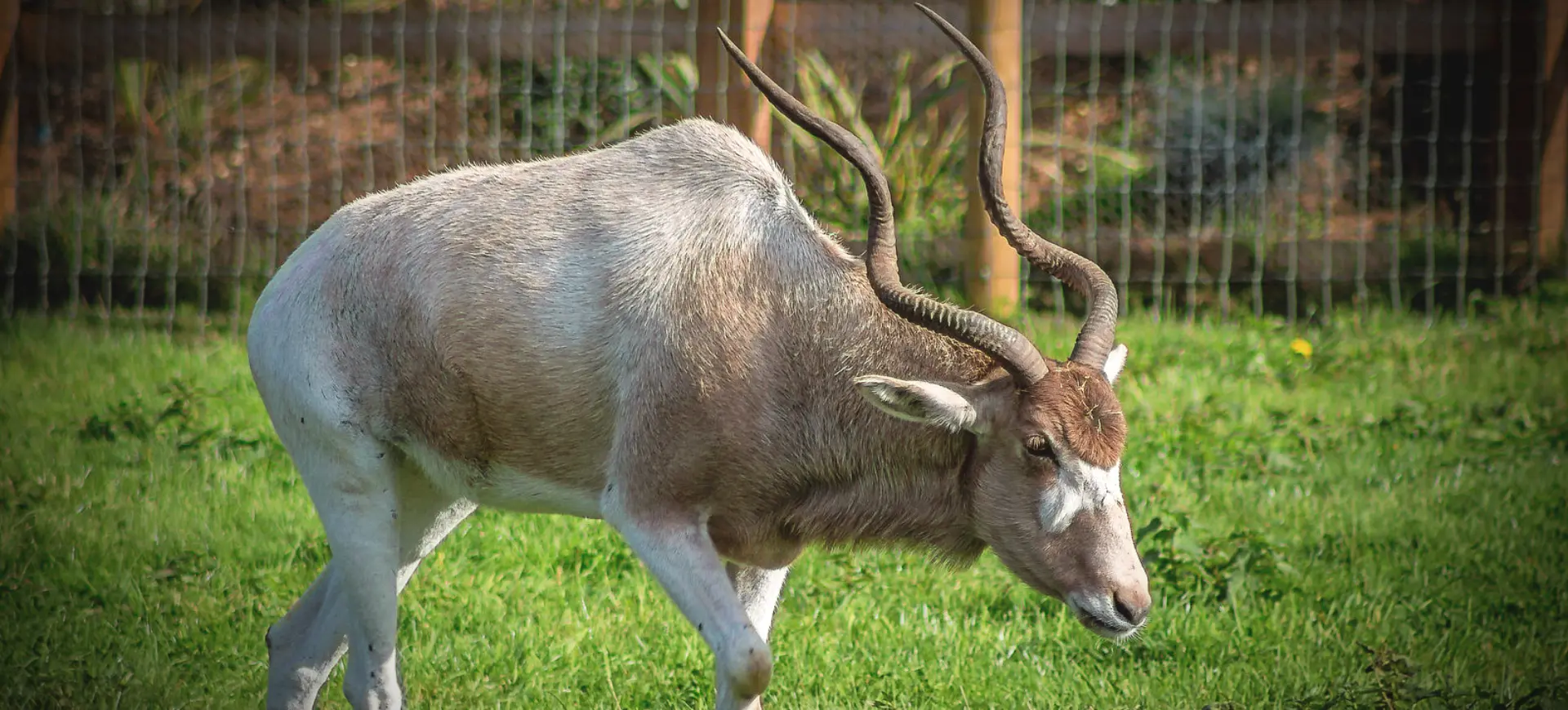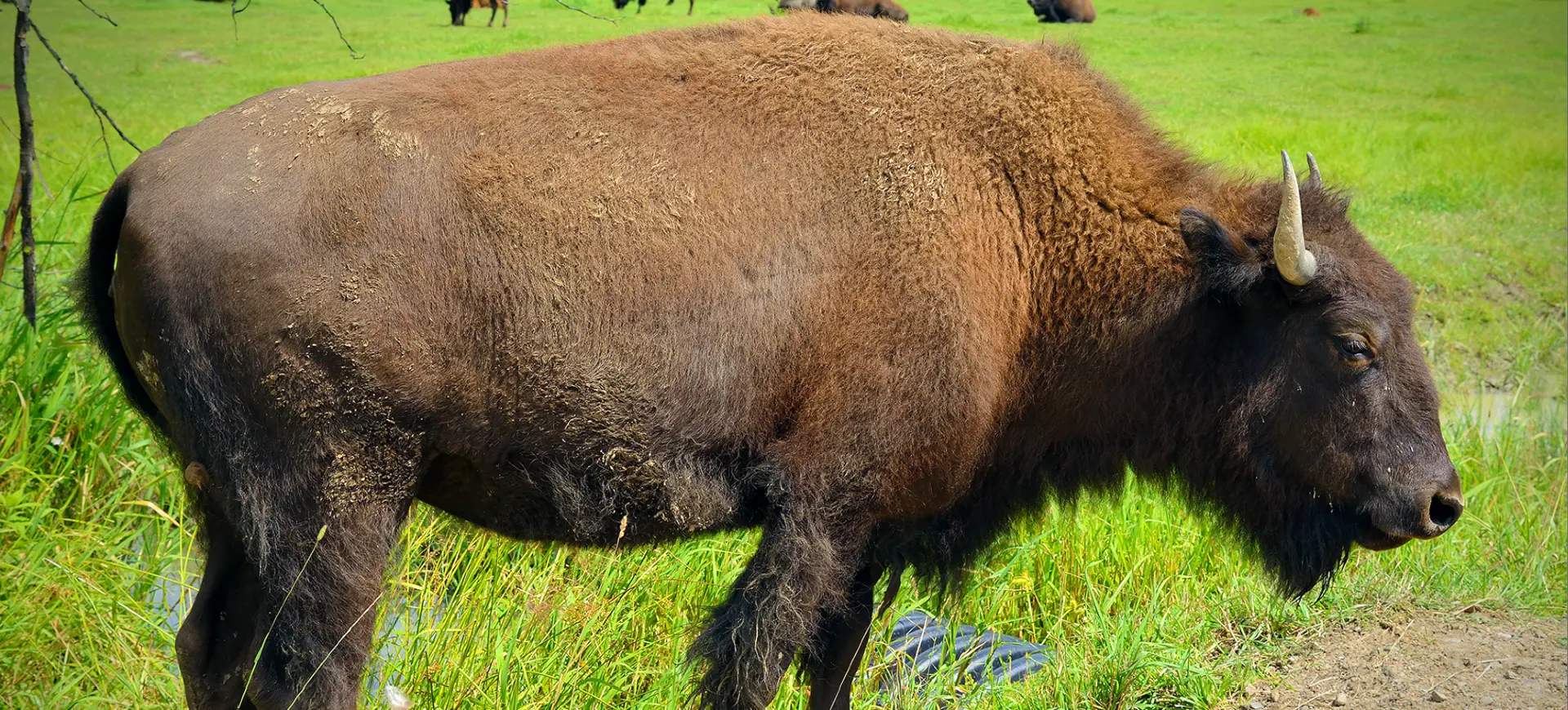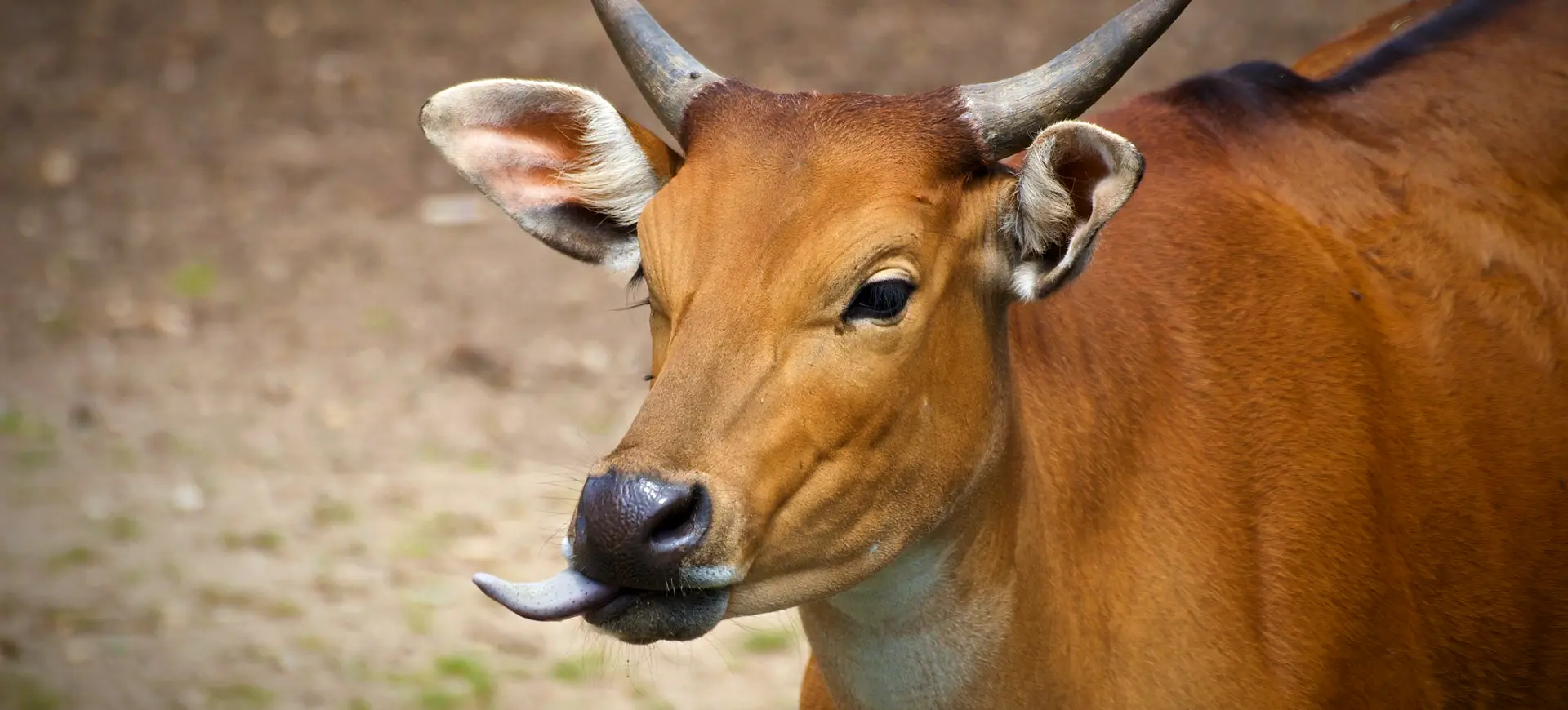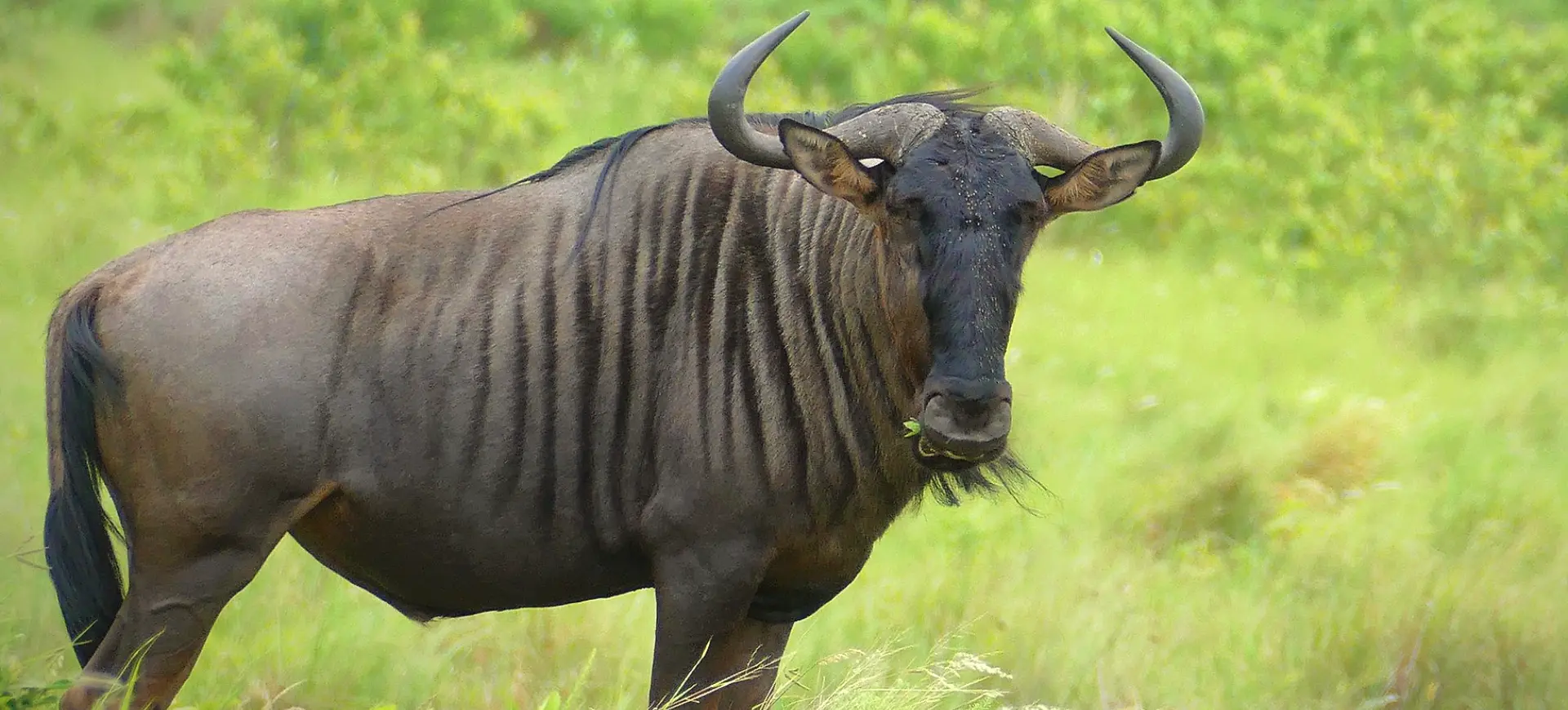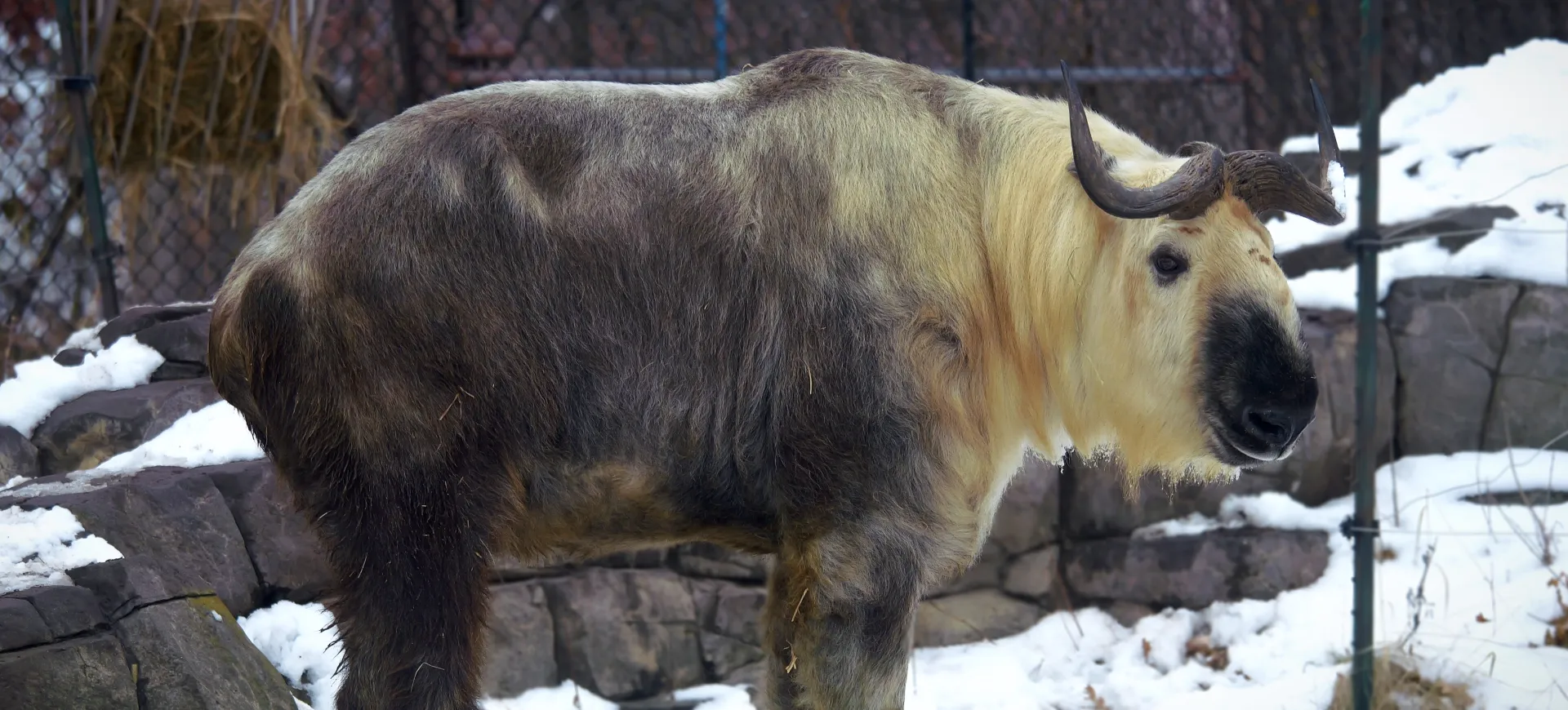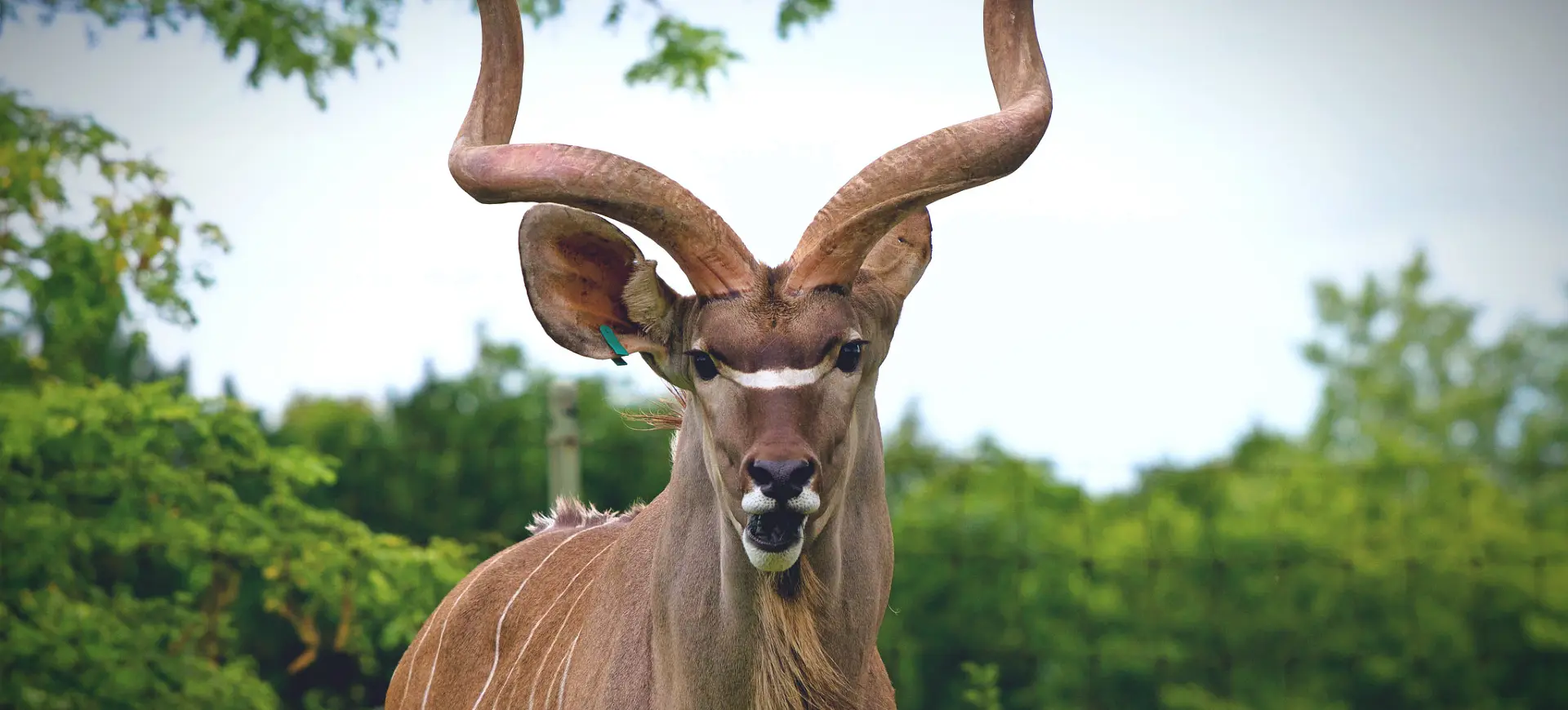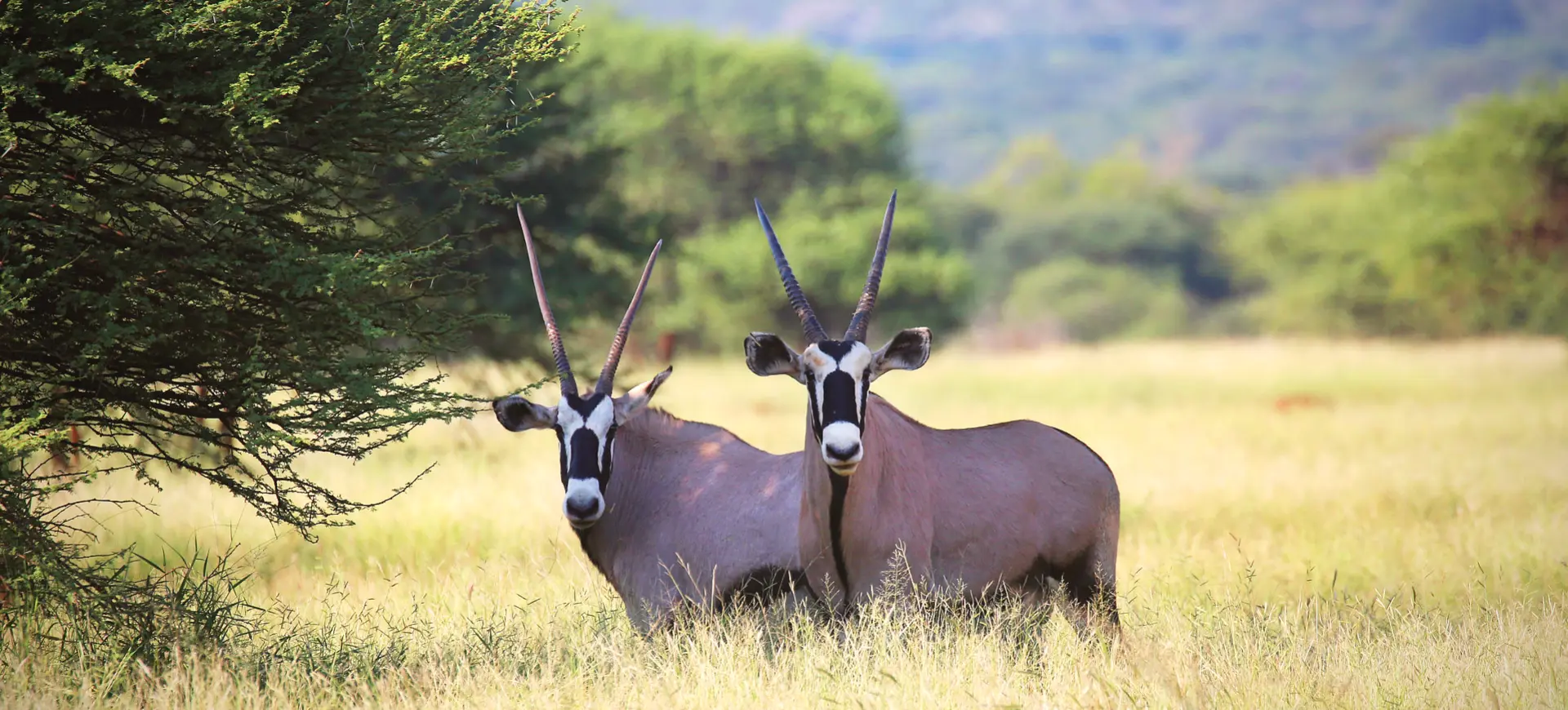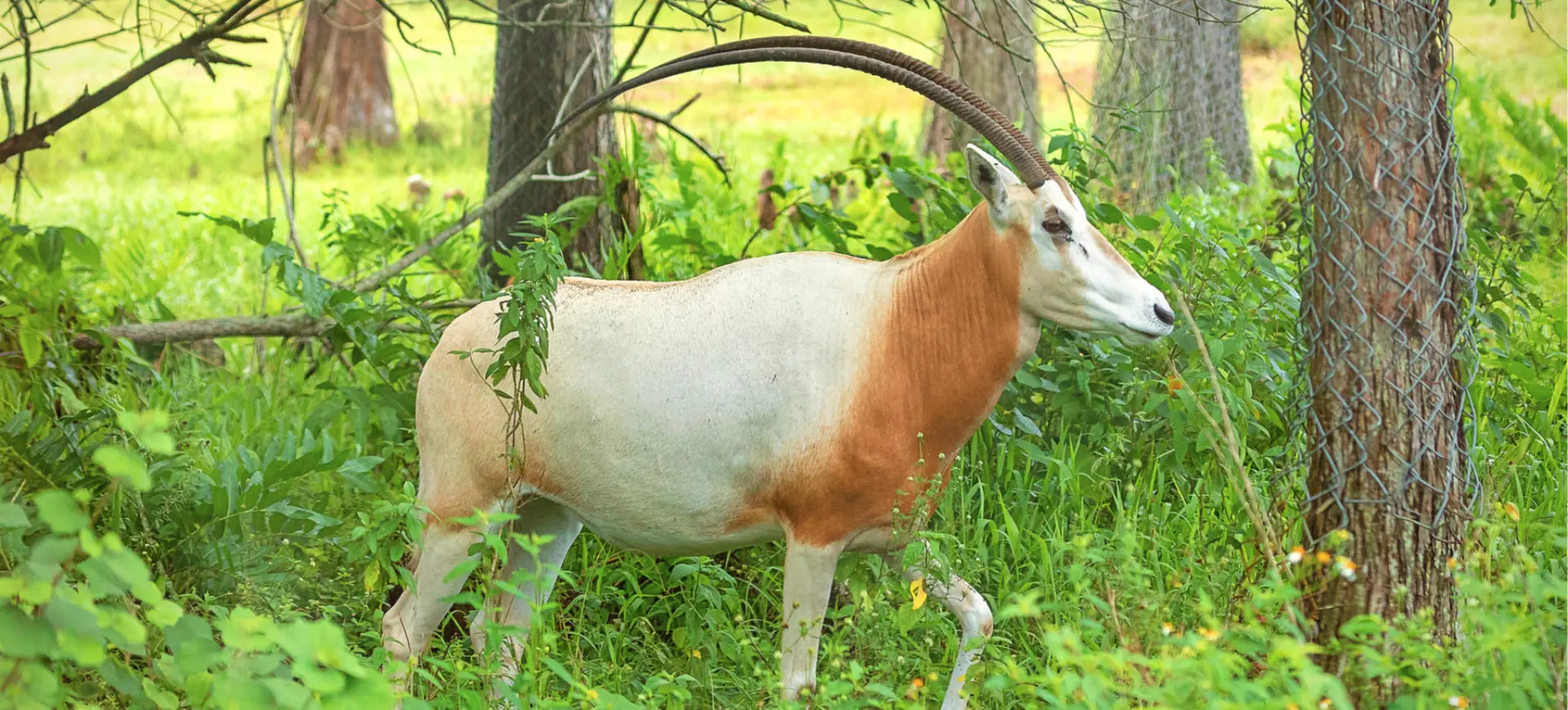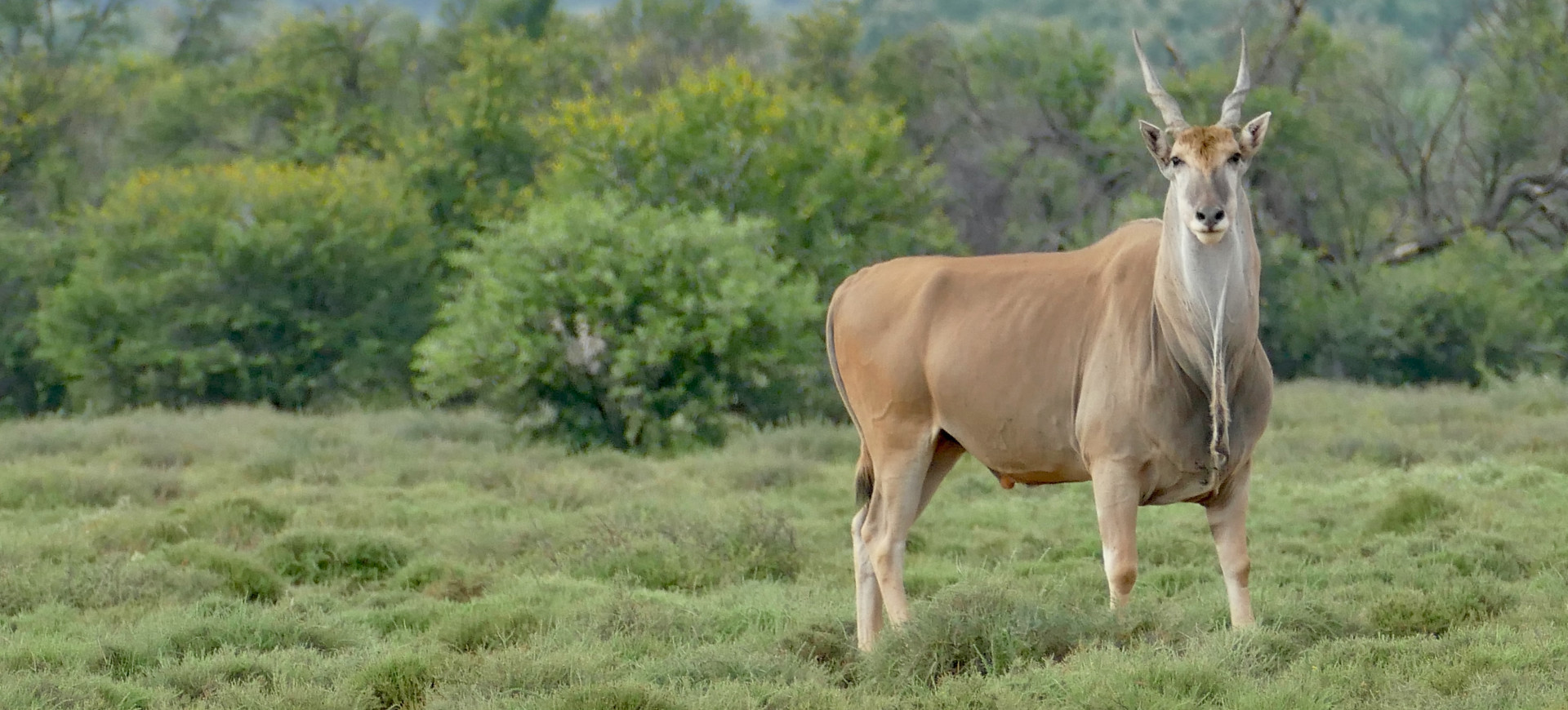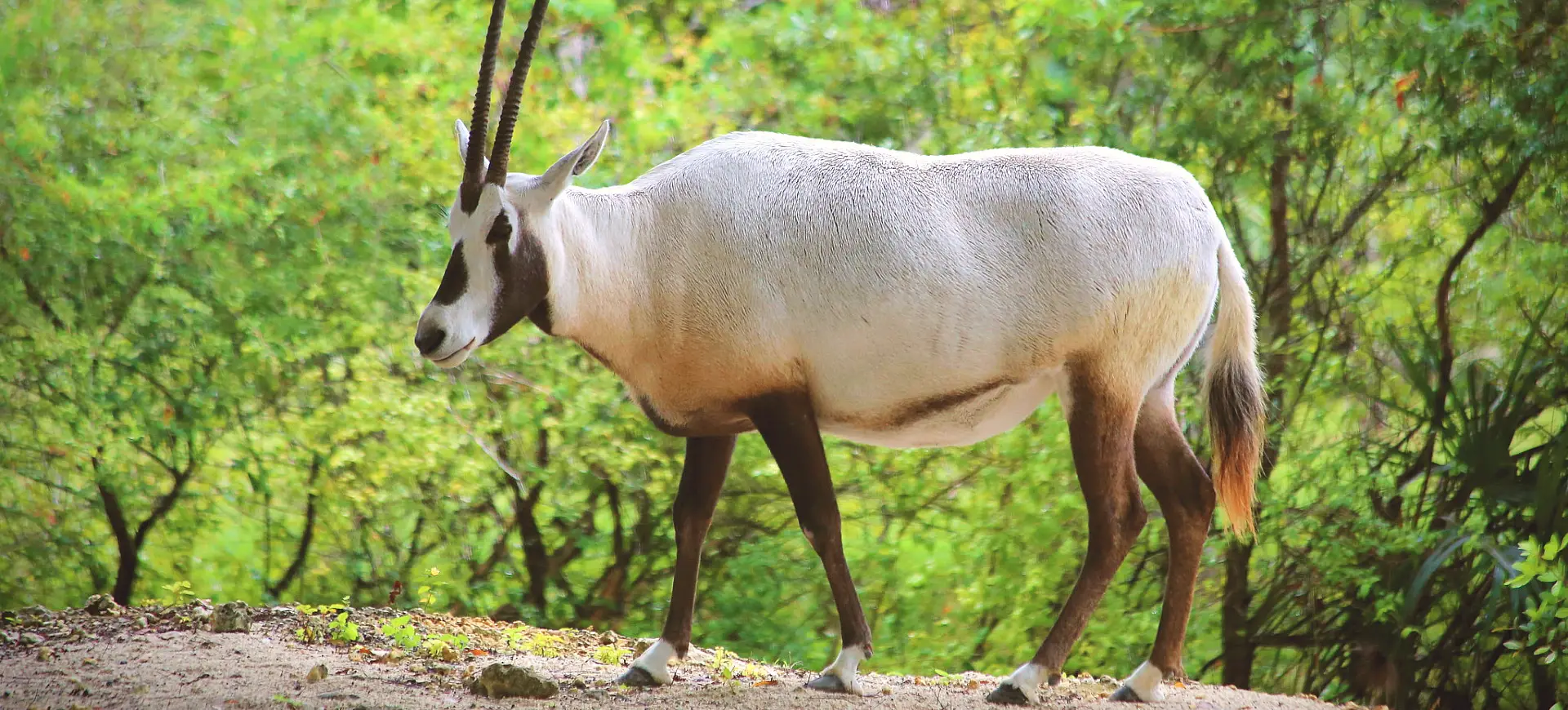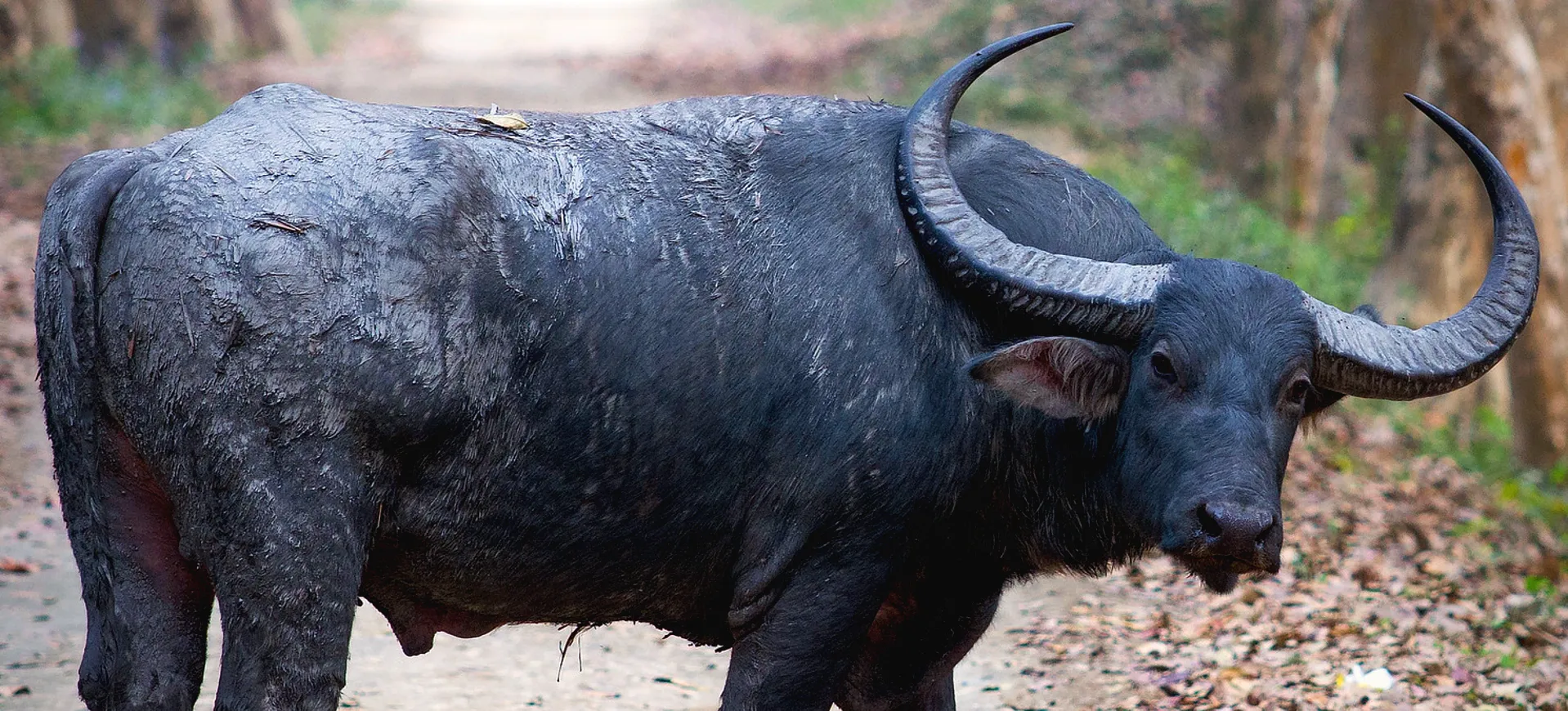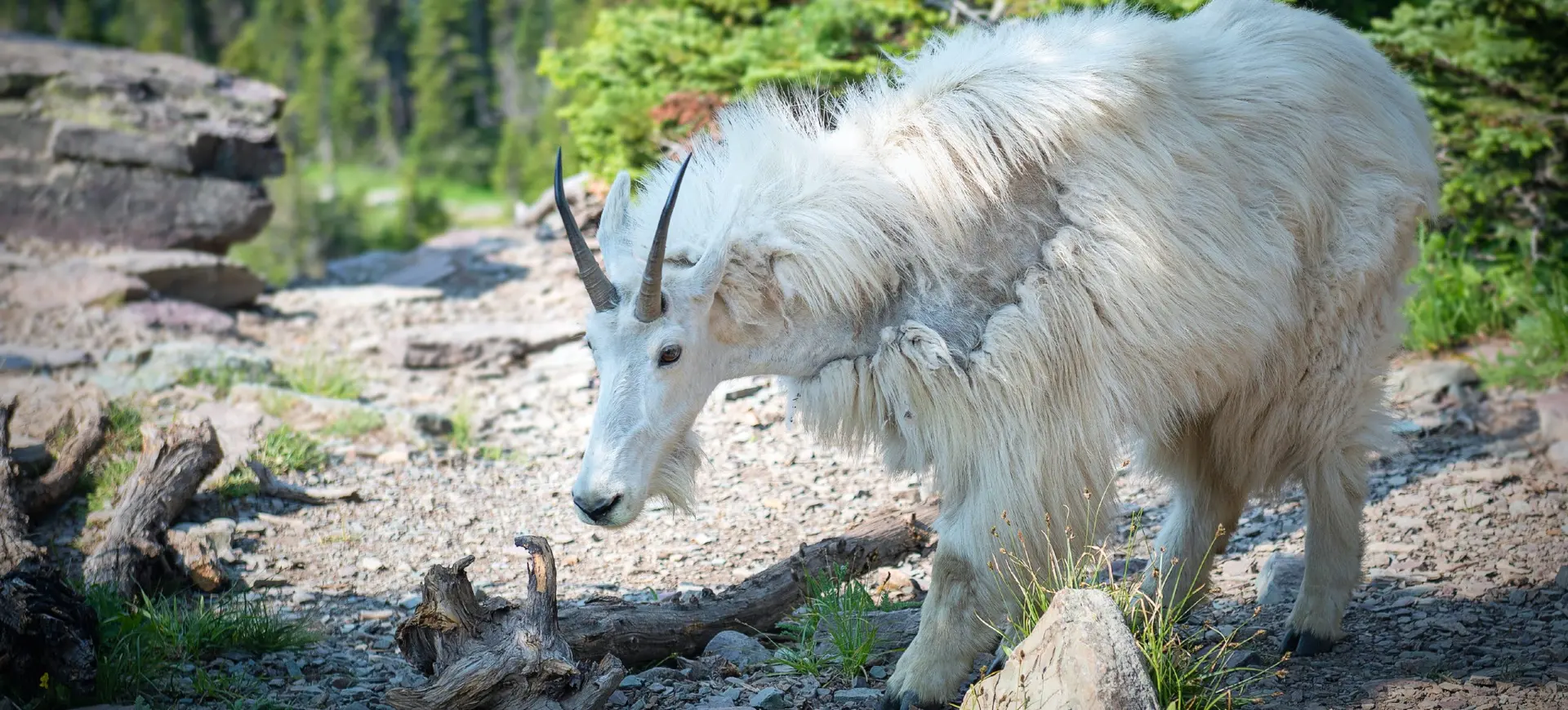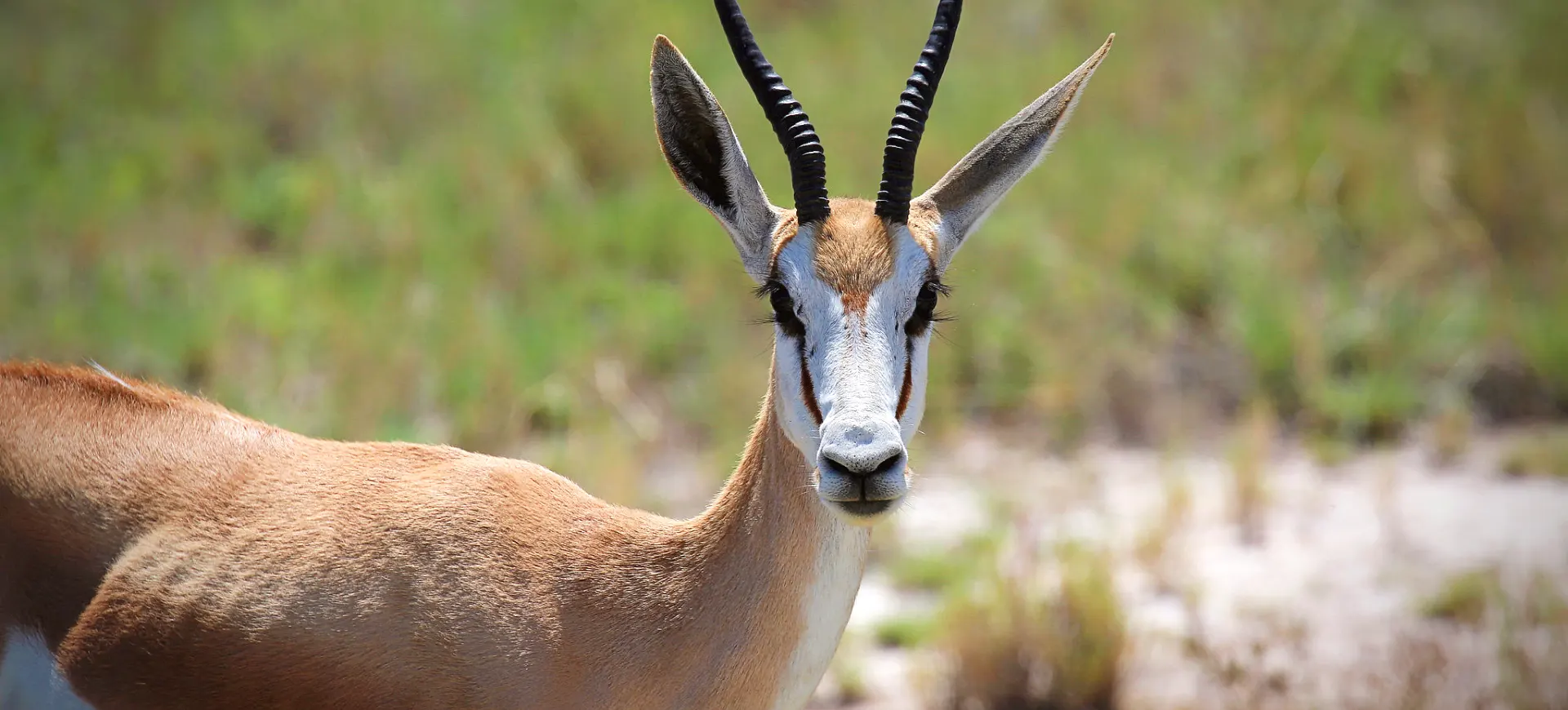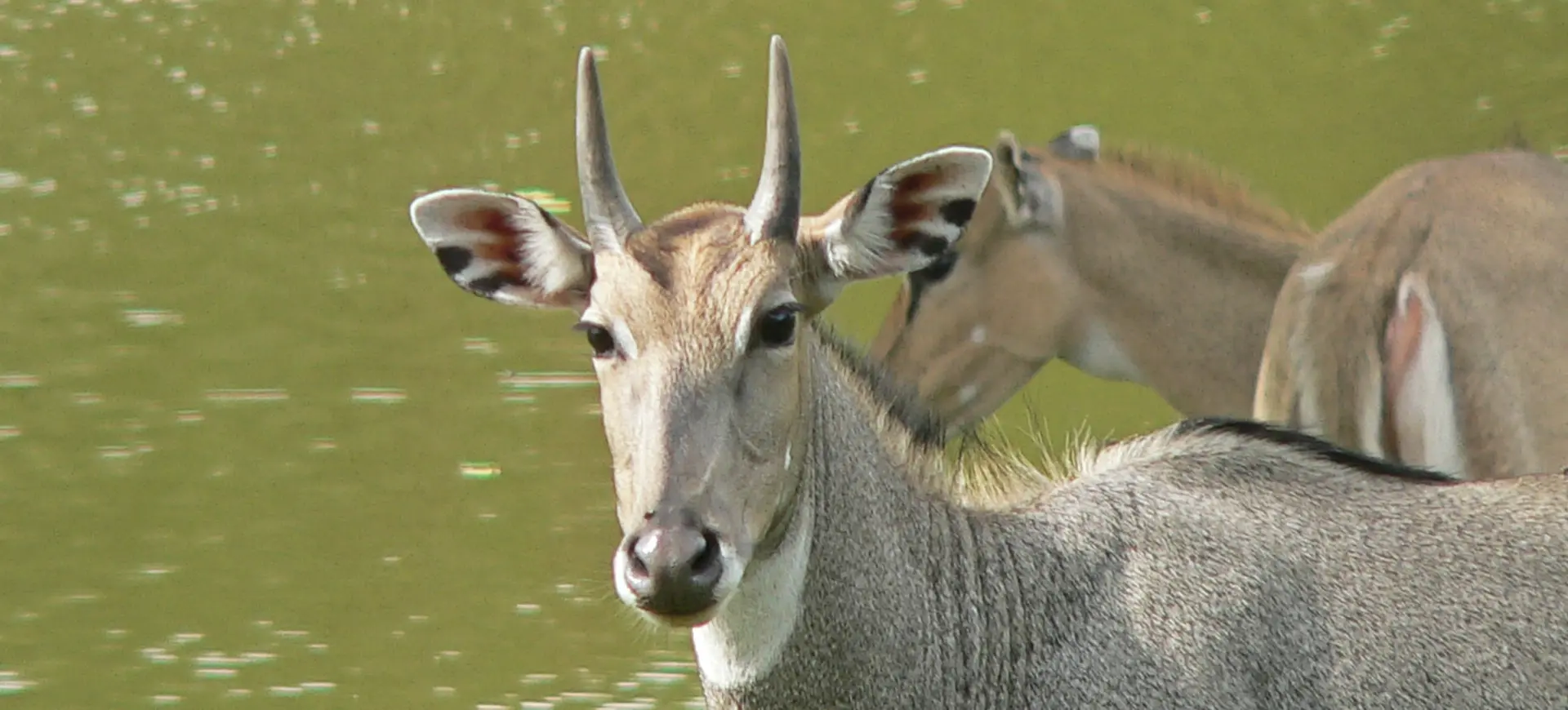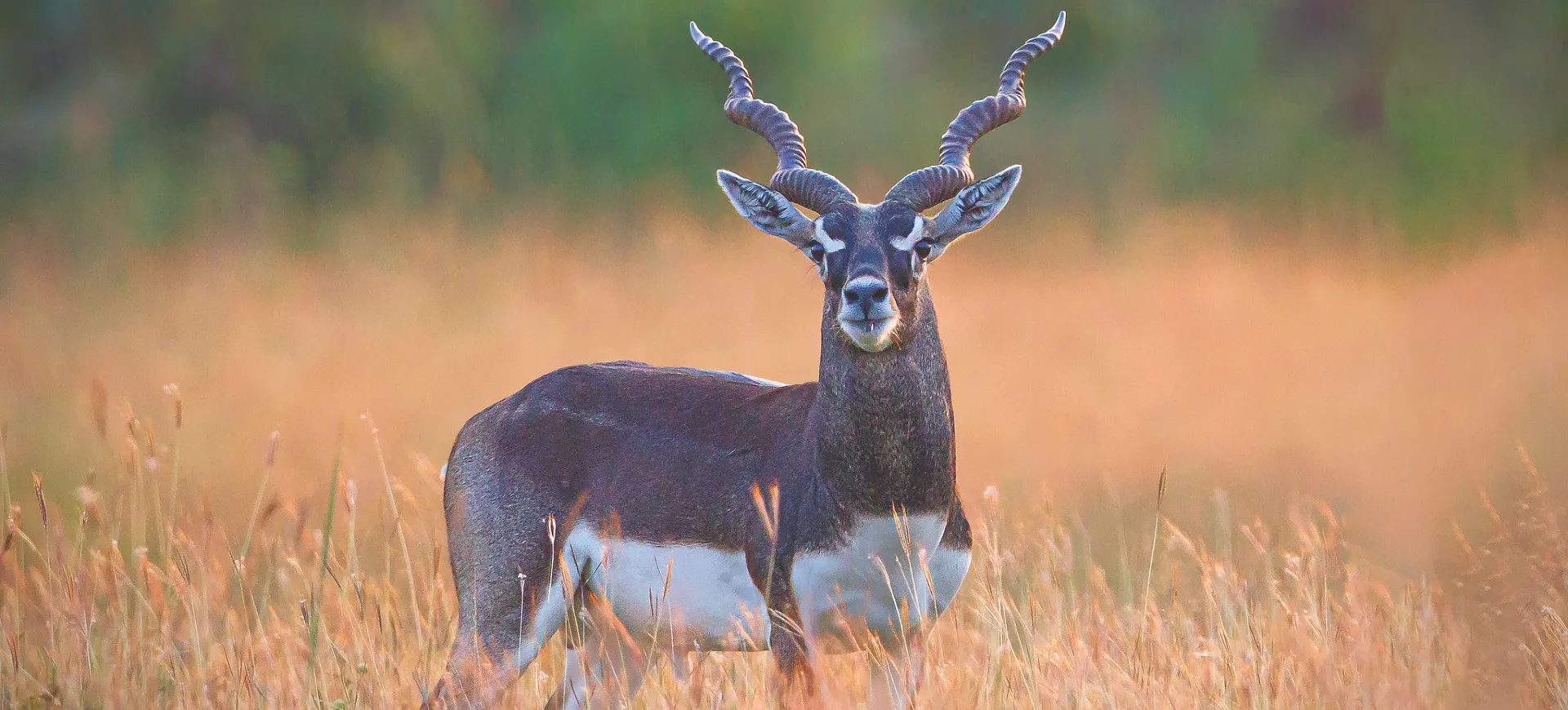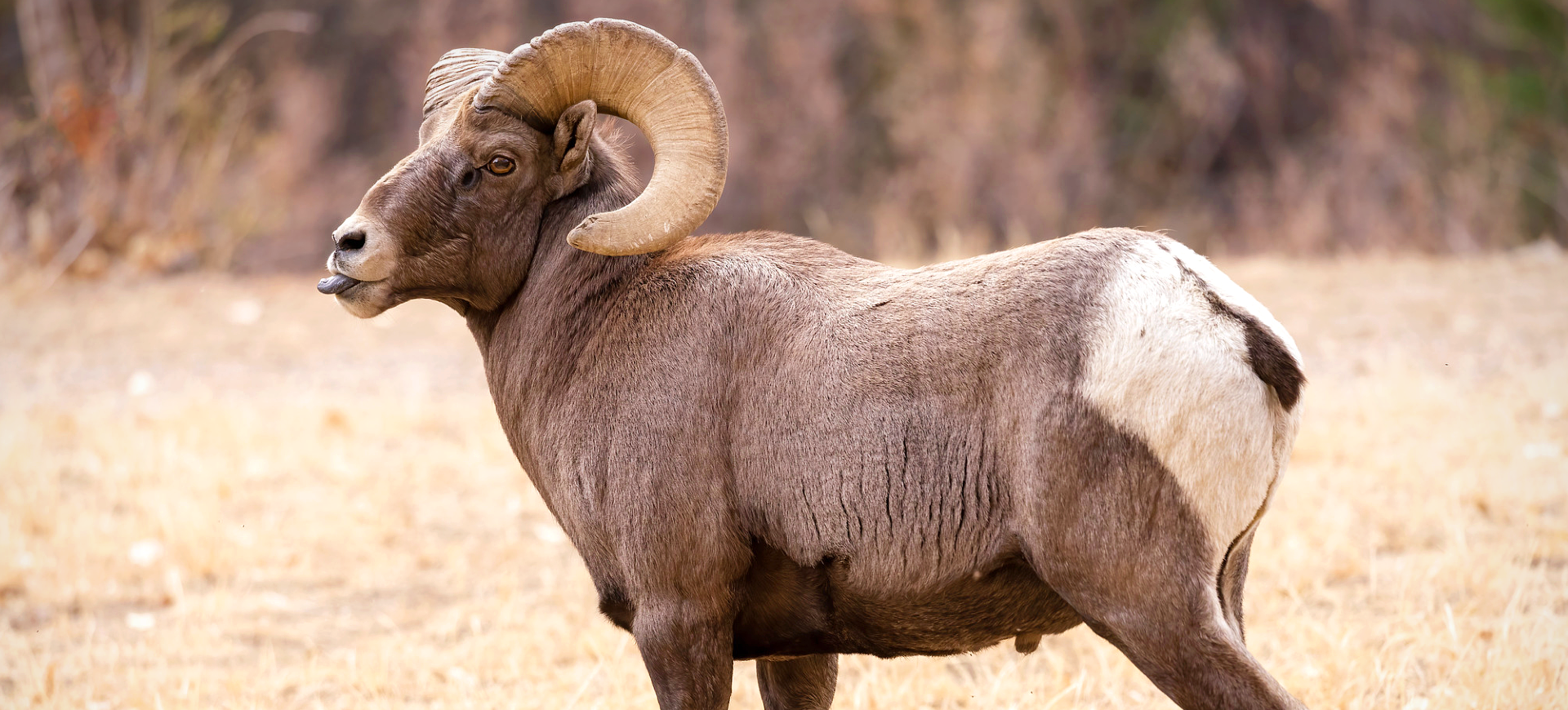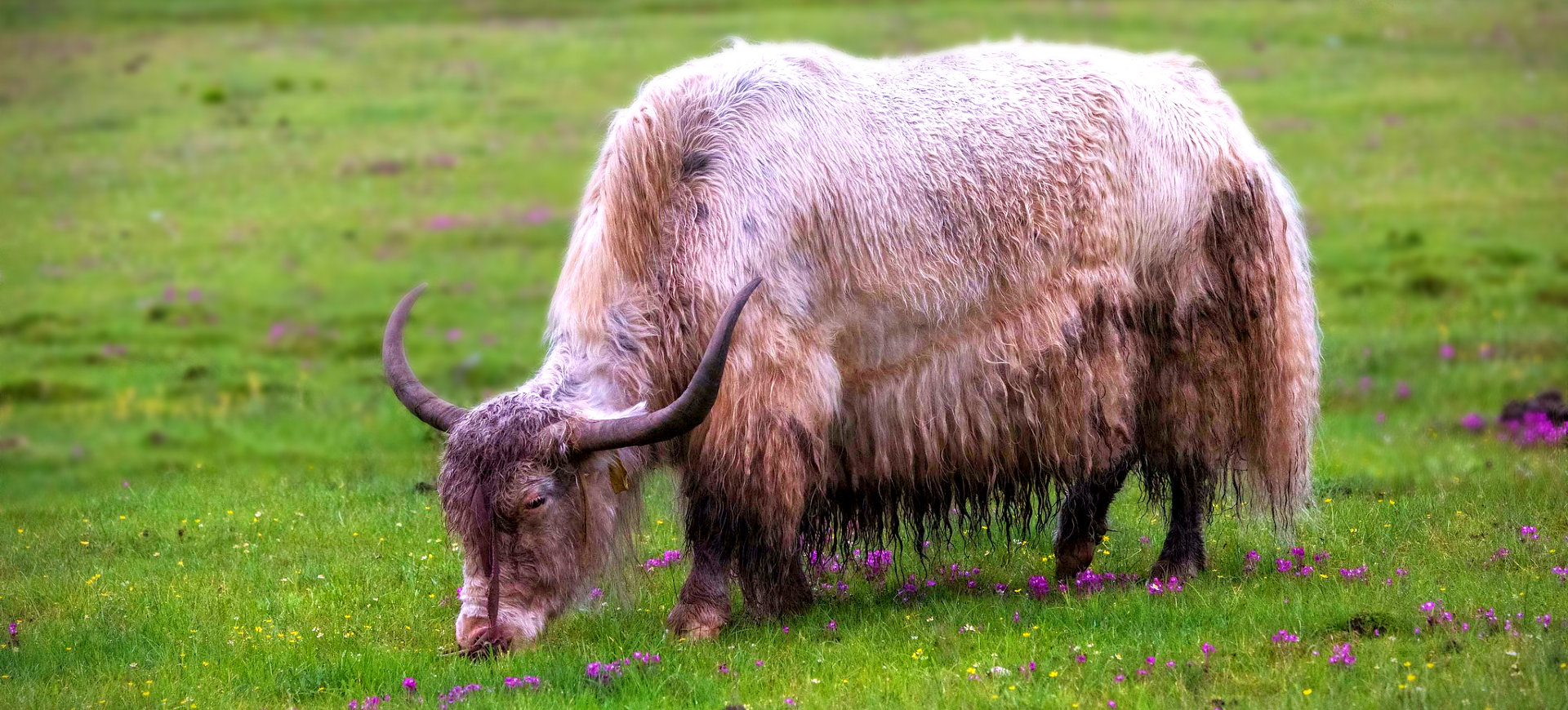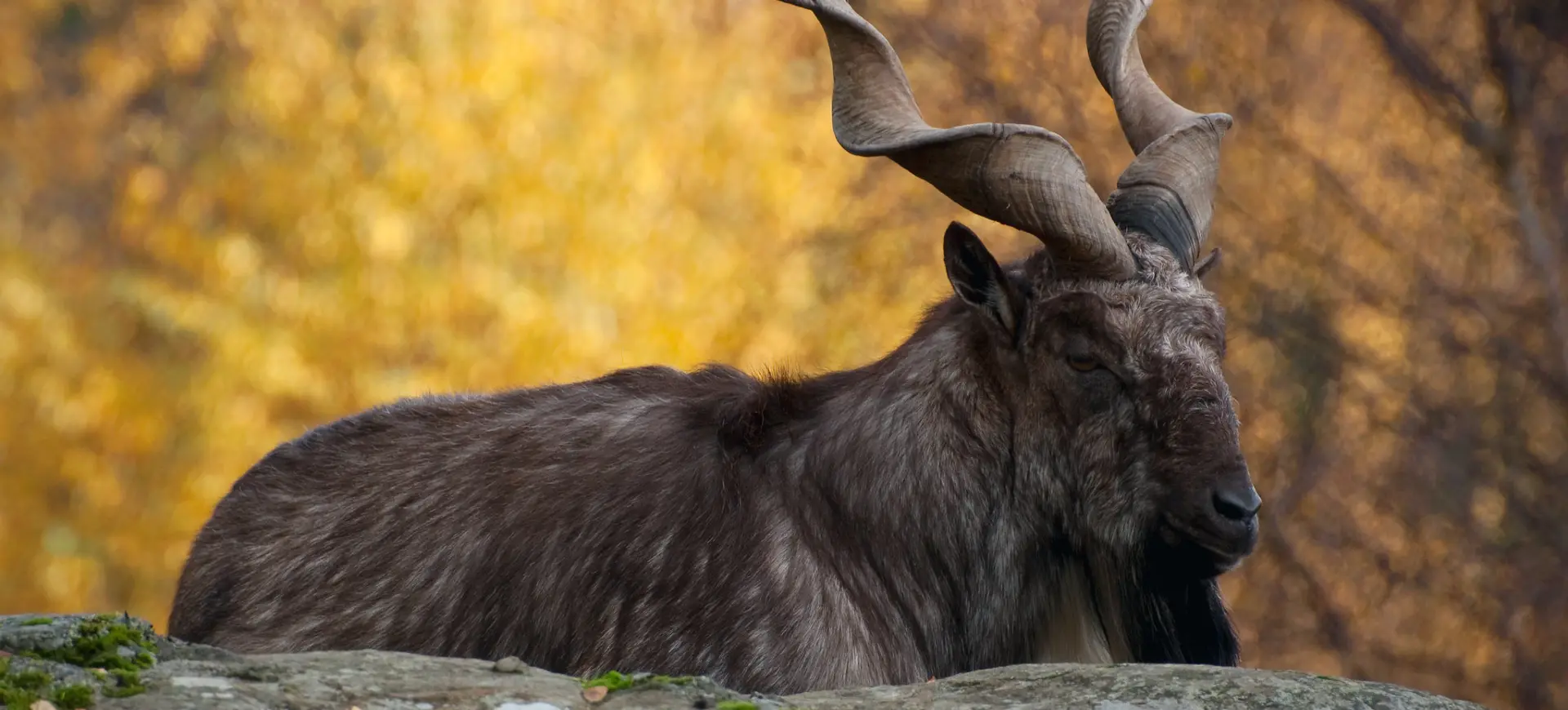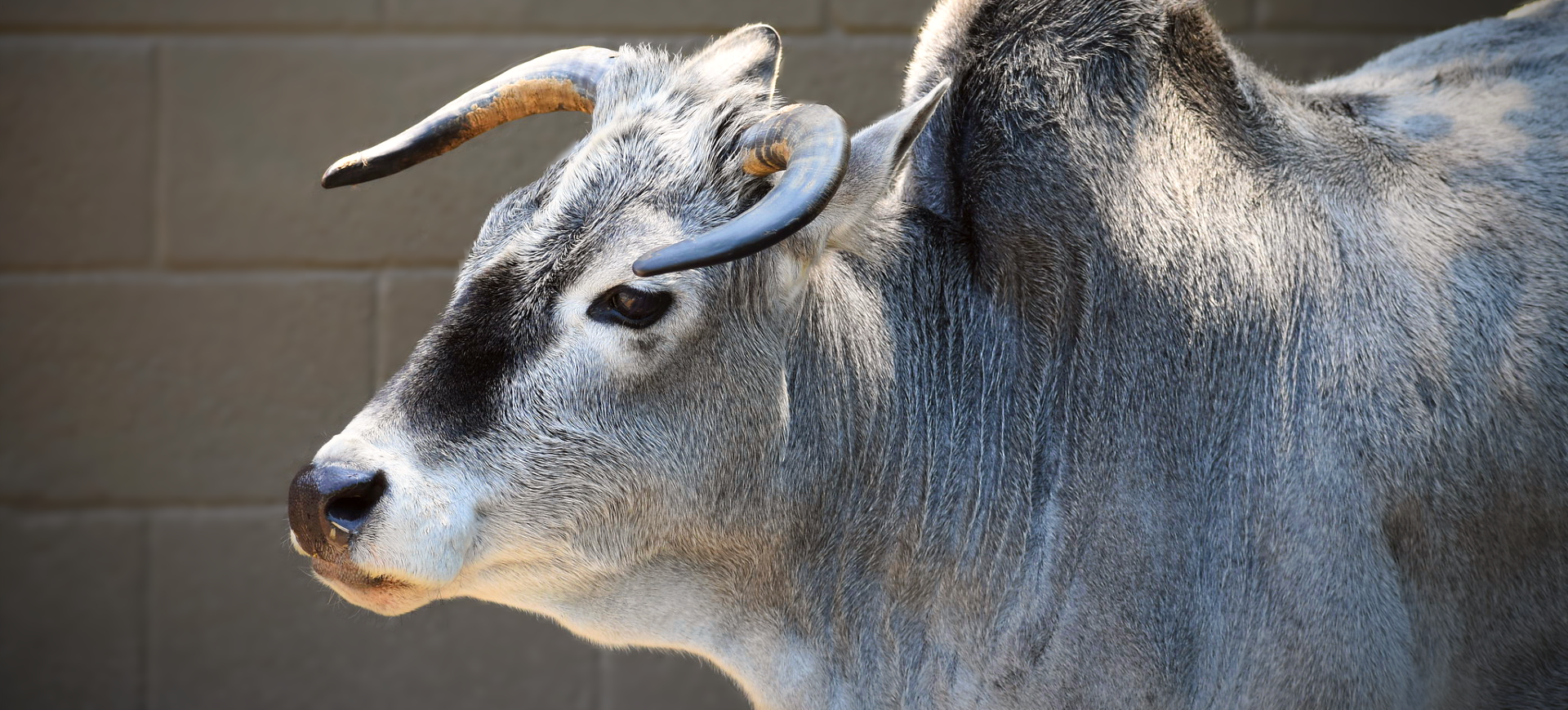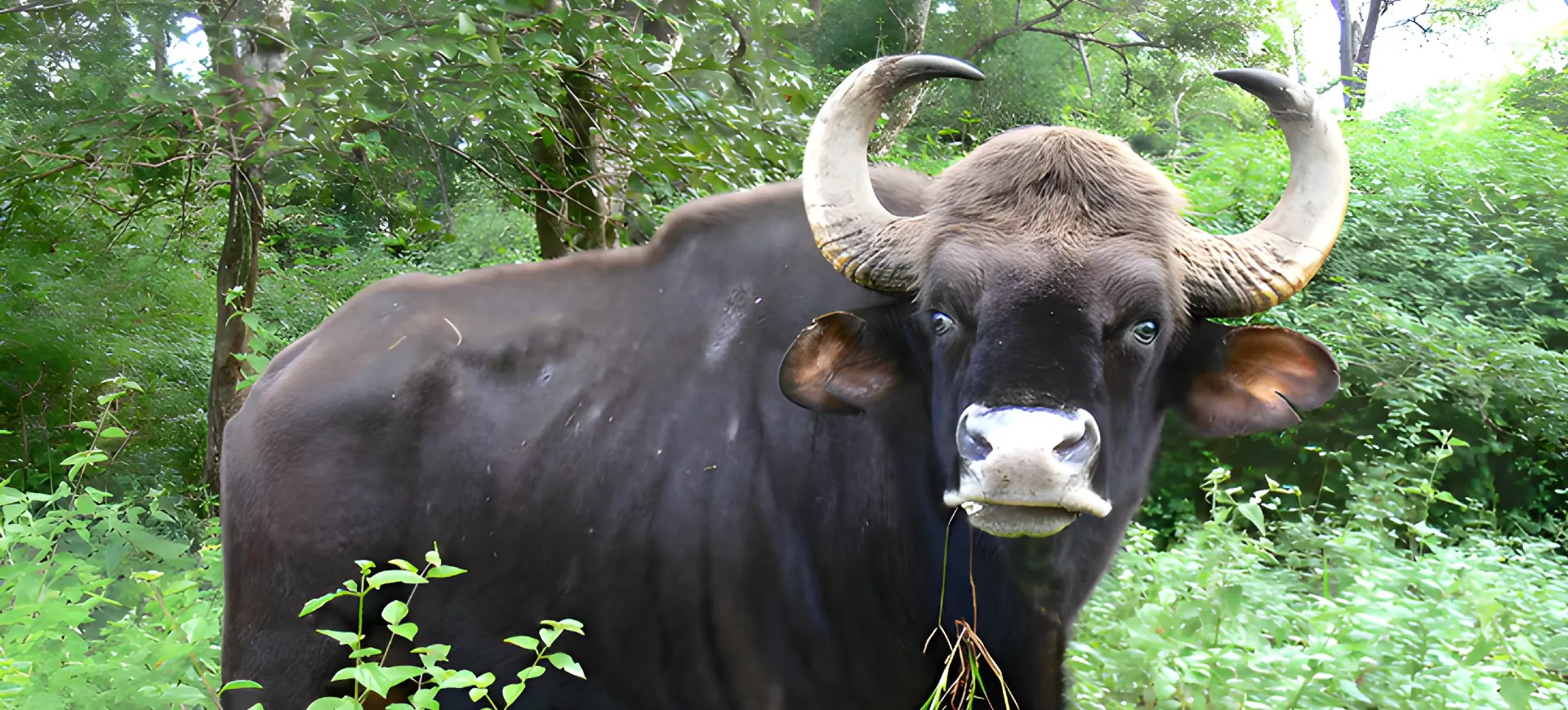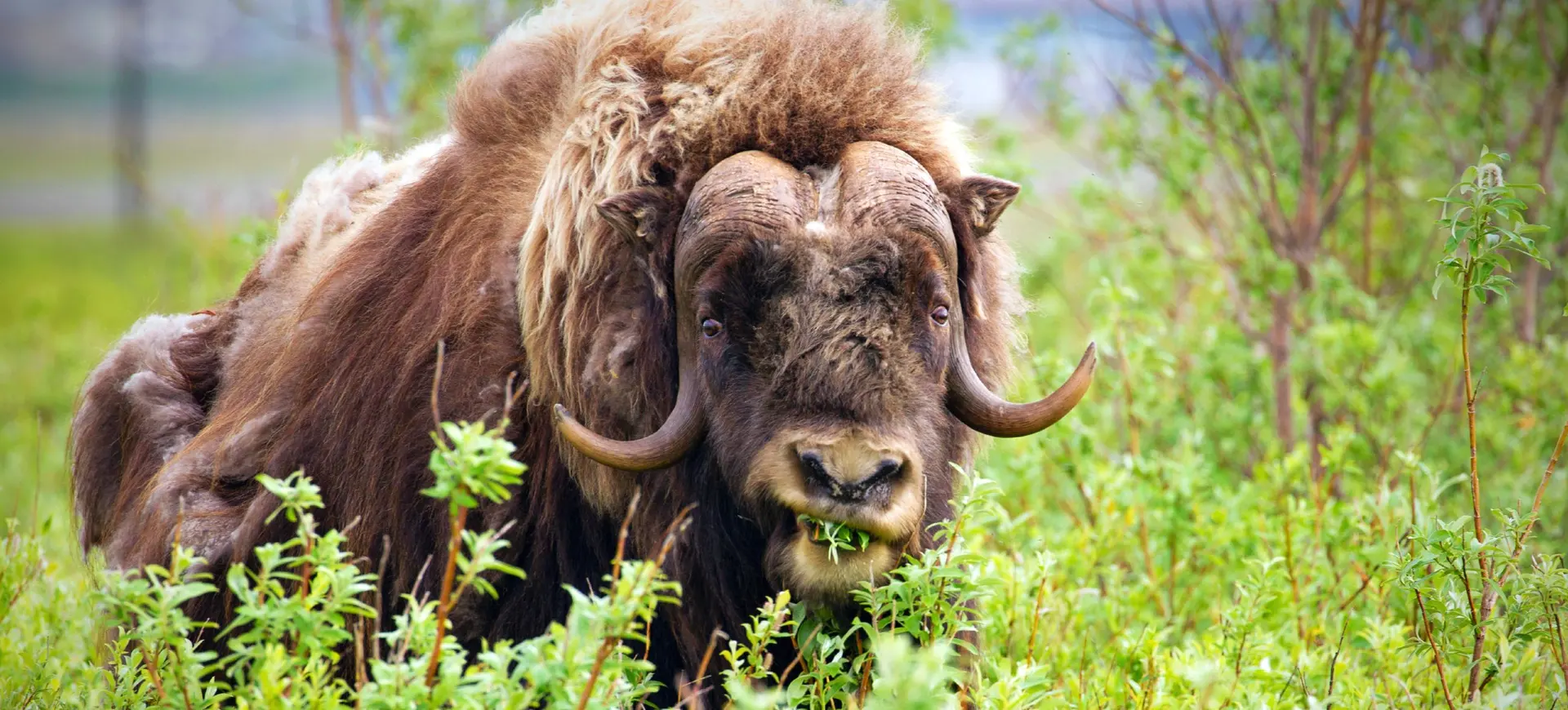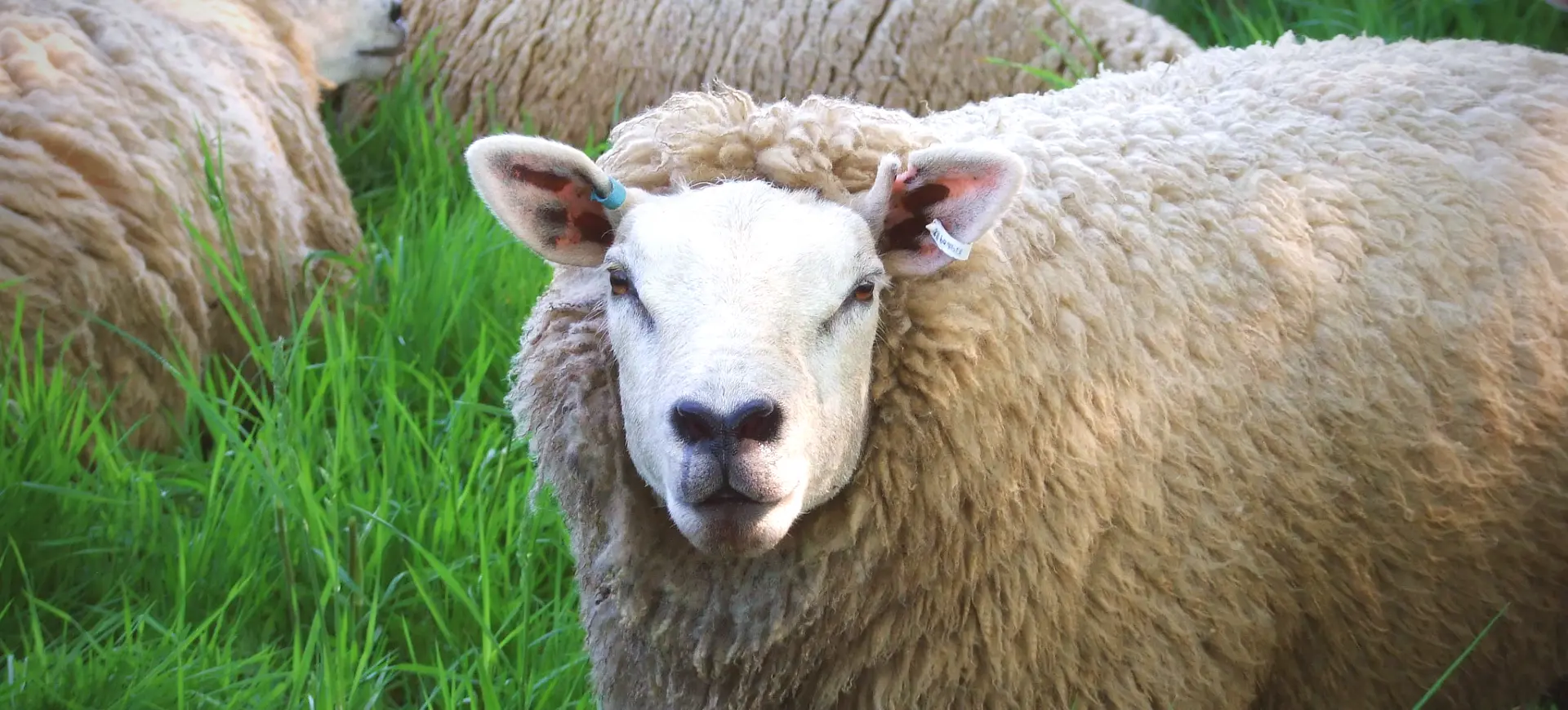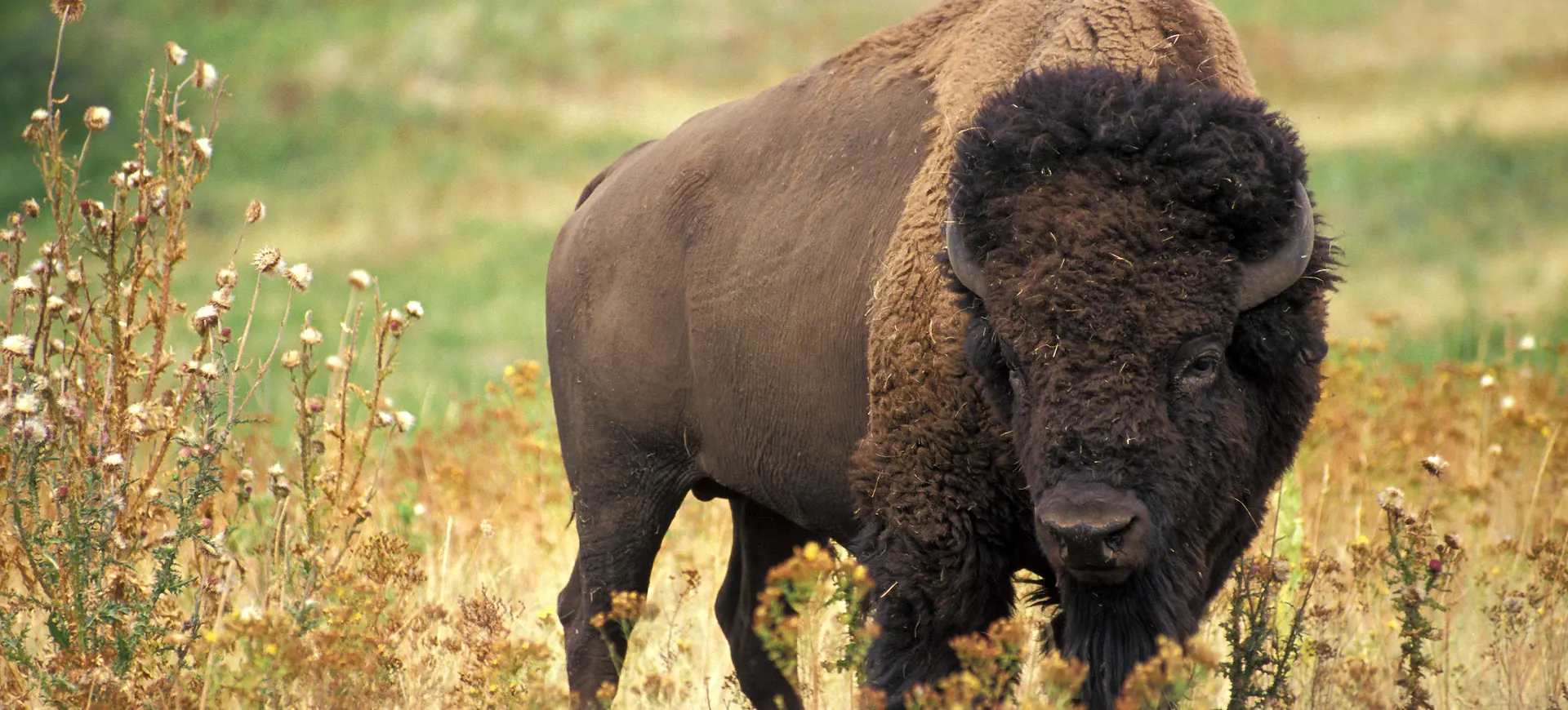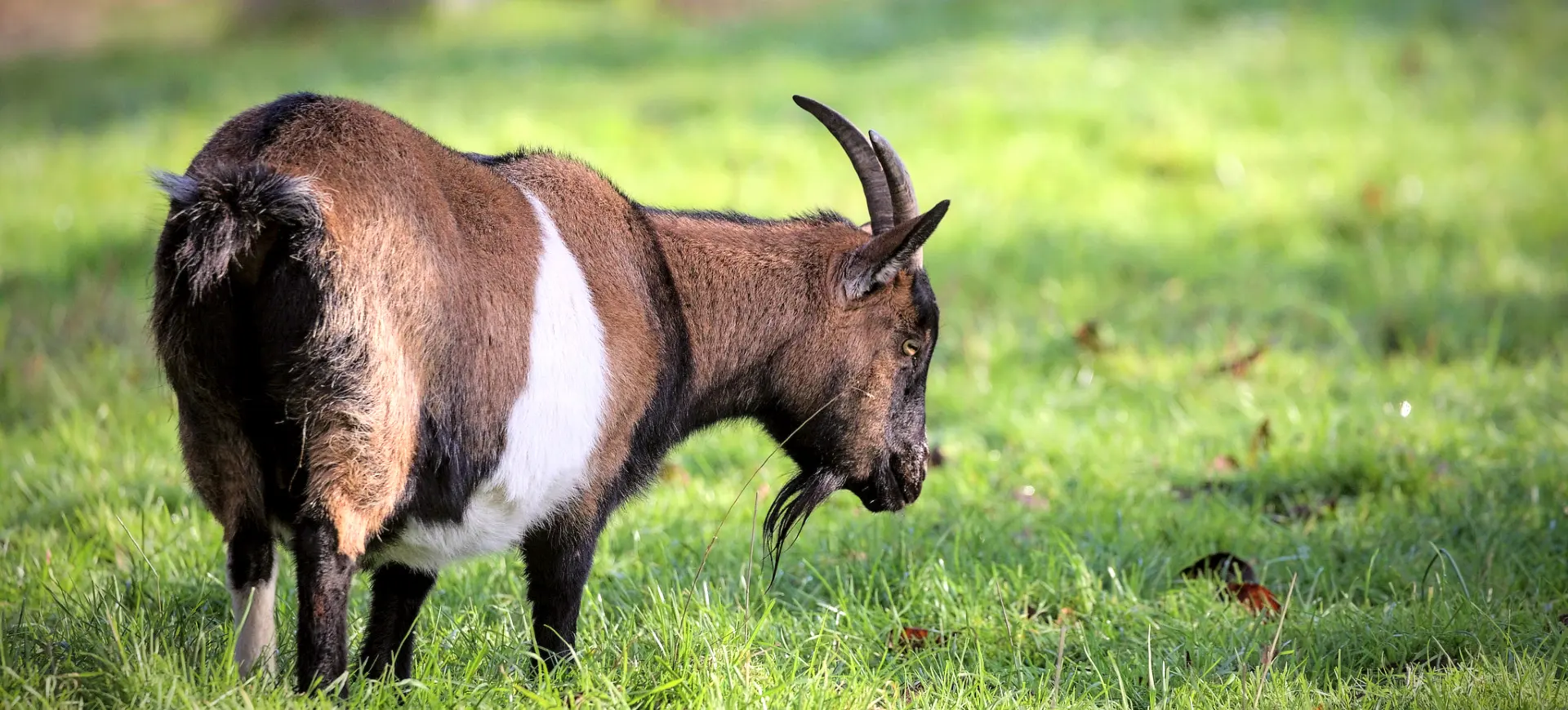Overview
The Thomson’s Gazelle is a small to medium-sized antelope native to East Africa. It is one of the most well-known gazelles and is easily recognizable by its light brown coat with distinctive black stripes running down the sides. The underbelly is white; a white patch surrounds the eyes and extends across the nose.
Known for its incredible speed and agility, the Thomson’s Gazelle can reach 40-50 mph speeds. This speed is often crucial for survival, as it is a preferred prey for many predators, including cheetahs and lions. Despite being preyed upon, the Thomson’s Gazelle has a relatively high reproduction rate, which contributes to its stable population.
The species is named after explorer Joseph Thomson and is a key species in the Serengeti ecosystem. It plays a vital role in the food chain, serving as a primary food source for several predators. The Thomson’s Gazelle is also known for its migratory behavior, often moving large herds for fresh grazing lands.
Taxonomy
Kingdom
Phylum
Class
Order
Family
Genus
Species
Sub Species
Type
Physical Description:
The Thomson’s Gazelle is a slender and agile animal with a light brown coat that provides camouflage in its native grasslands. It has a distinctive black stripe running along each side of its body, separating the brown dorsal coat from the white belly. The face features a white patch around the eyes and nose, and both males and females have medium-length, ringed horns.
Adult males typically weigh between 50-75 lbs, while females are slightly lighter, weighing between 35-55 lbs. The height at the shoulder ranges from 21 to 26 inches. The body length can vary from 35 to 47 inches. Unlike birds, Thomson’s Gazelles do not have a wingspan.

Lifespan: Wild: ~10 years || Captivity: ~15 years

Weight: Male: 50–75 lbs (23–34 kg) || Female: 35–55 lbs (16–25 kg)

Length: Male: 40–47 inches (101–119 cm) || Female: 35–40 inches (89–101 cm)

Height: Male: 24–26 inches (61–66 cm) || Female: 21–24 inches (53–61 cm)

Top Speed: 50 mph (80 km/h)
Characteristic:
Native Habitat:
Thomson’s Gazelles are native to the grasslands and savannas of East Africa. They prefer open plains with high visibility, allowing them to spot predators from a distance. The species is highly adaptable and can also be found in semi-arid areas and mountain grasslands.
The gazelles are migratory and often move large herds for fresh grazing lands. Their migration patterns are influenced by rainfall and the availability of fresh grass. They often migrate alongside other herbivores, such as wildebeests and zebras, benefiting from the additional eyes looking out for predators.
Biomes:
Biogeographical Realms:
Continents:
Diet:
Diet & Feeding Habits:
Thomson’s Gazelles primarily graze on grasses, but they also consume other vegetation types, including shrubs and herbs. They are selective feeders, choosing the most nutritious parts of plants. This selective feeding behavior allows them to maximize nutrient intake, essential for their high-energy lifestyle.
The species is well-adapted to the arid conditions of the African savannas and can go for long periods without water. They obtain most of their moisture from the plants they eat, although they will drink water when it is available. This ability to extract moisture from food is a crucial adaptation for survival in their native habitat.
Mating Behavior:
Mating Description:
The Thomson’s Gazelle has a polygynous mating system, where dominant males establish territories and mate with multiple females. Males mark their territories with scent glands and defend them aggressively against rivals. During the mating season, males perform various displays, including high jumps and loud vocalizations, to attract females.
Females give birth to a single fawn after a gestation period of about five to six months. The fawn is usually hidden in tall grass for the first few weeks of life, where the mother returns periodically to nurse it. After about a month, the fawn joins the mother and becomes part of a larger herd. The young are weaned at around three months but may continue associating with the mother for longer.
Reproduction Season:
Birth Type:
Pregnancy Duration:
Female Name:
Male Name:
Baby Name:
Social Structure Description:
Thomson’s Gazelles are social animals that typically live in herds, although the composition and size of these herds can vary. During the wet season, they often form large mixed-sex herds, including hundreds of individuals. These large herds usually disperse into smaller groups during the dry season, consisting mainly of females and their young.
Males establish and defend territories, especially during the mating season. These territories are marked with scent glands and are defended aggressively against rival males. Social hierarchies are established through displays and fights, although these are usually not fatal. The social structure allows for efficient use of resources and provides some protection against predators.
Groups:
Conservation Status:
Population Trend:
Thomson’s Gazelles are currently listed as “Least Concern” by the IUCN due to their stable population and wide distribution. They are one of the most common gazelles in East Africa and are particularly abundant in protected areas. Their high reproductive rate and adaptability have contributed to their resilience against various environmental pressures.
Despite their stable status, the species faces habitat loss and fragmentation threats, primarily due to agricultural expansion and human settlements. Poaching is also a concern, although it is less significant than habitat loss. Ongoing conservation efforts aim to protect their habitat and mitigate human-wildlife conflicts.
Population Threats:
The primary threats to Thomson’s Gazelles are habitat loss and fragmentation, mainly due to agricultural expansion and human settlements. Overgrazing by livestock is another concern, as it reduces food availability. In some areas, the species also faces threats from poaching for meat and hides.
Climate change poses an additional threat, as it could alter the gazelles’ native habitats and affect their migration patterns. Changes in precipitation could lead to reduced availability of fresh grazing lands, impacting their survival. However, their adaptability and high reproductive rate provide some resilience against these threats.
Conservation Efforts:
Conservation efforts for Thomson’s Gazelles primarily focus on habitat preservation and sustainable land management. Several national parks and reserves within their range provide safe habitats where the species can thrive. Anti-poaching measures, including increased surveillance and stricter law enforcement, are also in place to protect the gazelles.
Community-based conservation initiatives are increasingly being implemented to involve local communities in protecting the species. These programs aim to provide alternative livelihoods to reduce livestock grazing and agriculture dependency, thereby mitigating habitat loss. Education and awareness-raising are also key components of conservation strategies.
Additional Resources:
Fun Facts
- Thomson’s Gazelles can reach speeds of up to 50 mph.
- They are named after the Scottish explorer Joseph Thomson.
- The species is known for its “stotting” behavior, a series of high jumps performed when threatened.
- Thomson’s Gazelles have a keen sense of hearing and sight, which helps them detect predators.
- They can go for long periods without water, obtaining moisture from the plants they eat.
- The gazelles are a key species in the Serengeti ecosystem.
- They often migrate alongside wildebeests and zebras.
- Thomson’s Gazelles have a polygynous mating system.
- They are one of the most common gazelles in East Africa.
- The species plays a vital role in the food chain, serving as prey for several predators.








